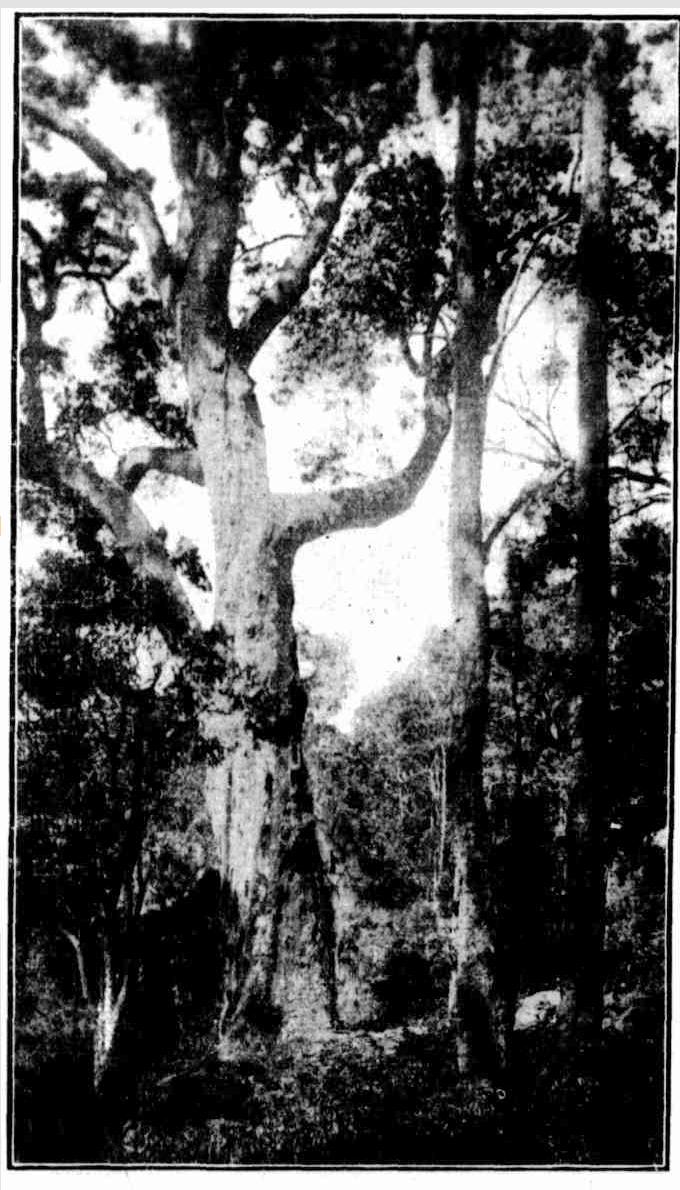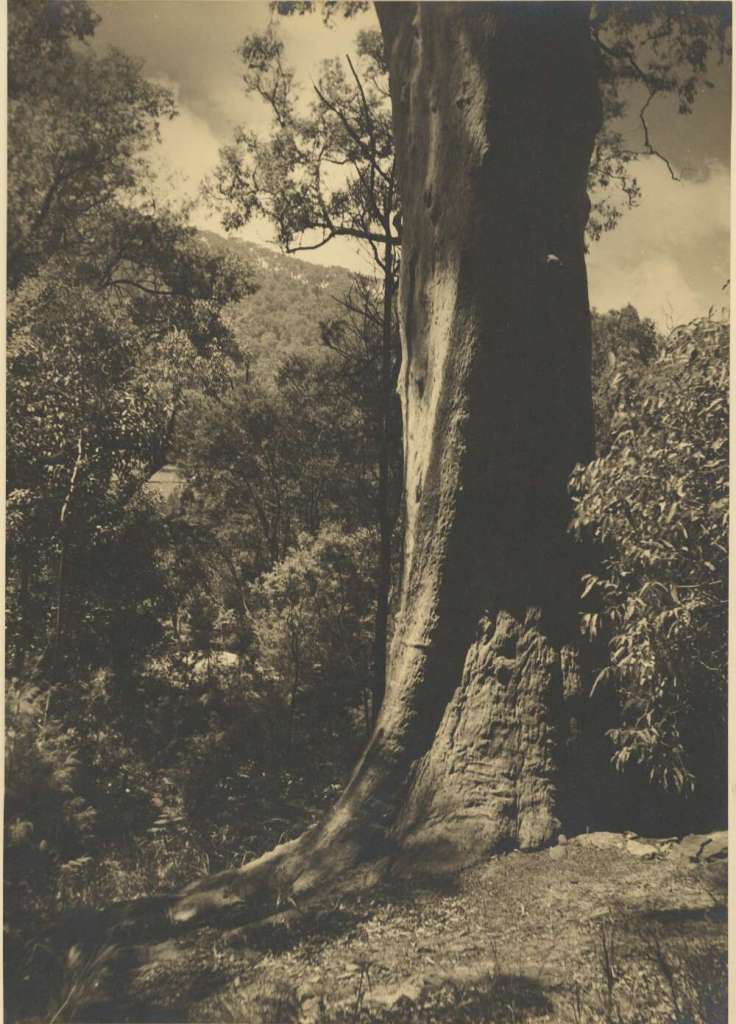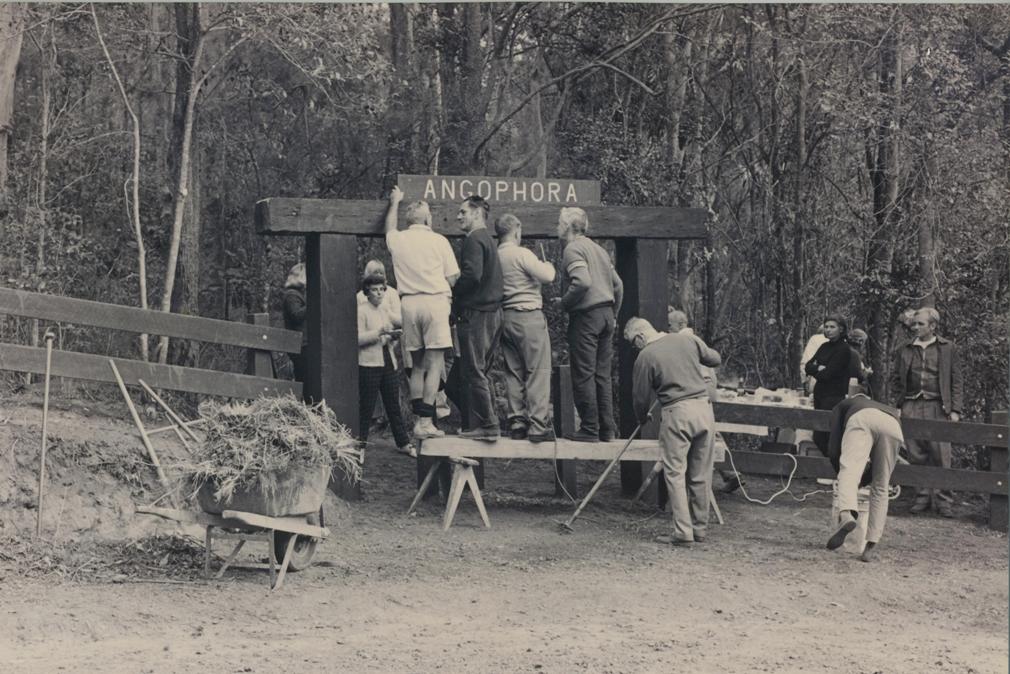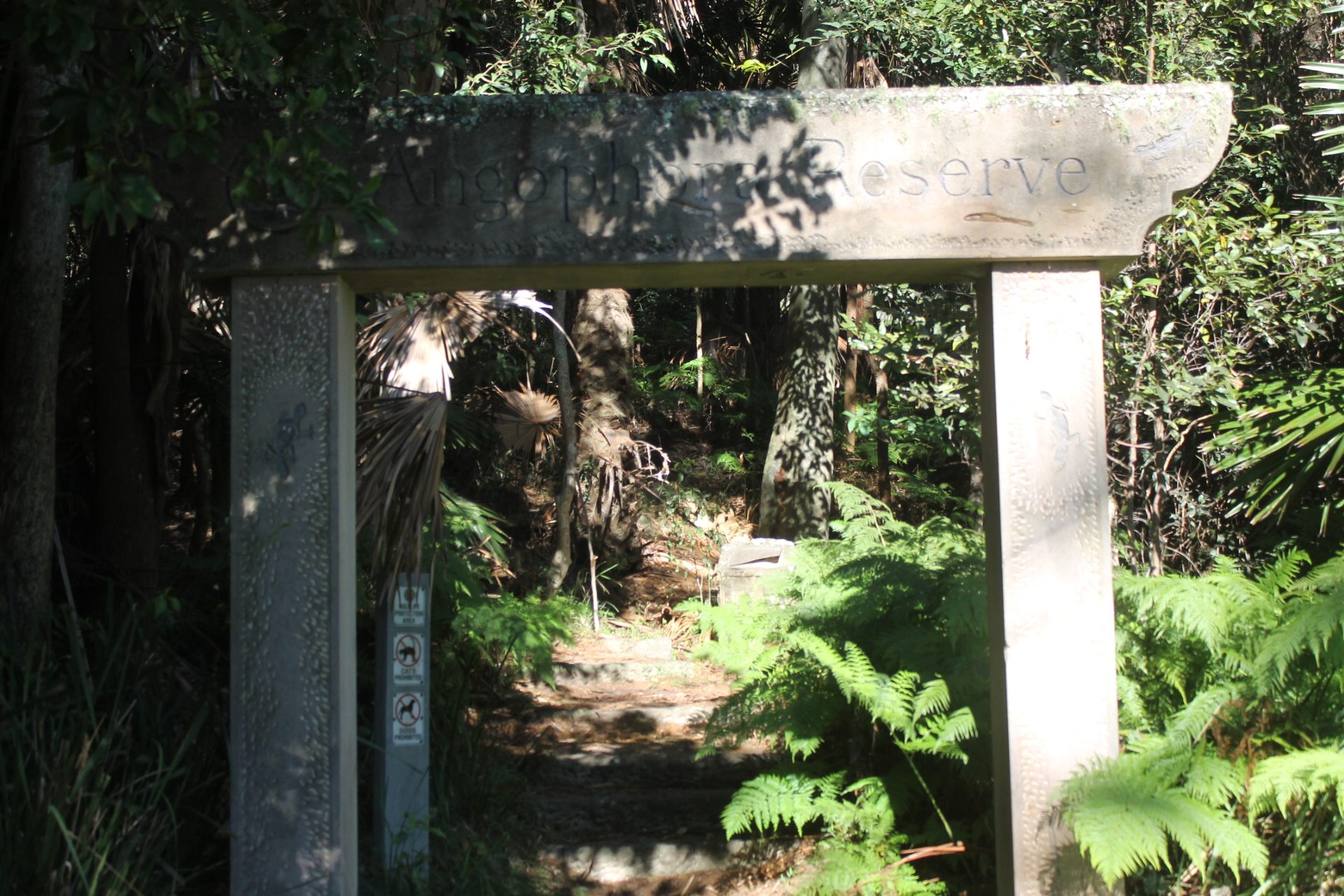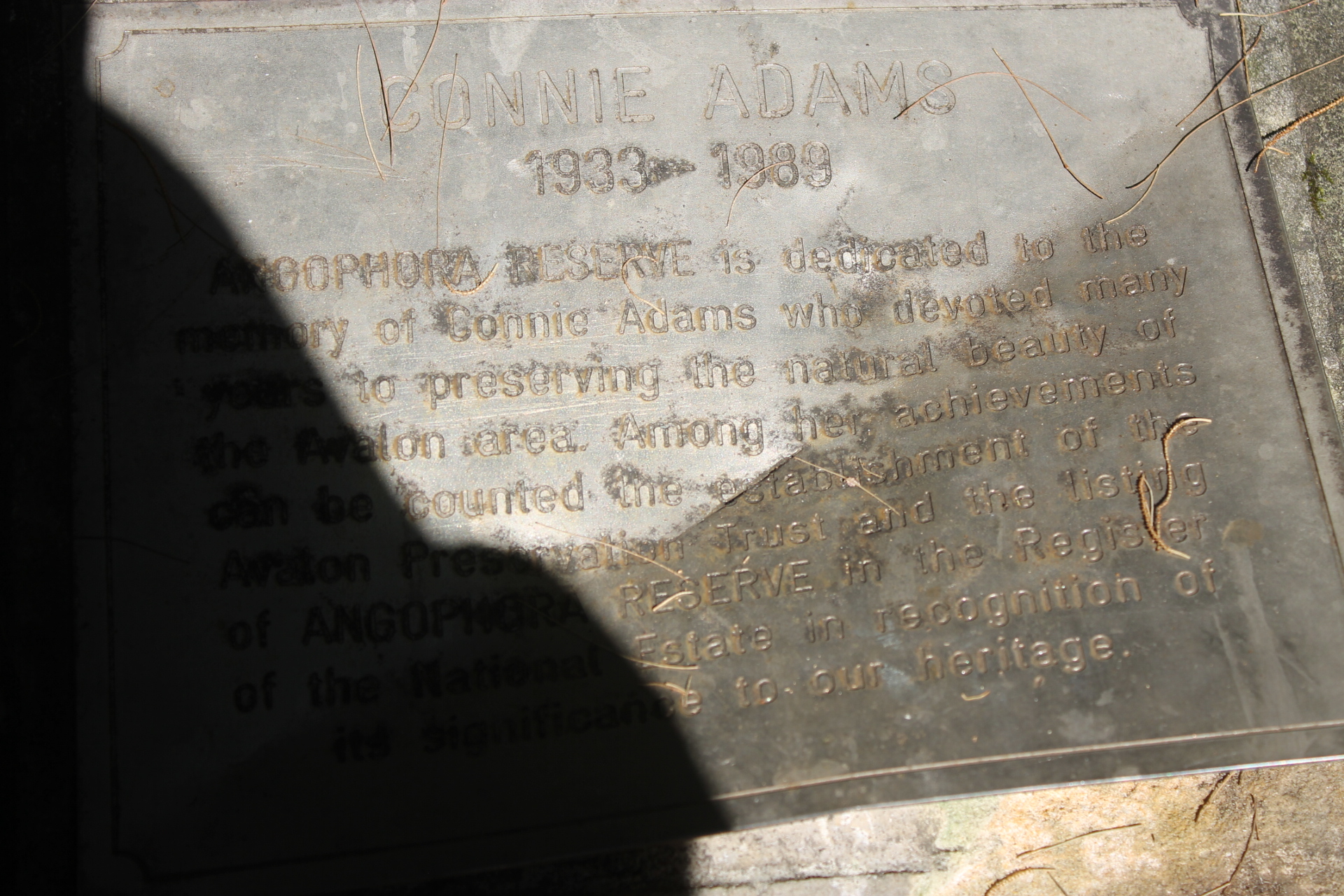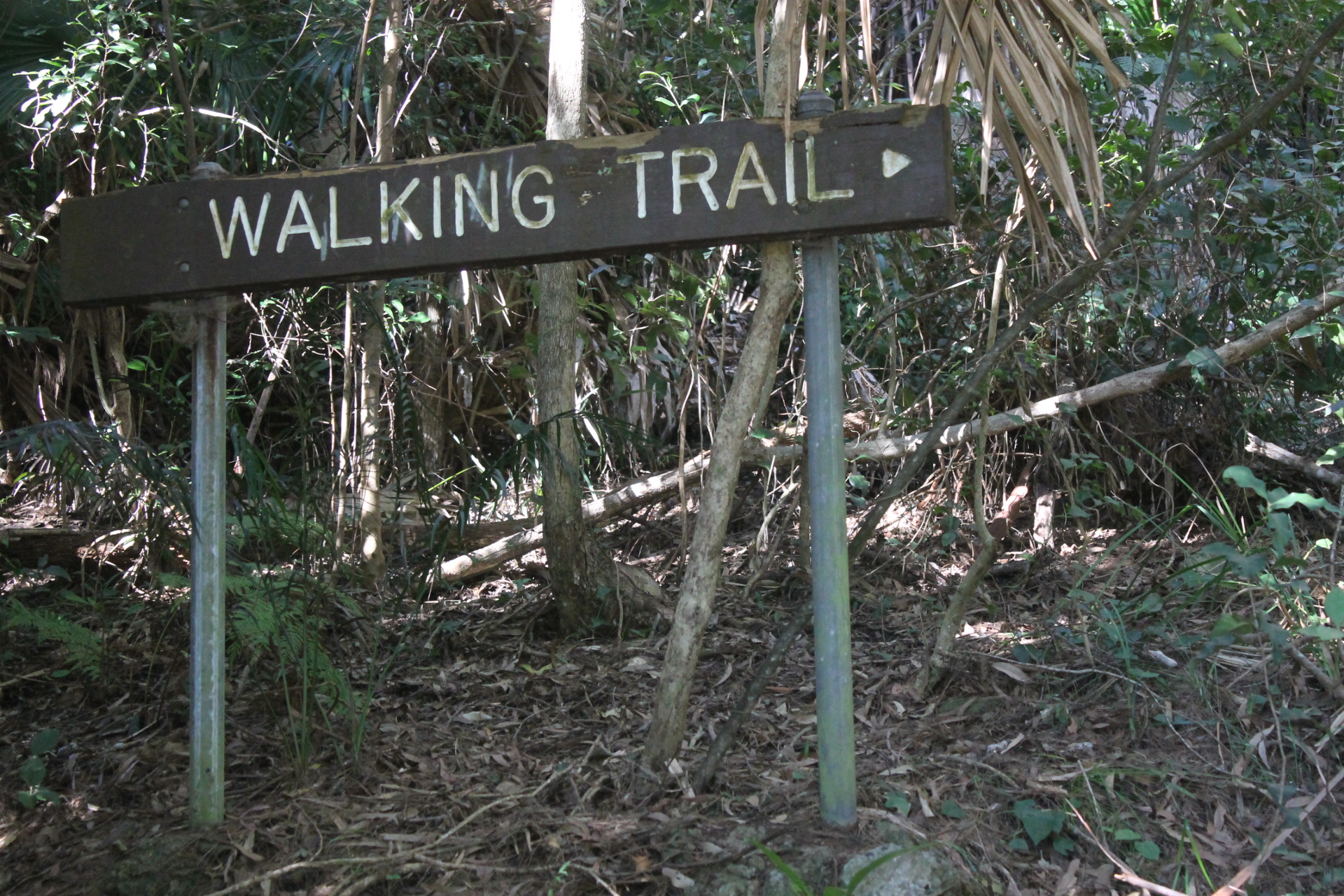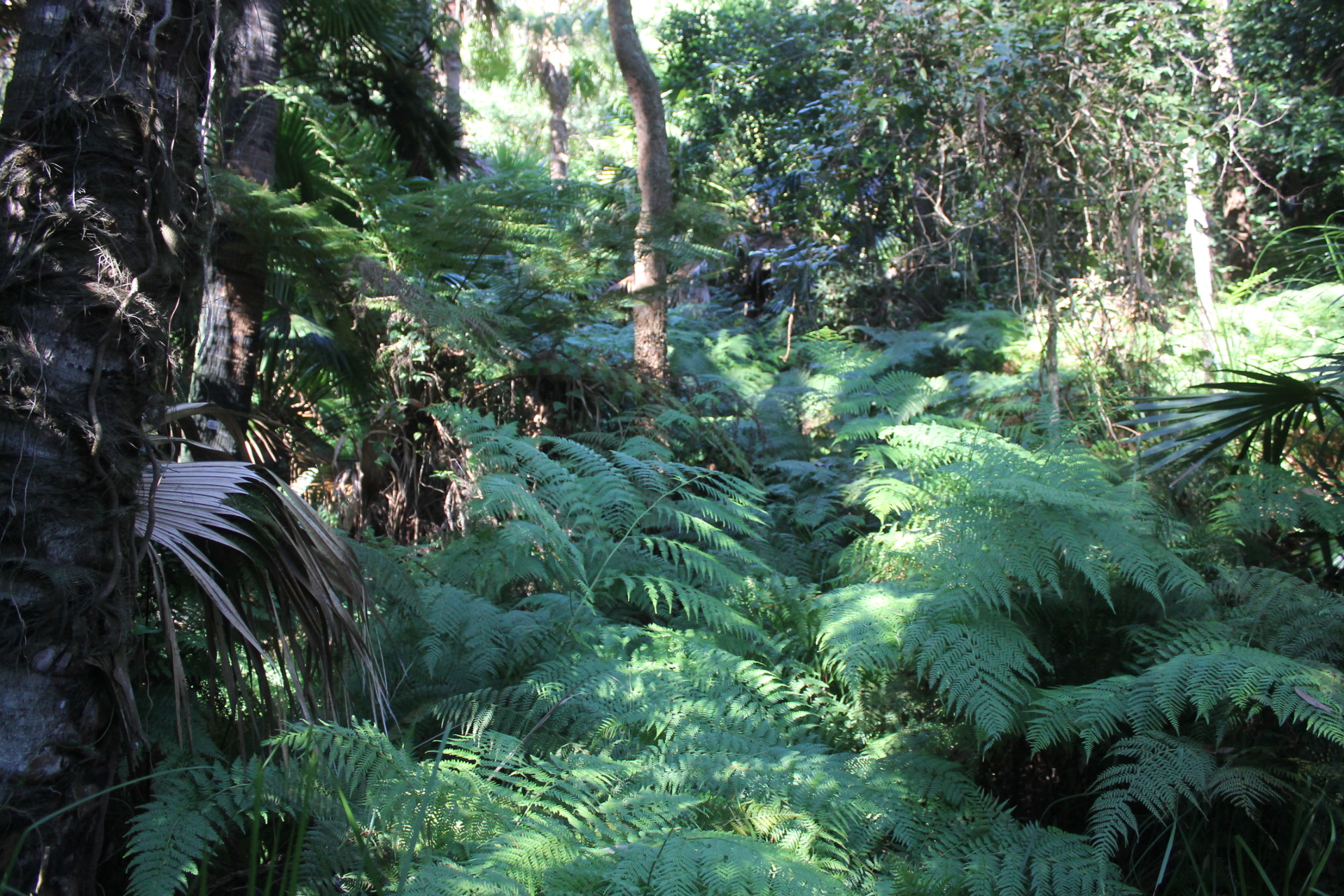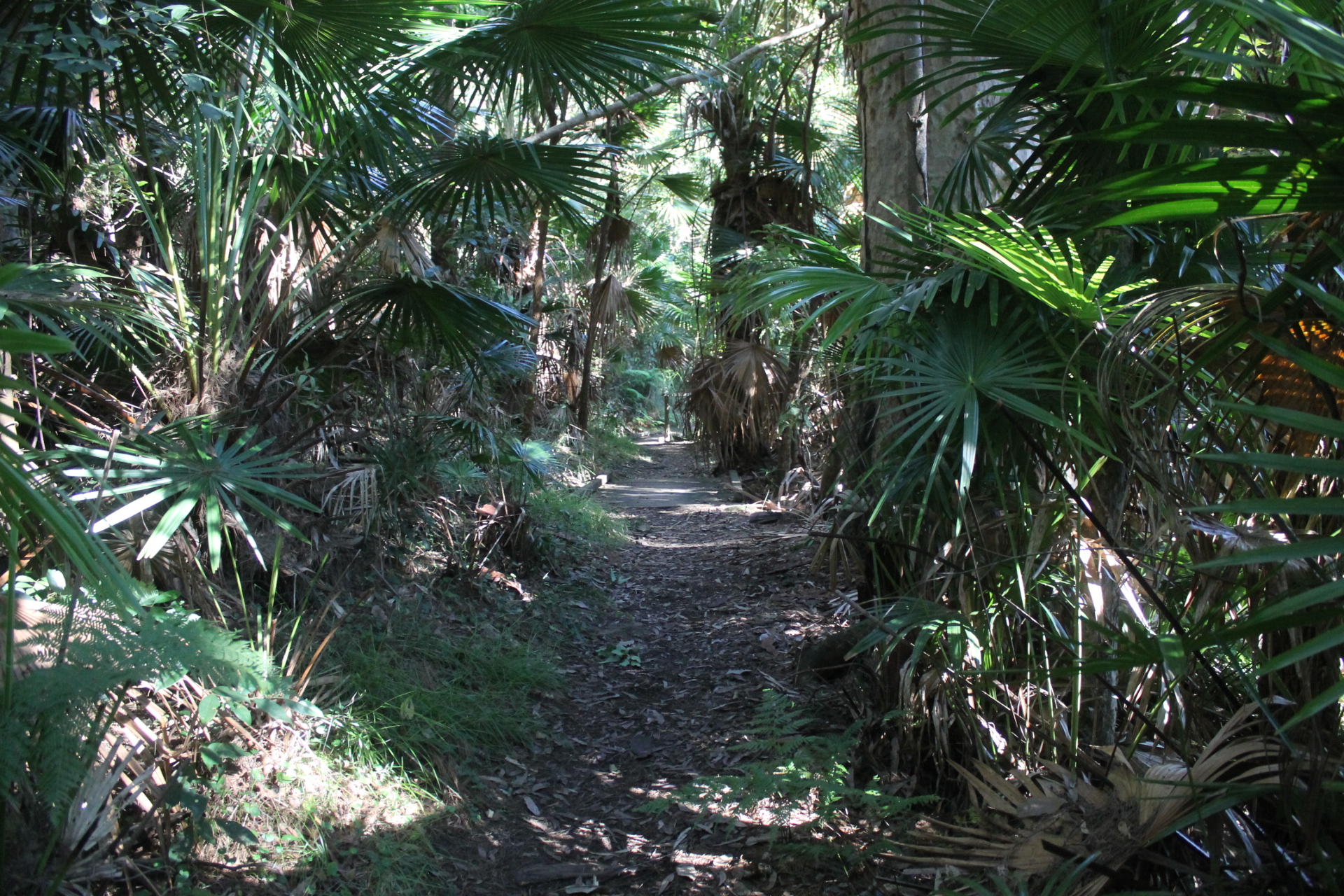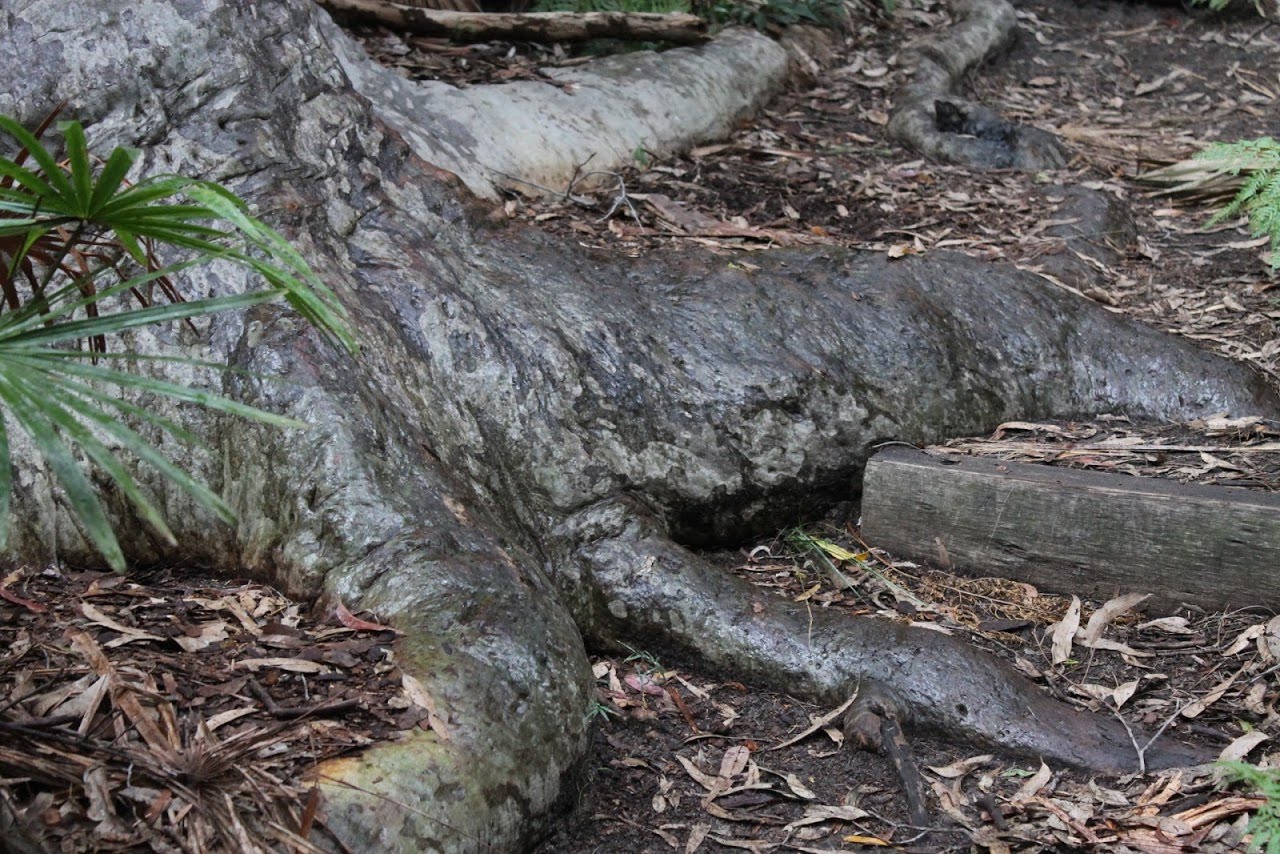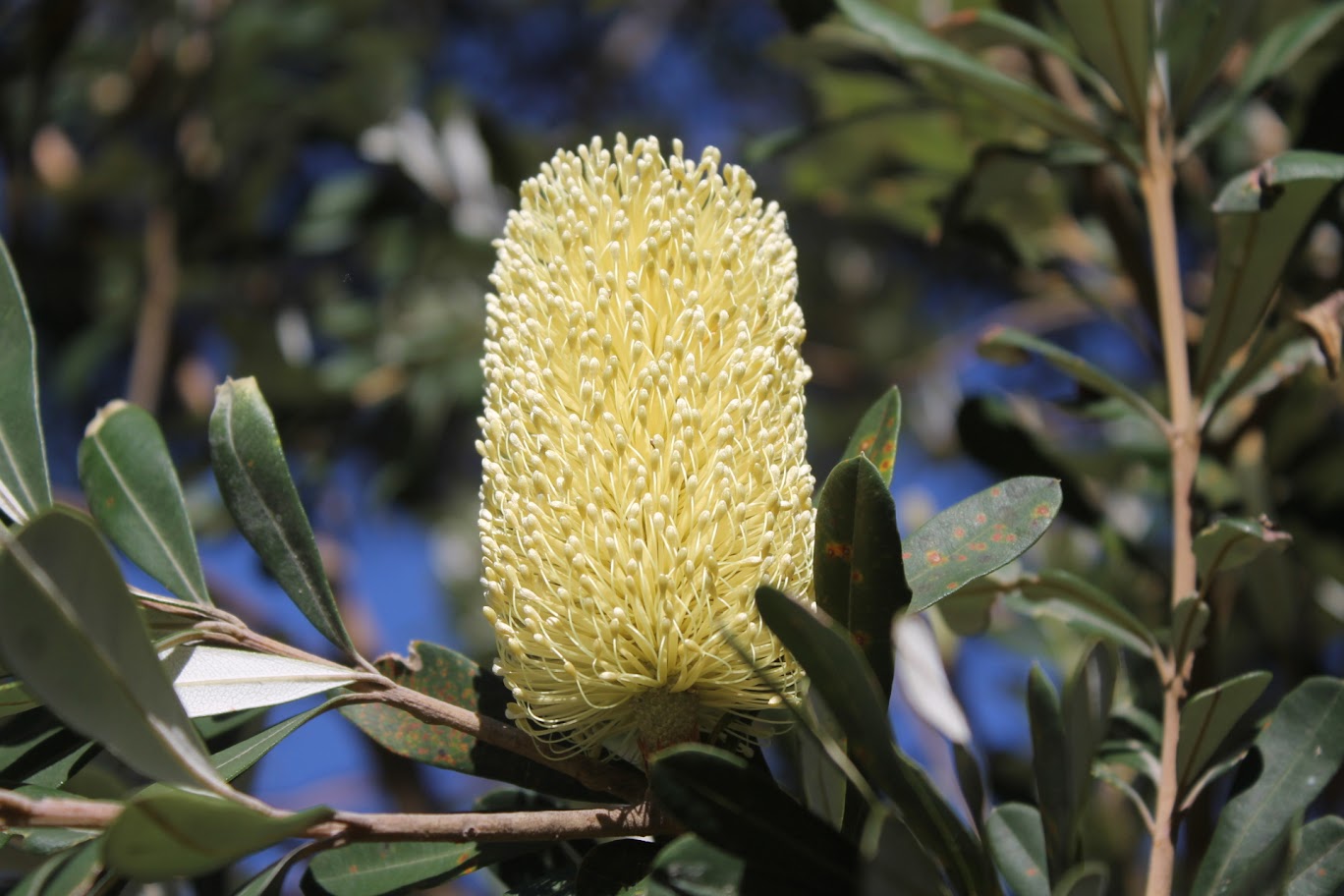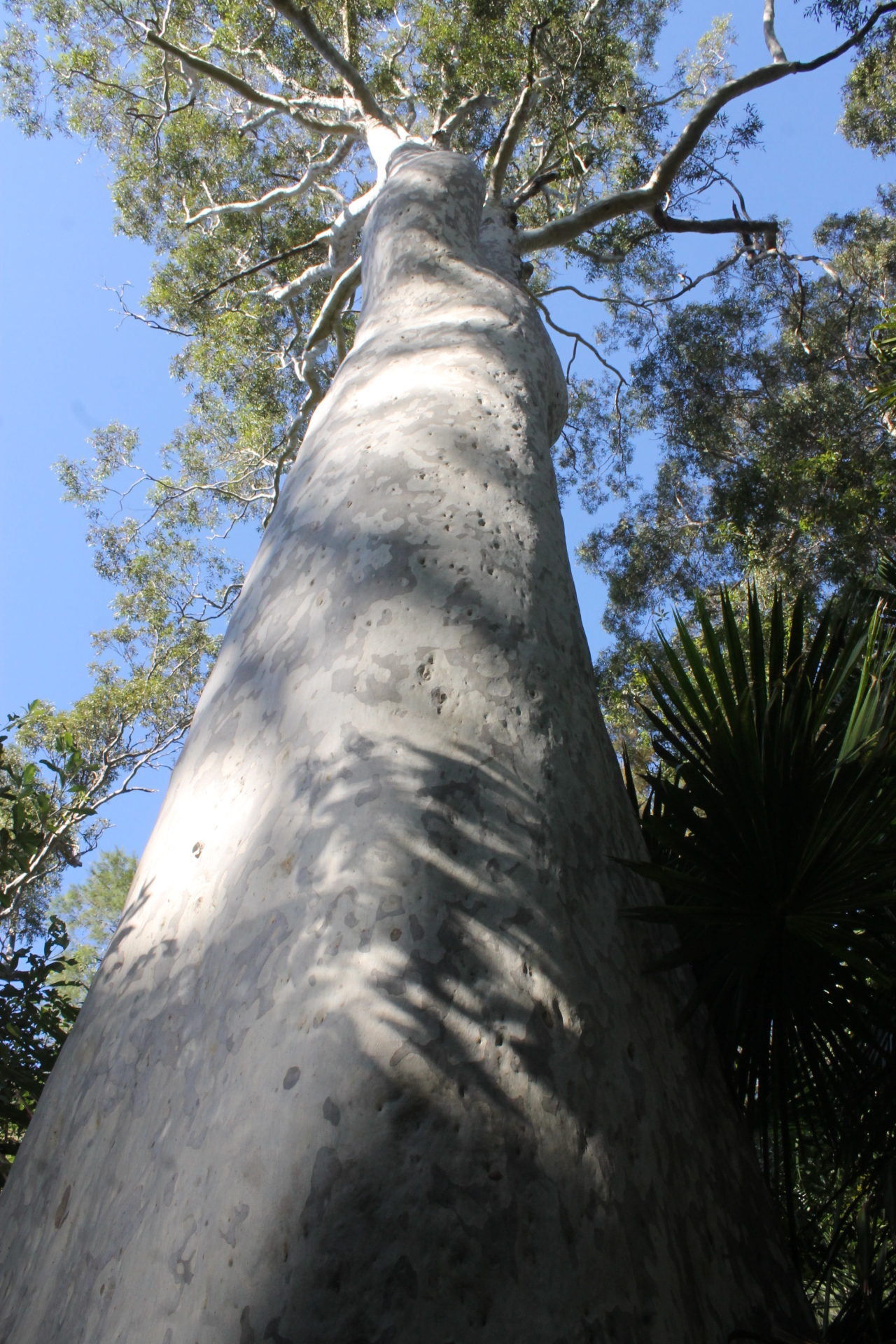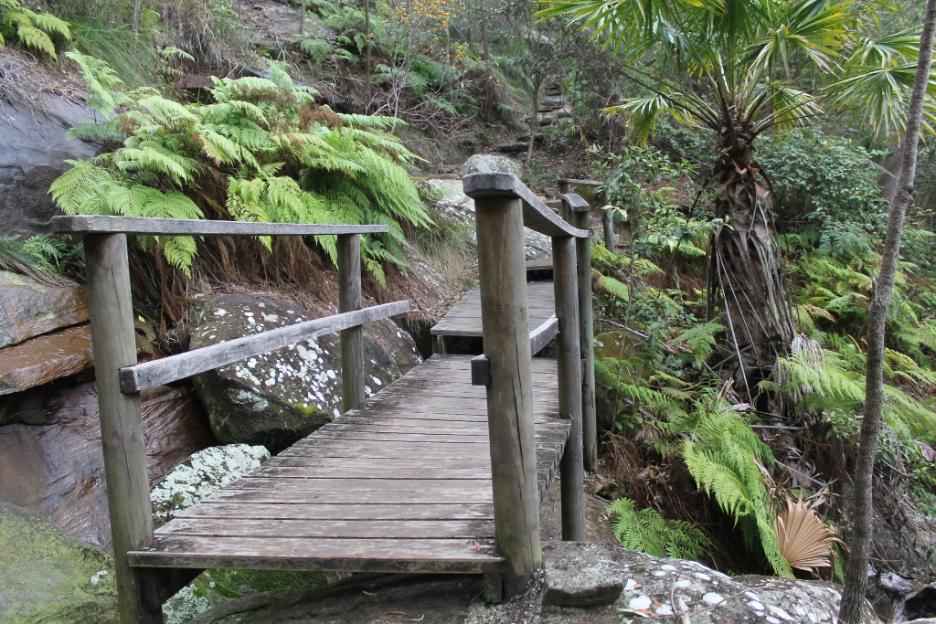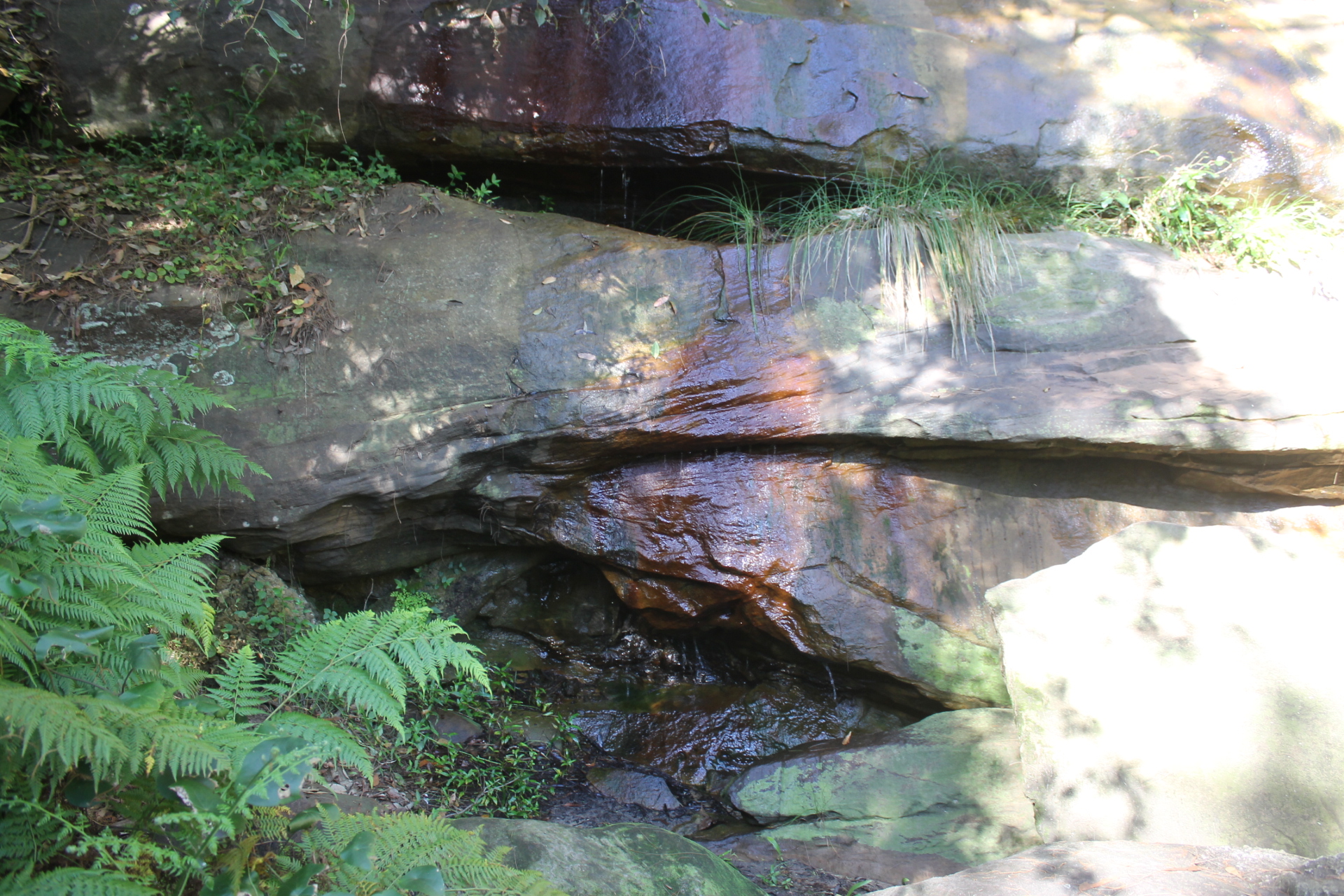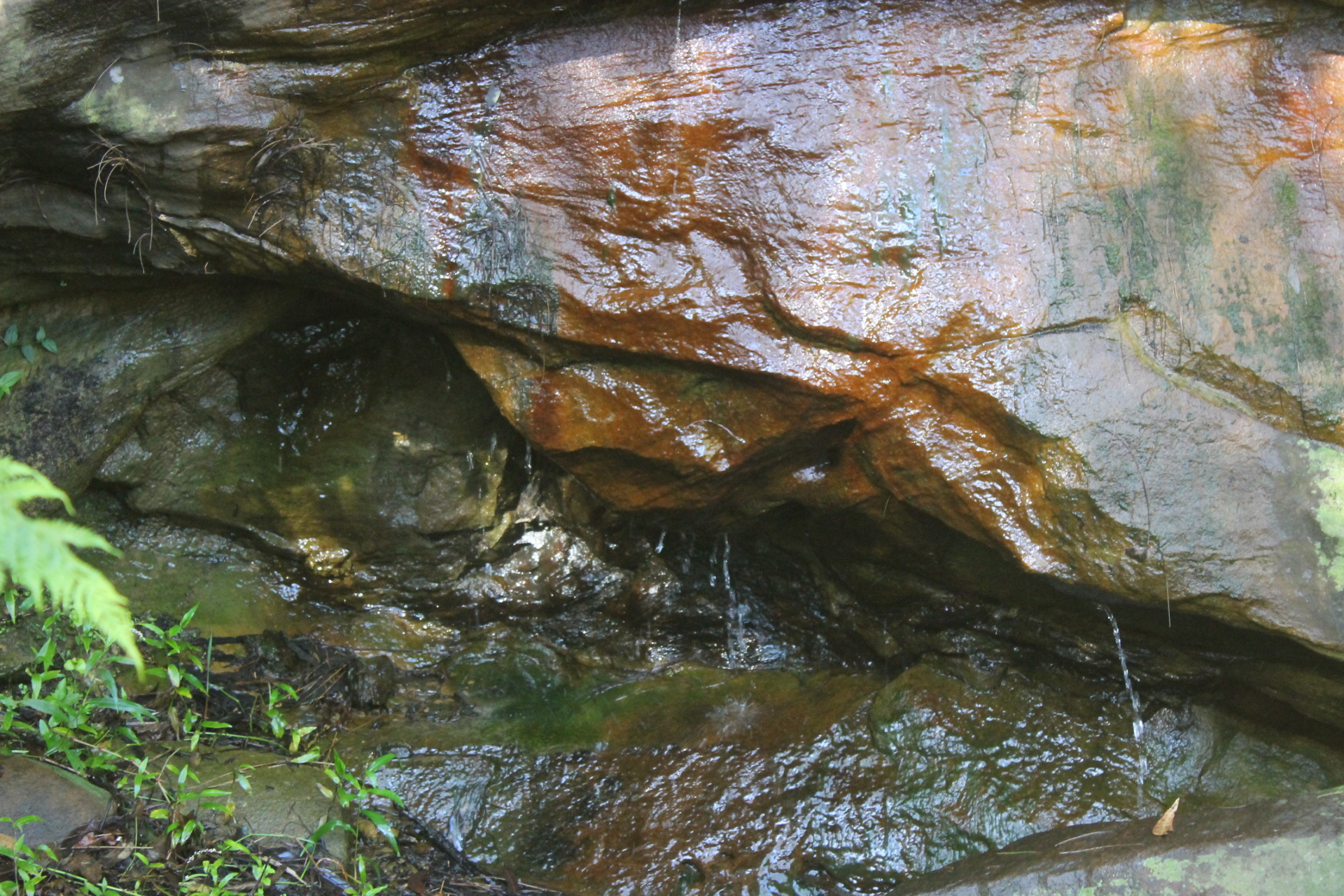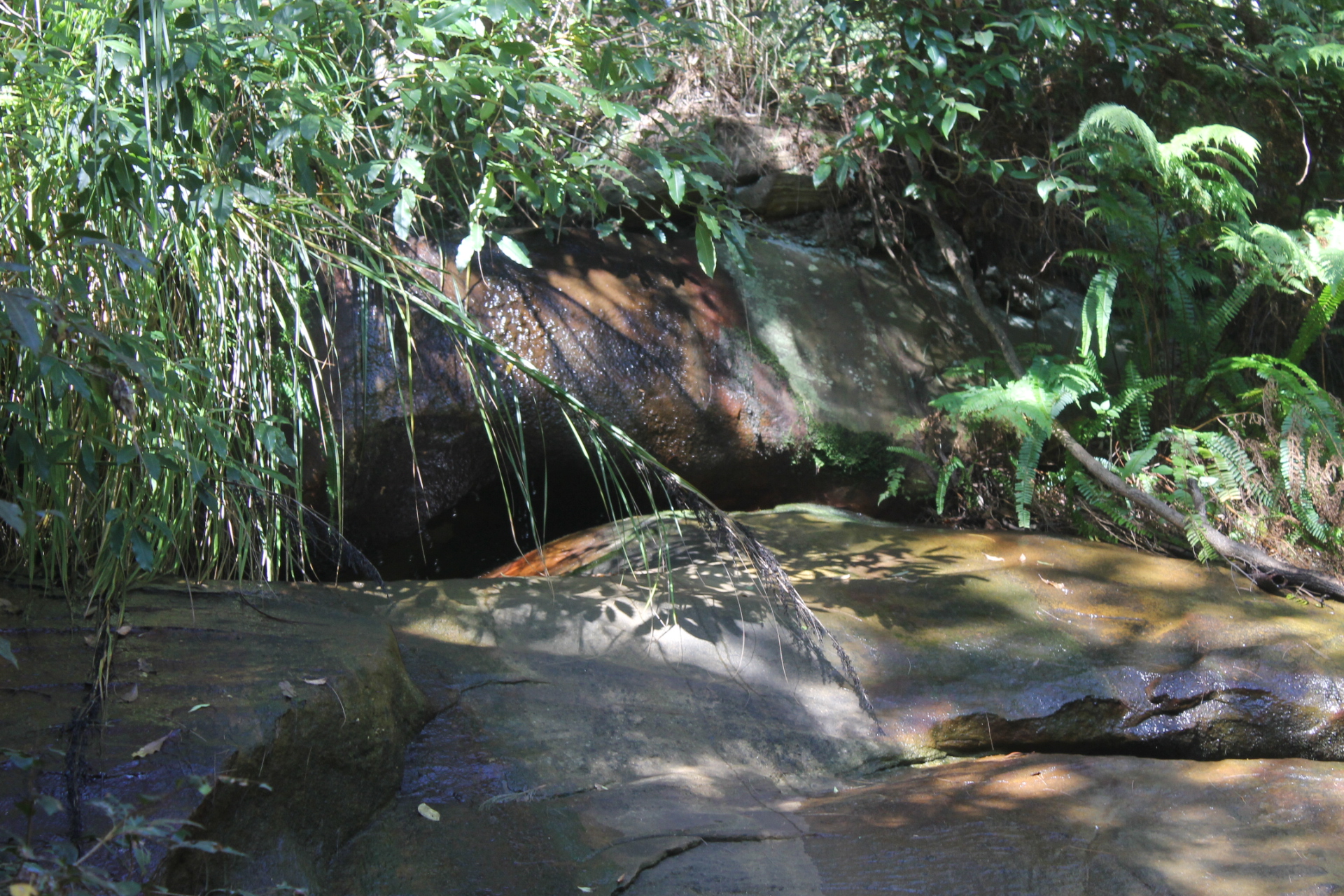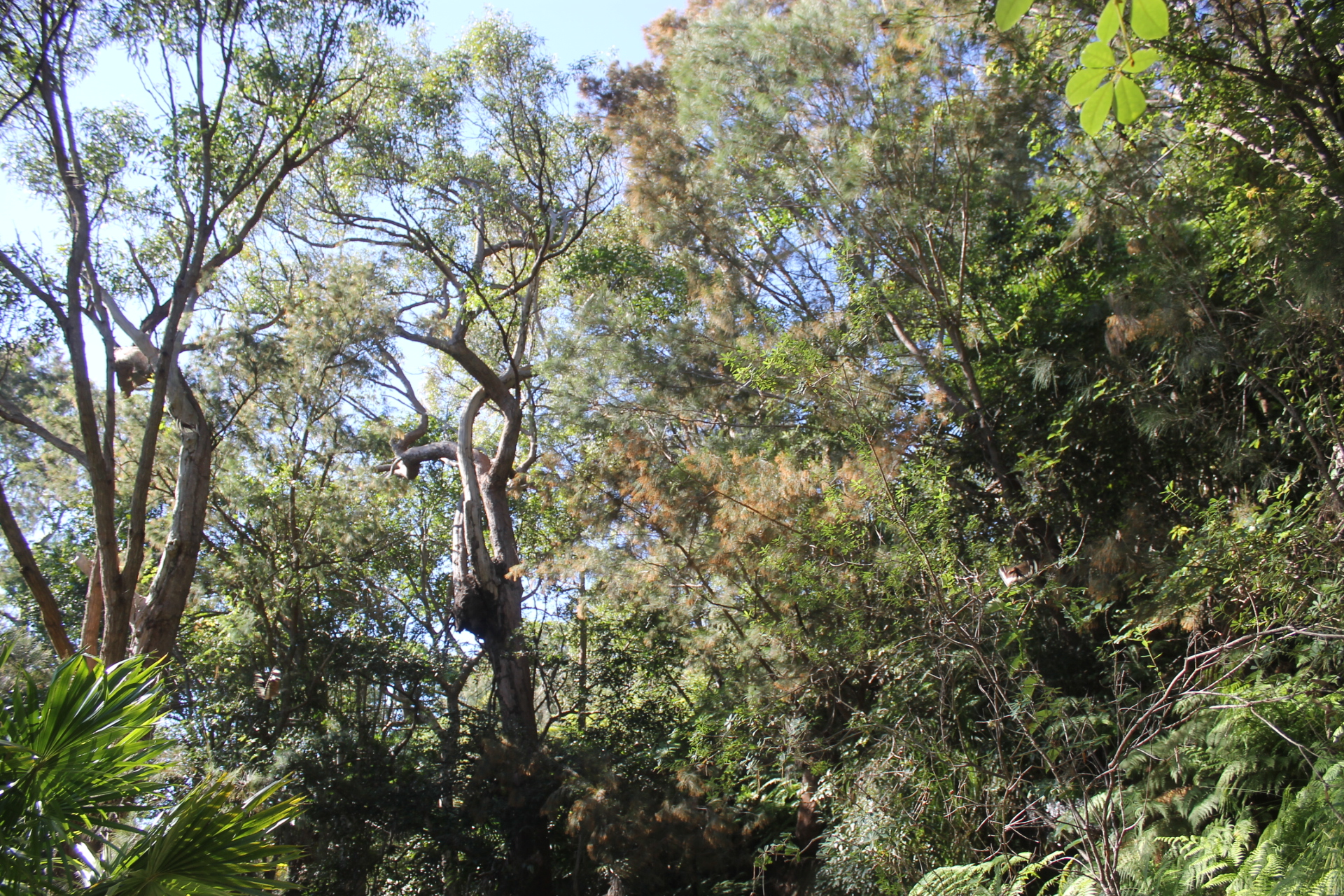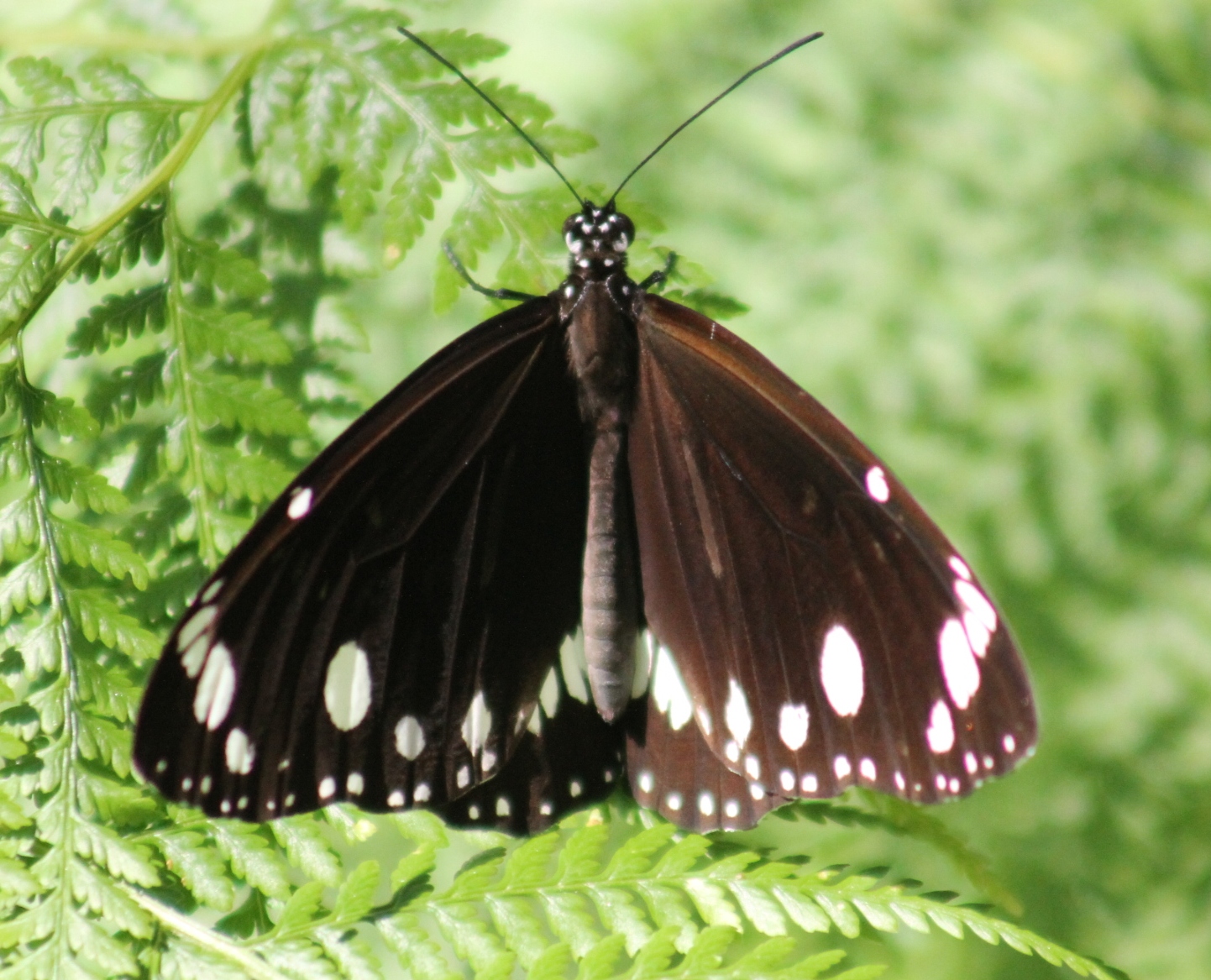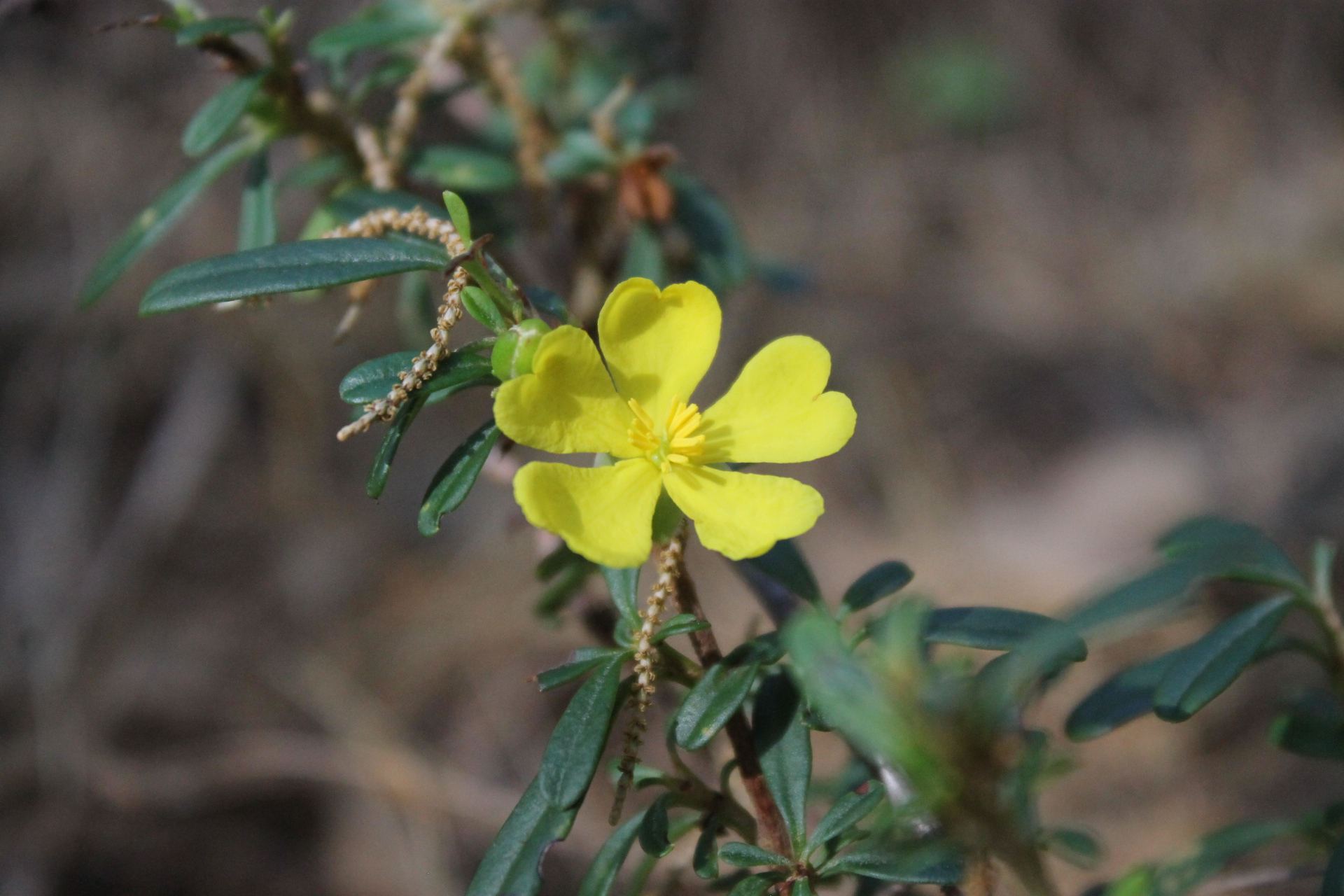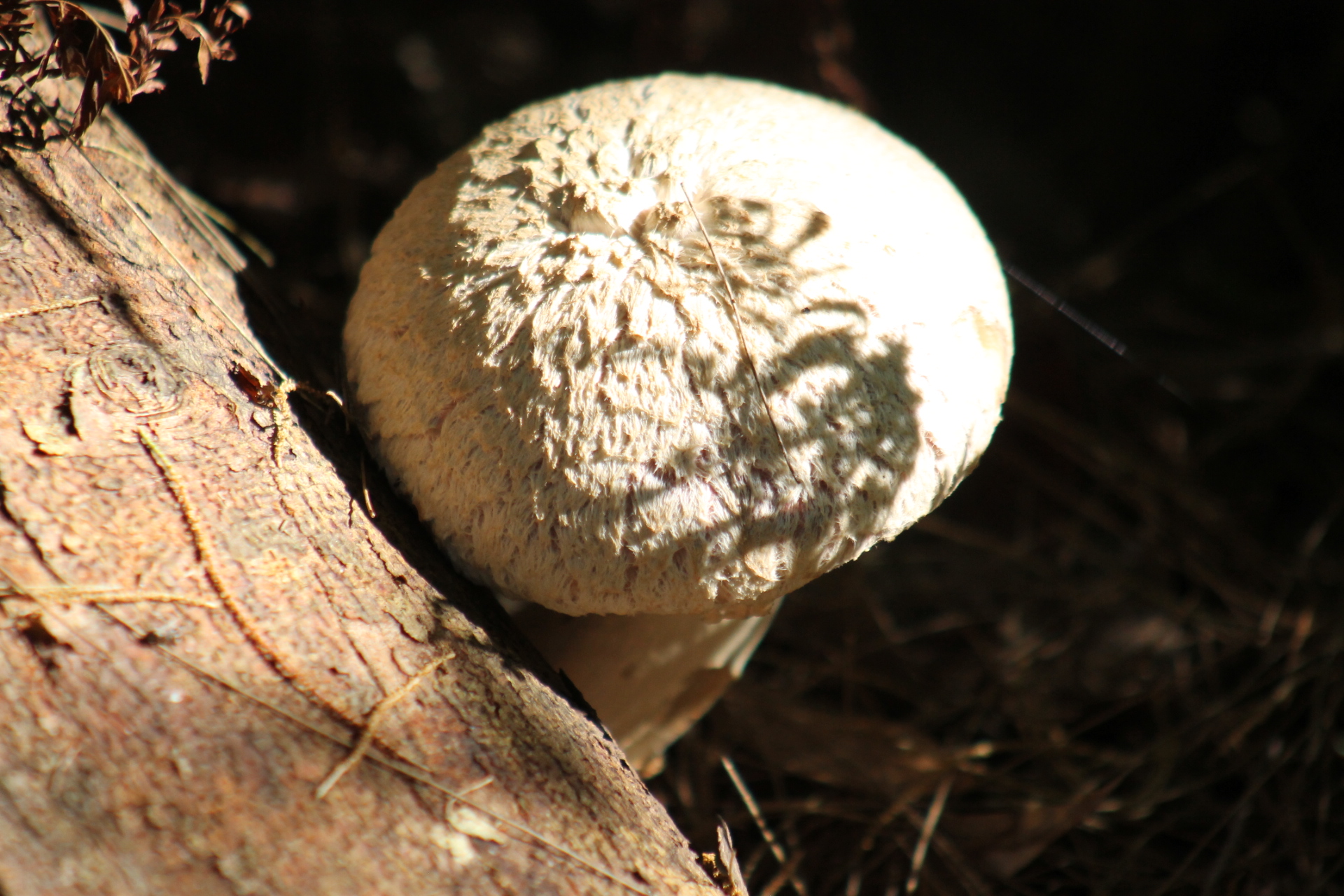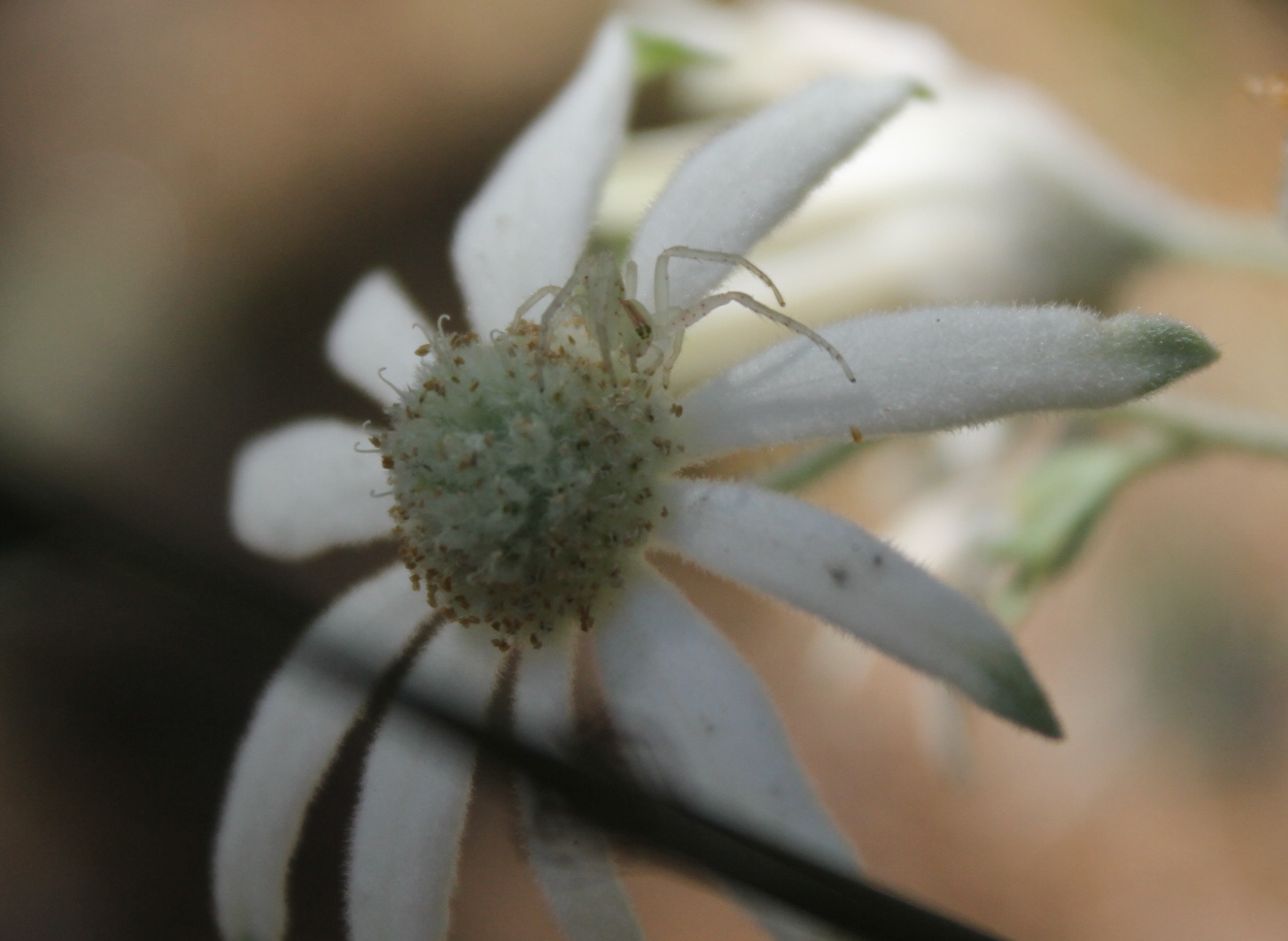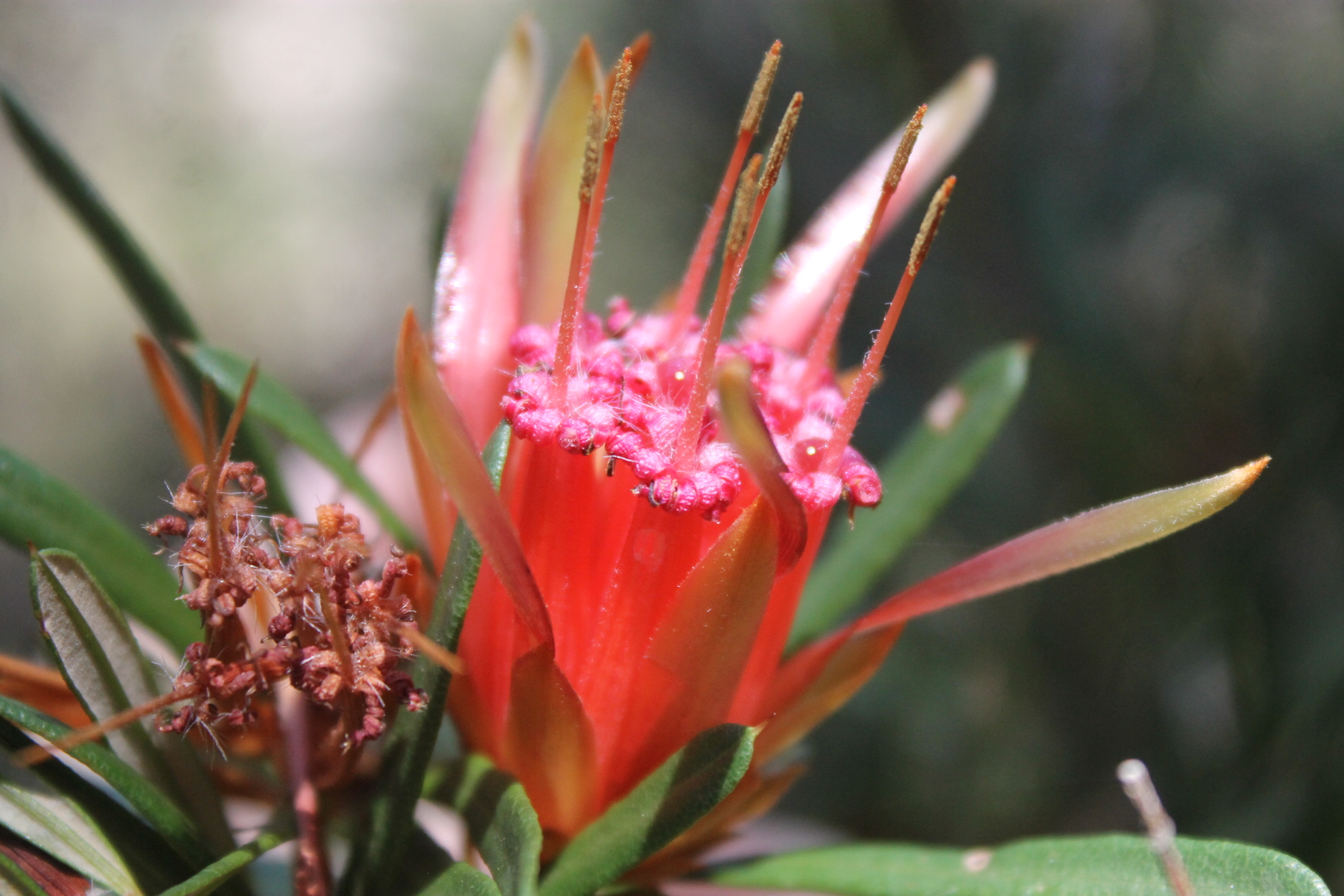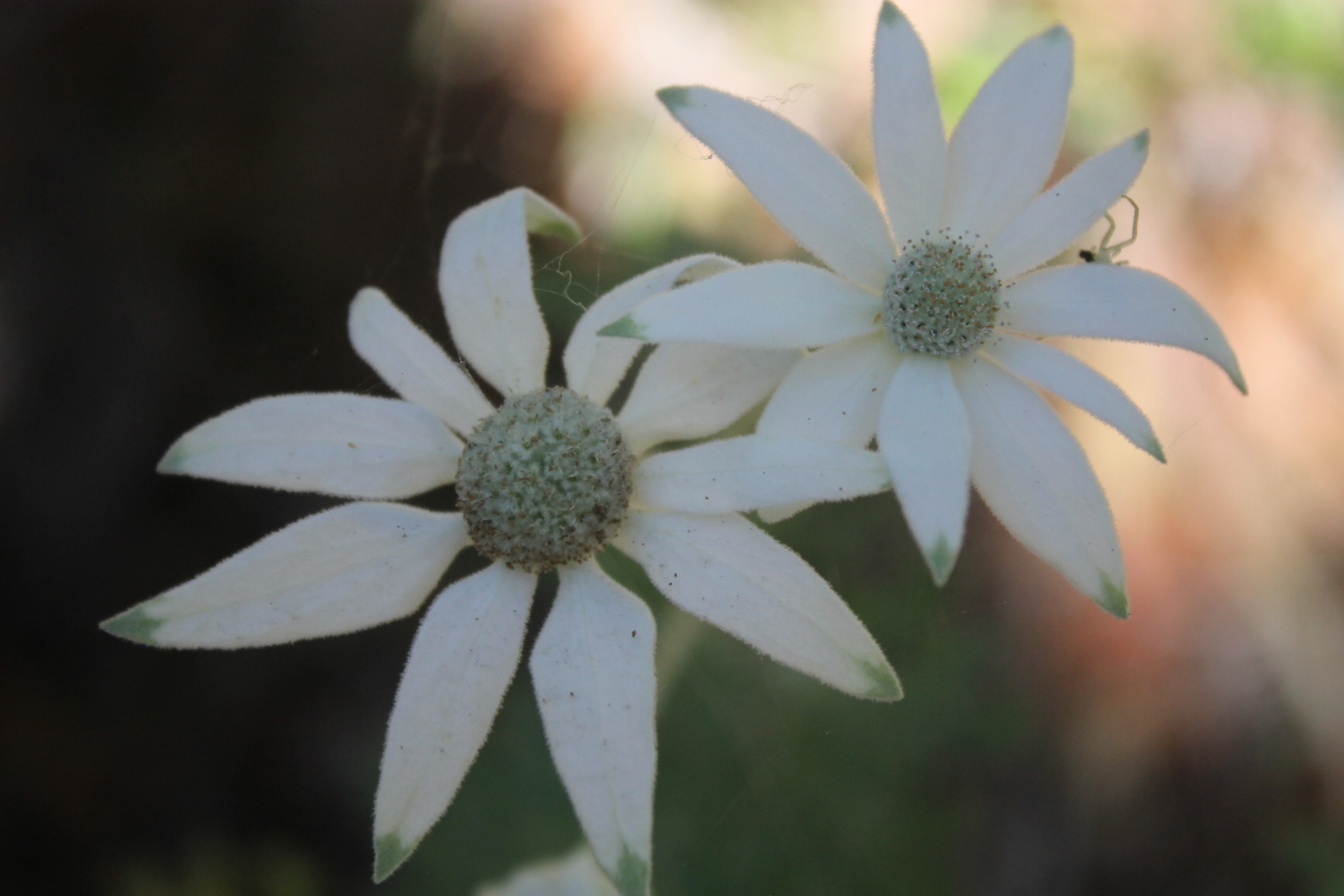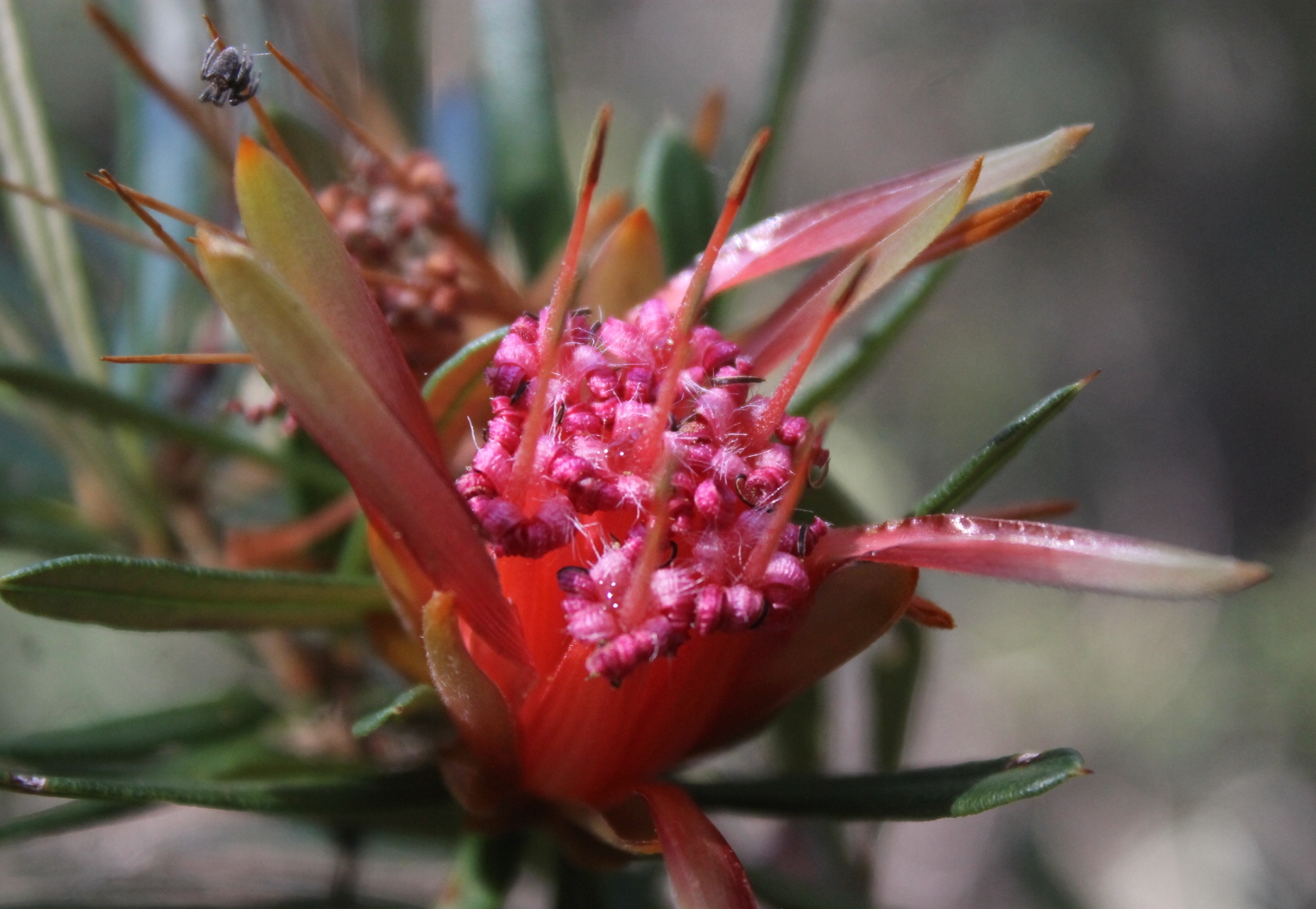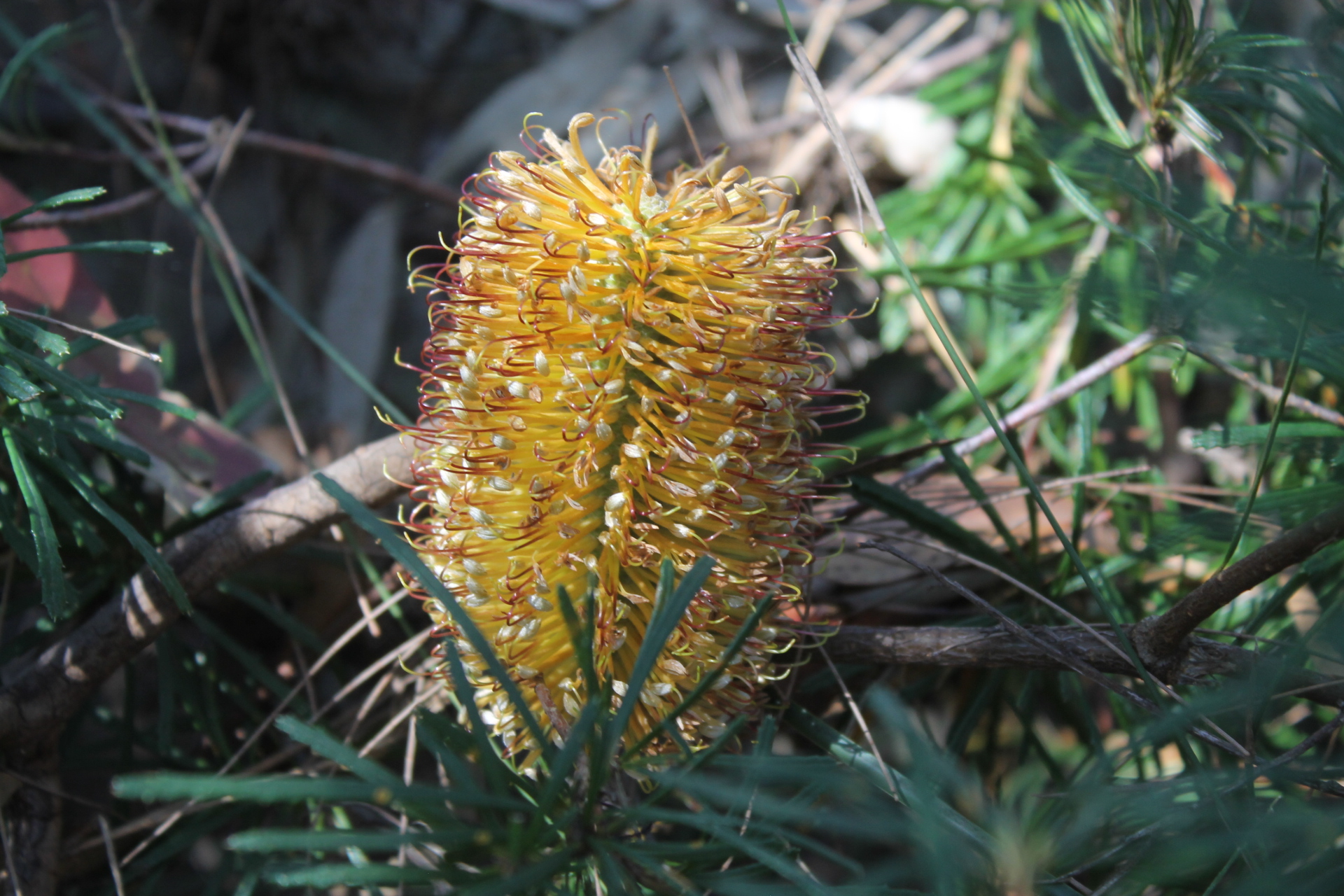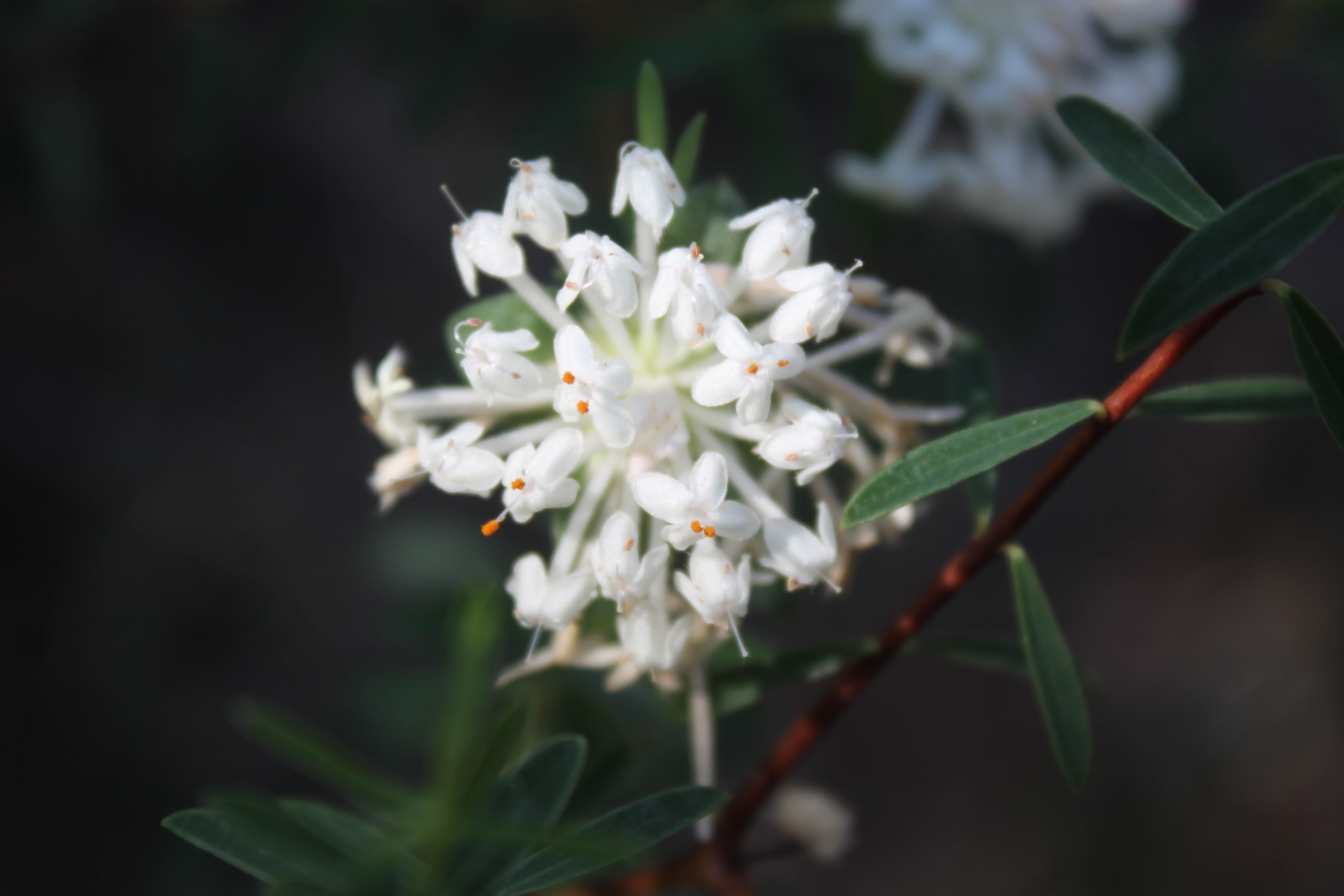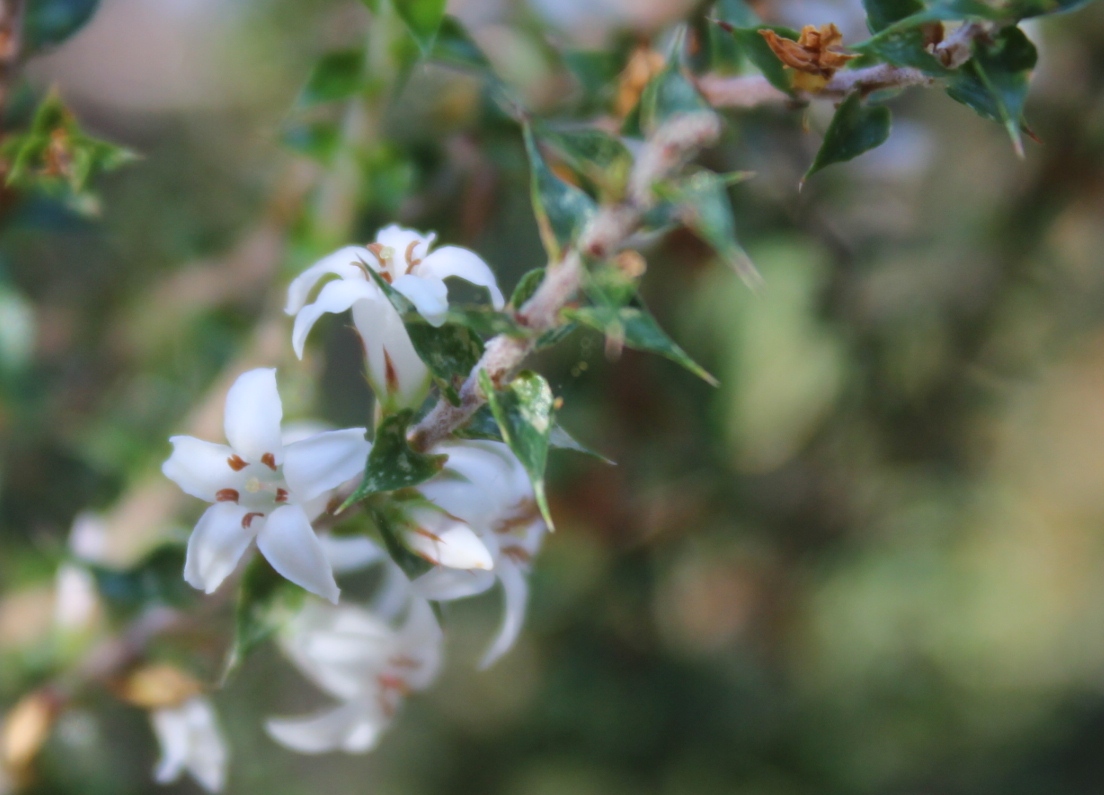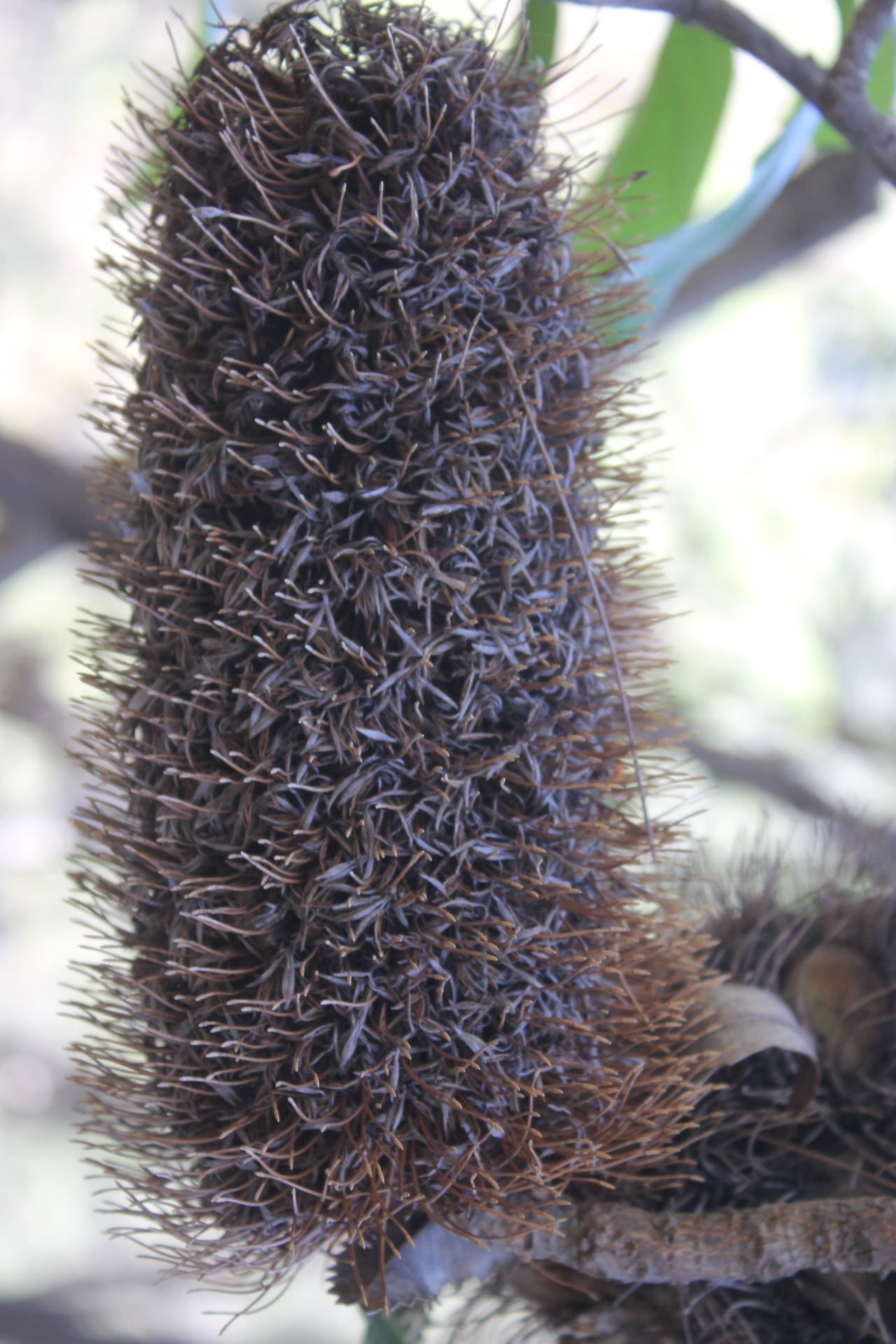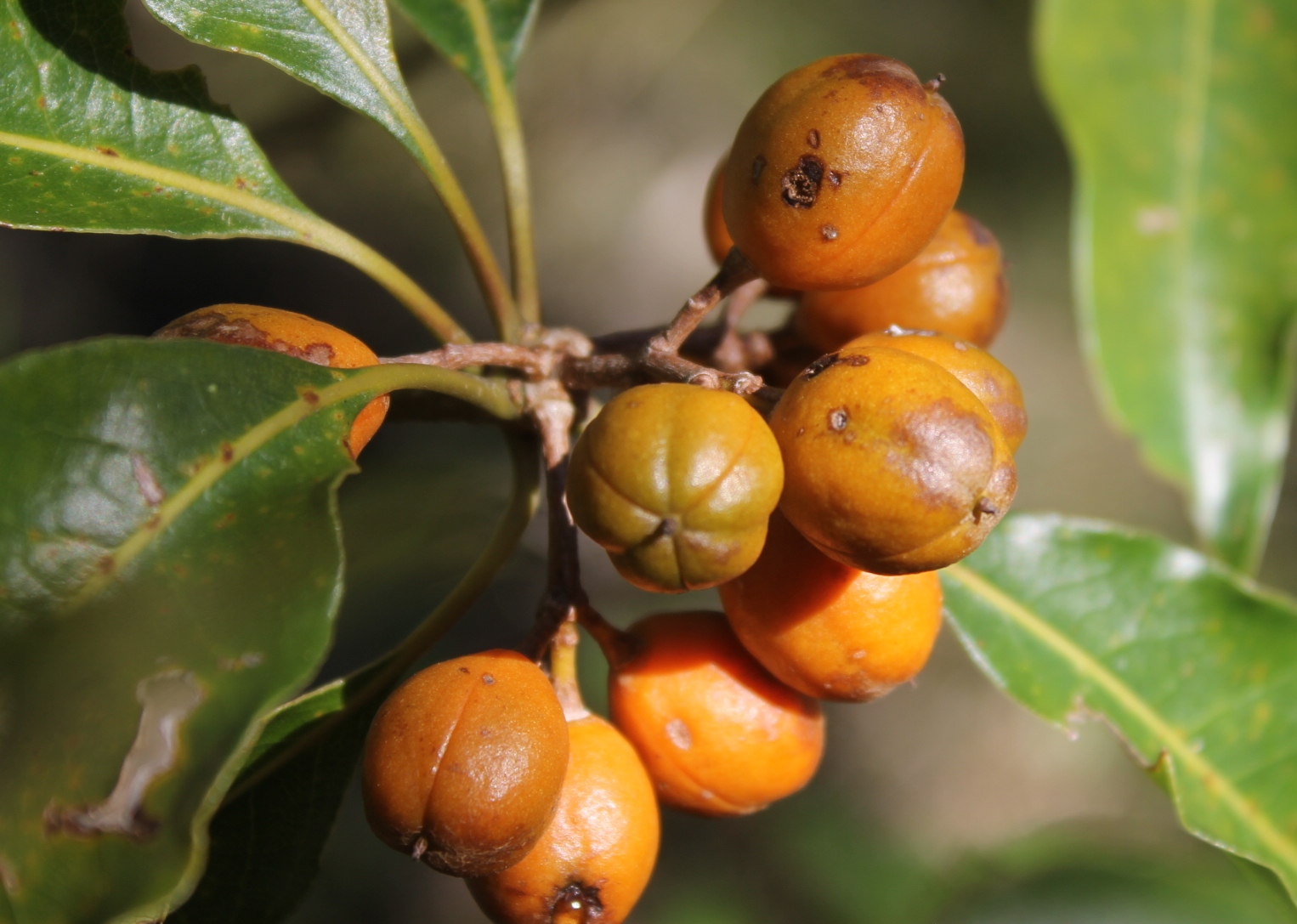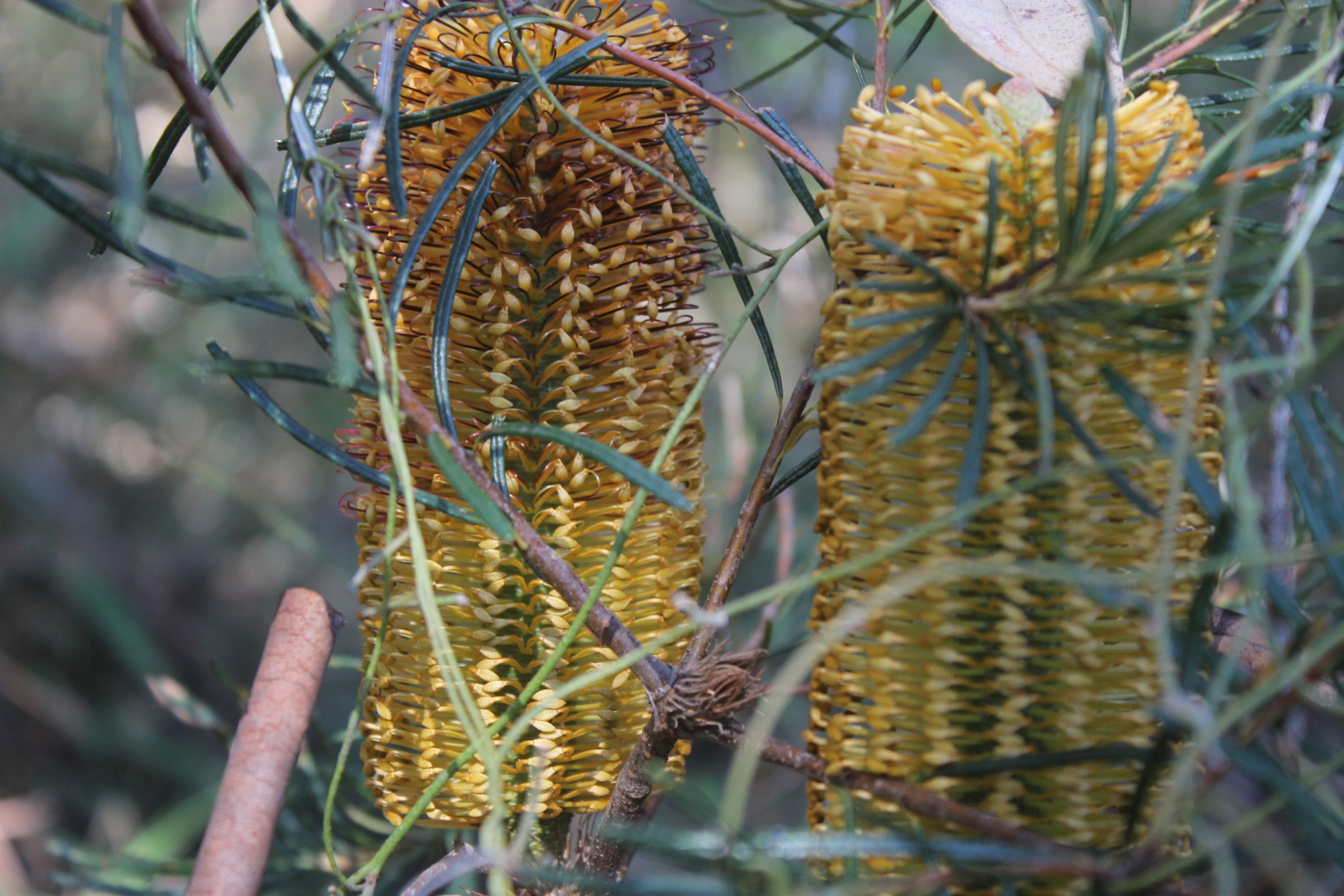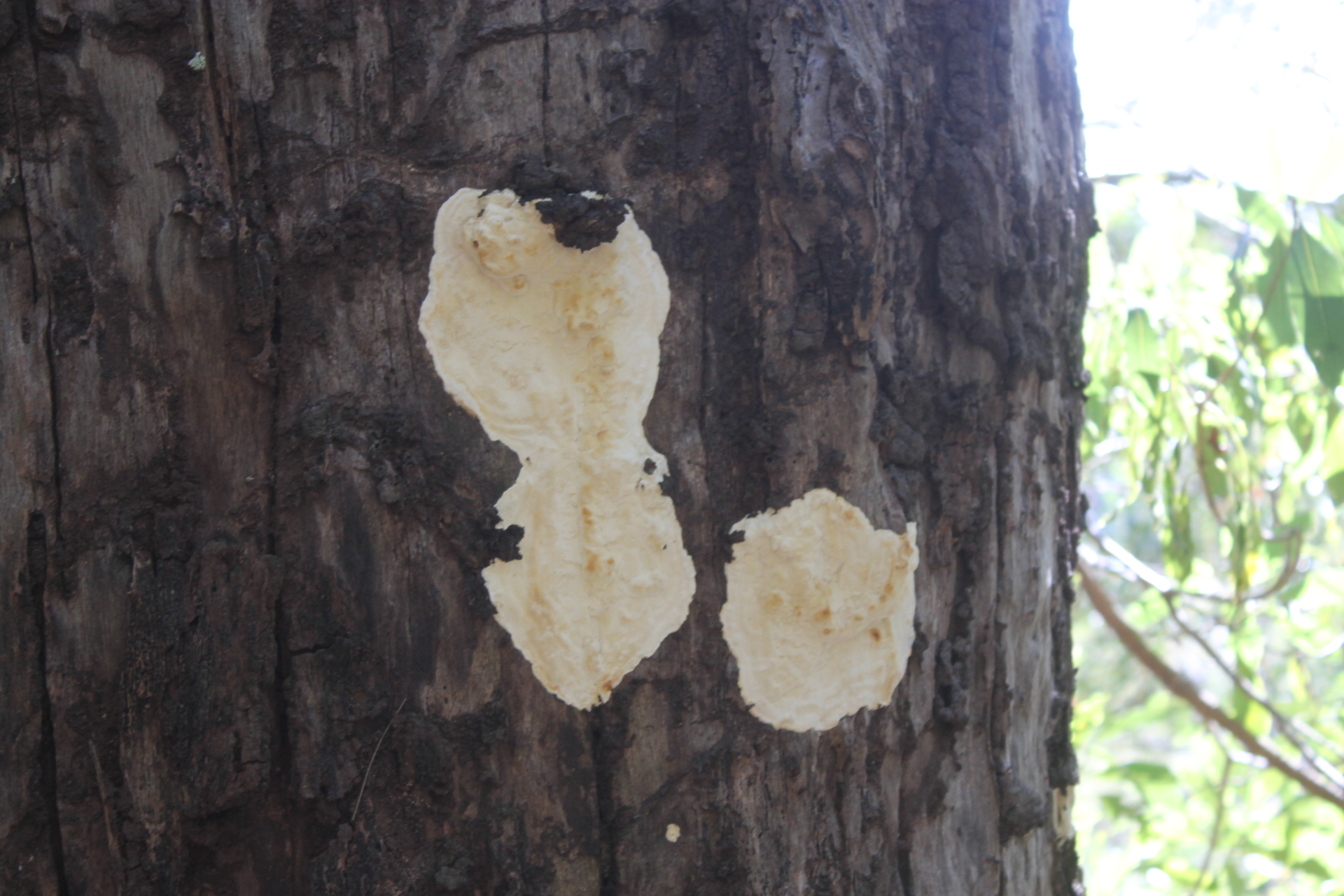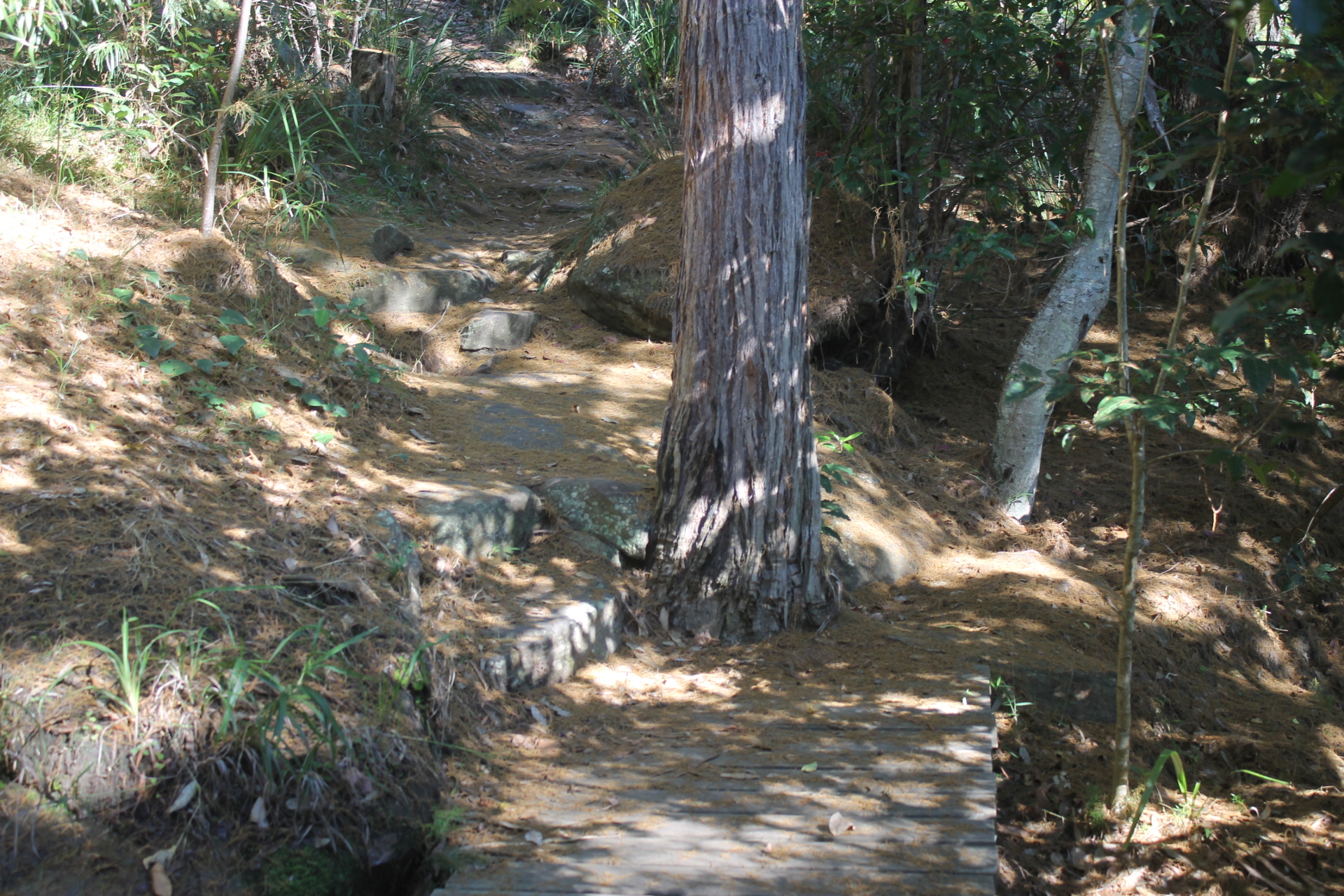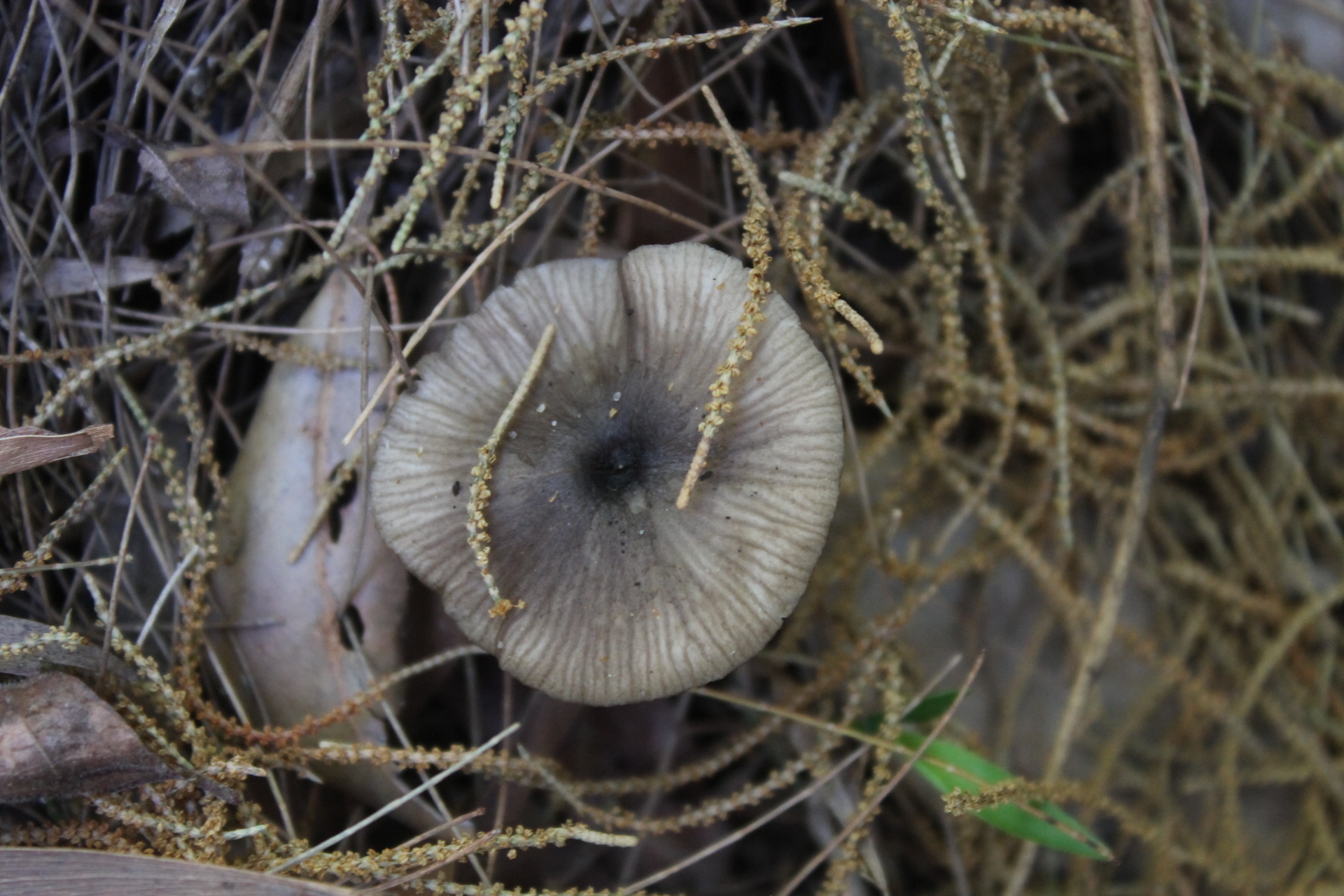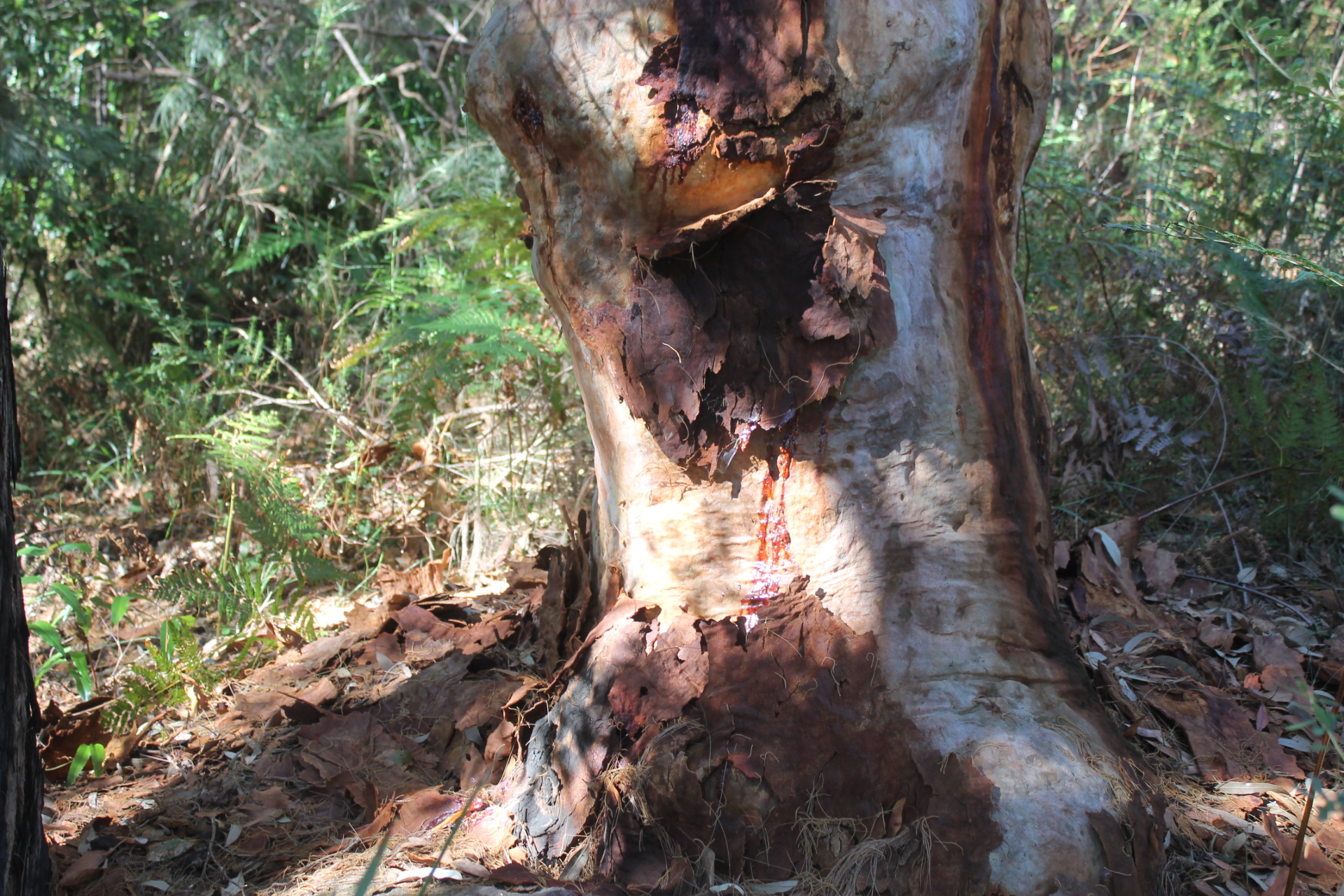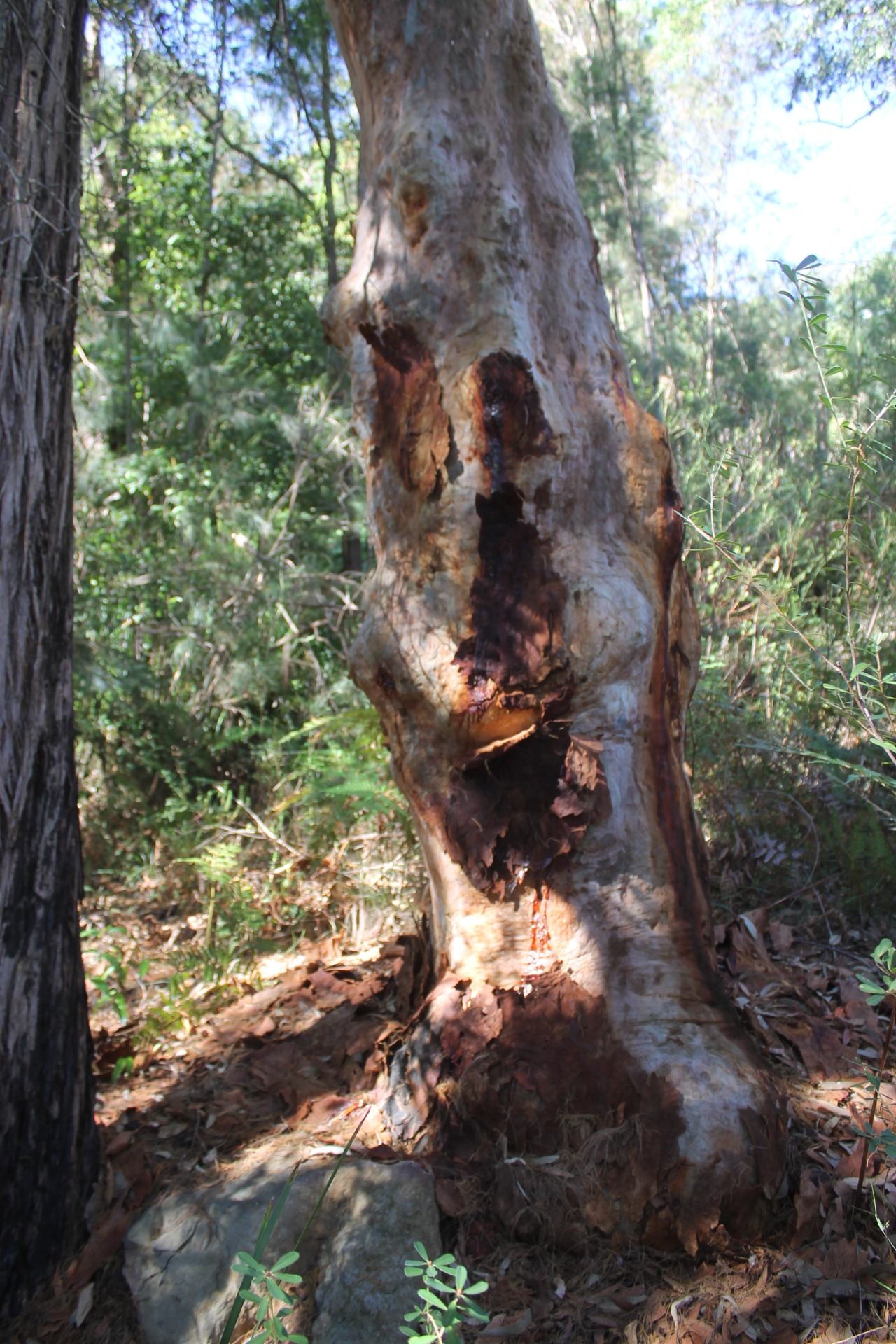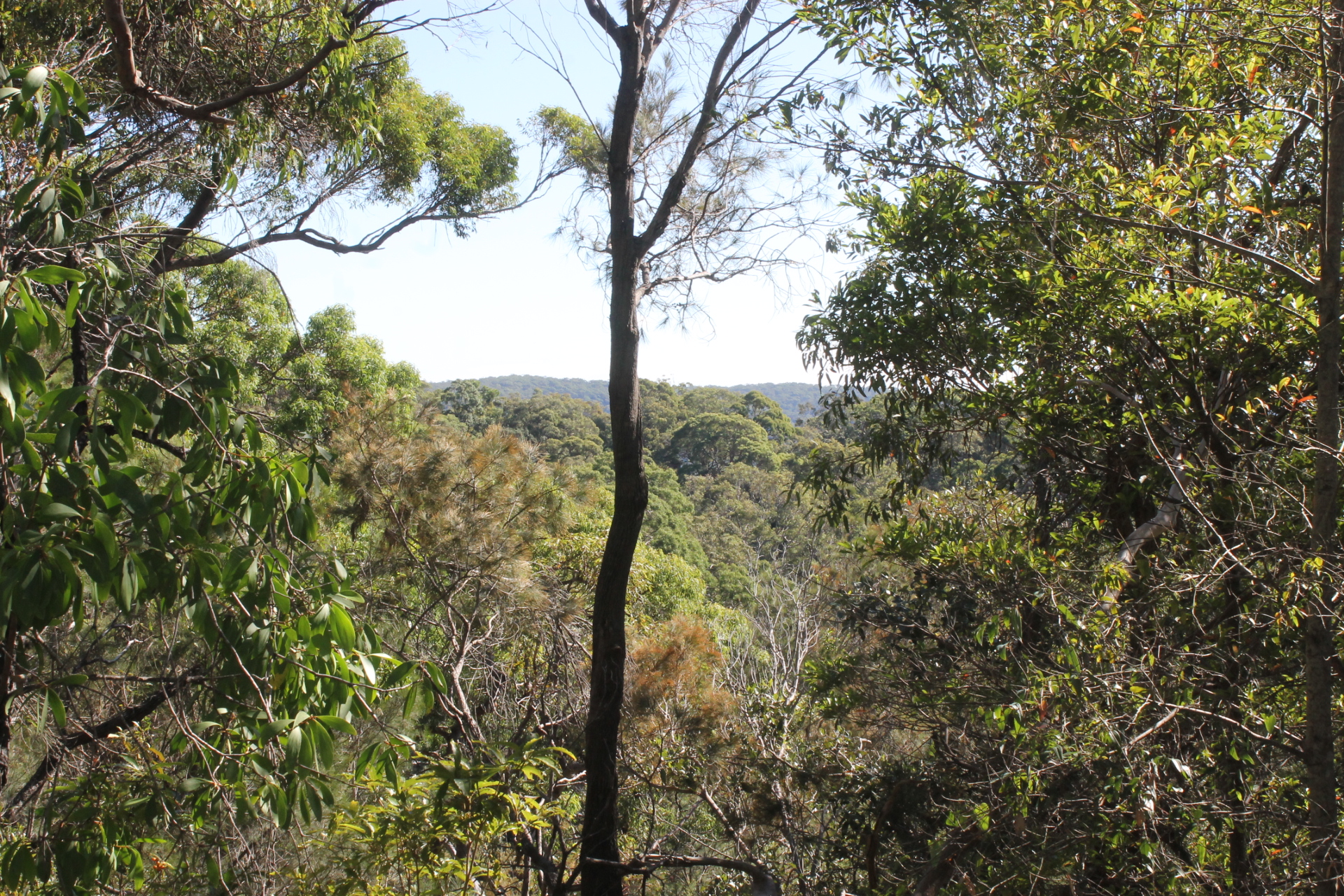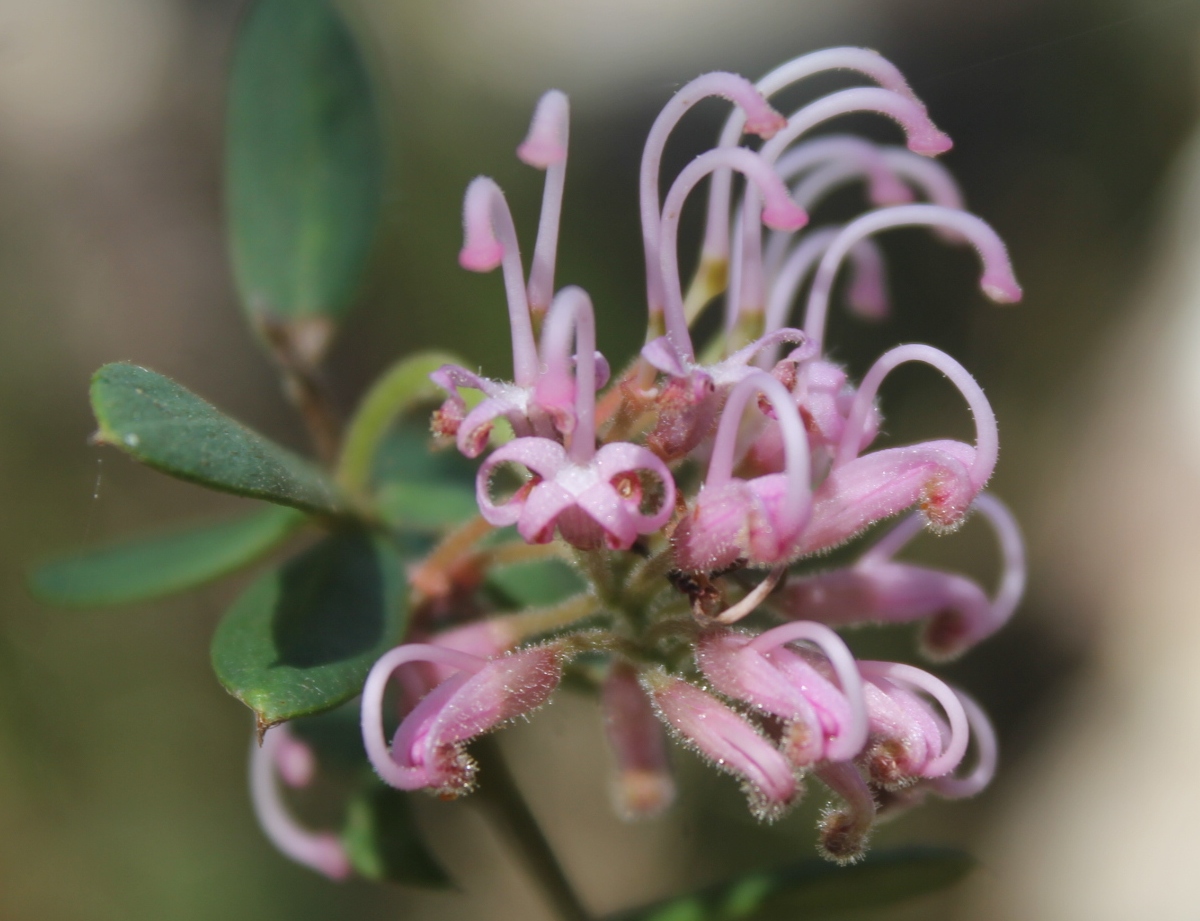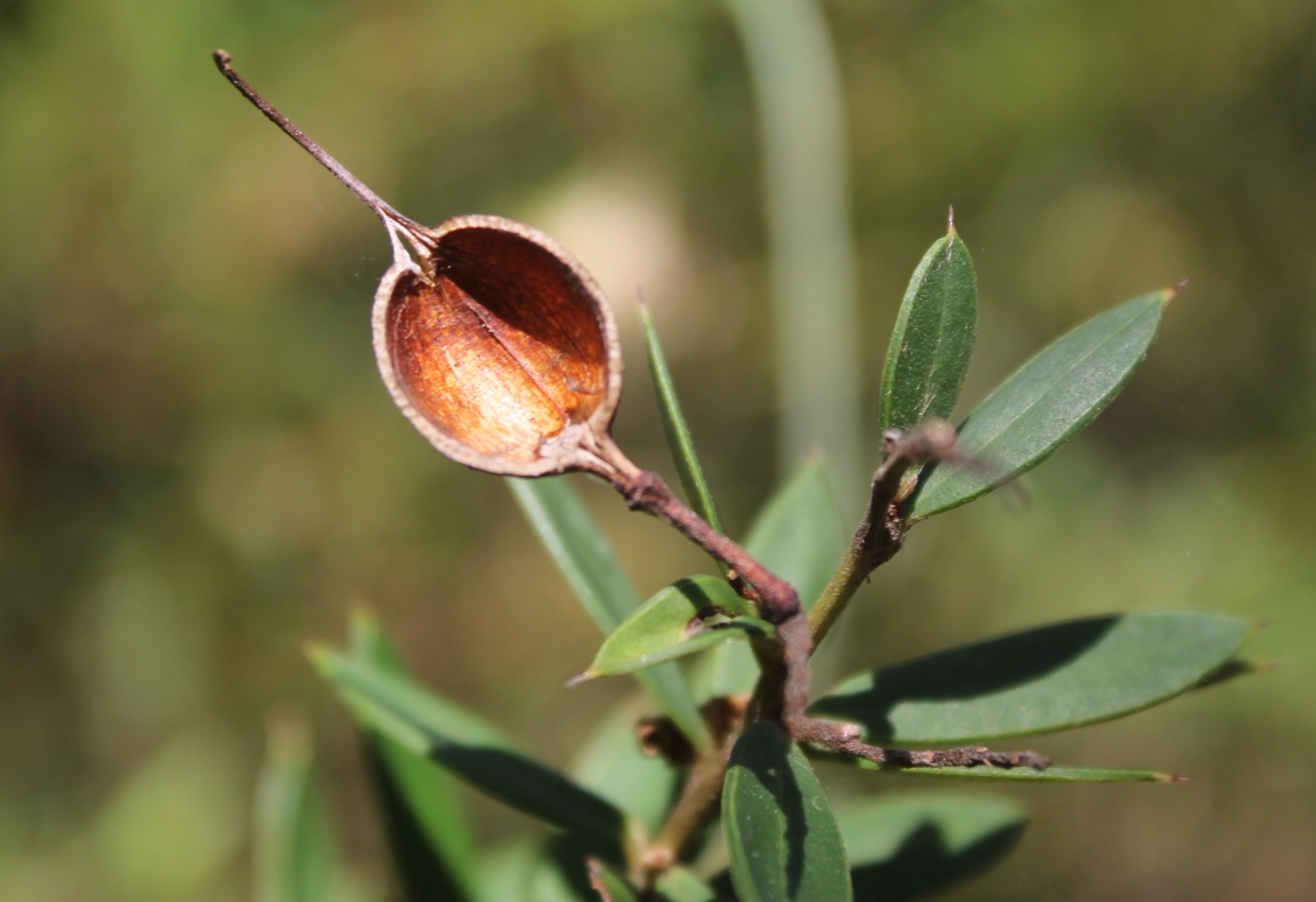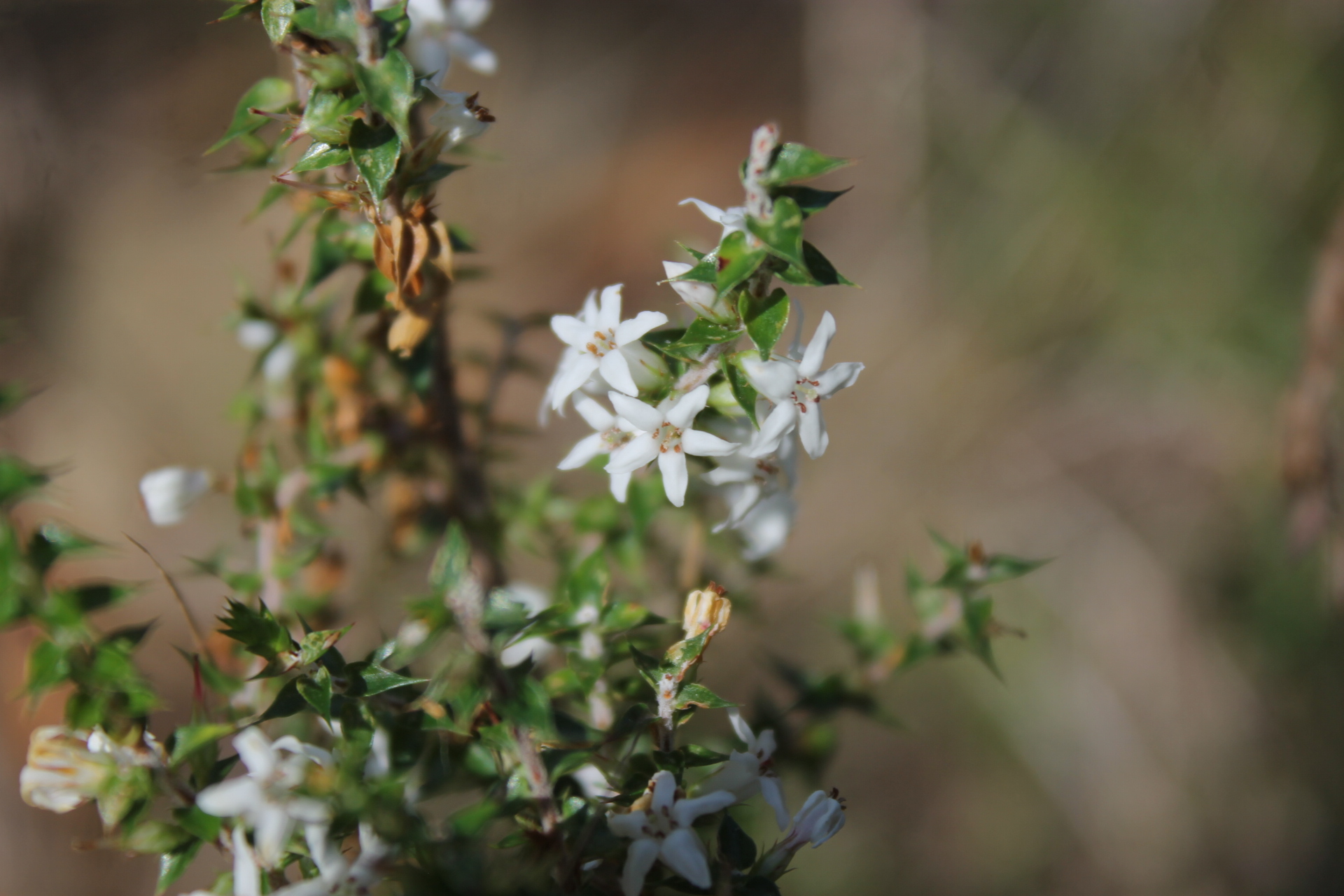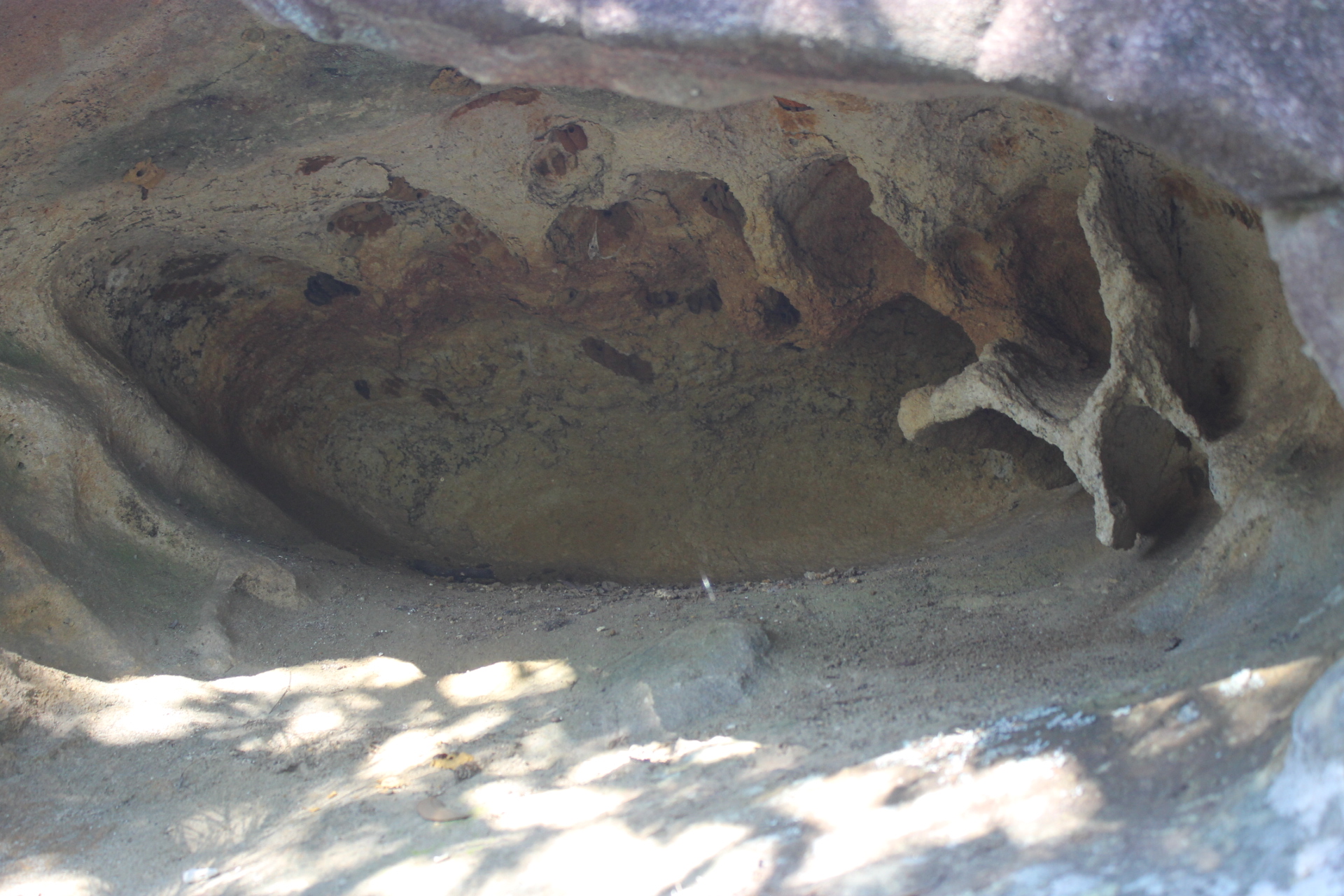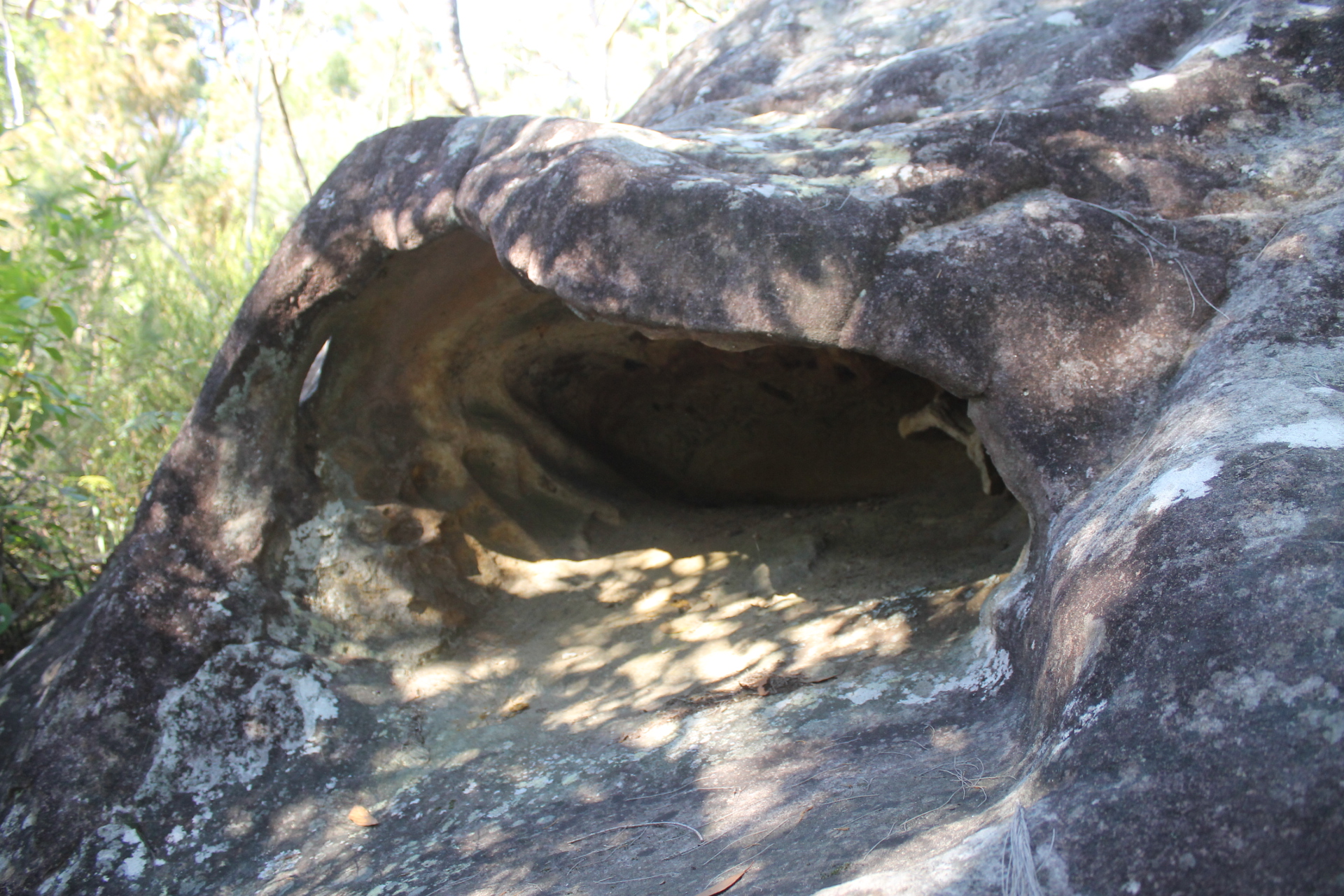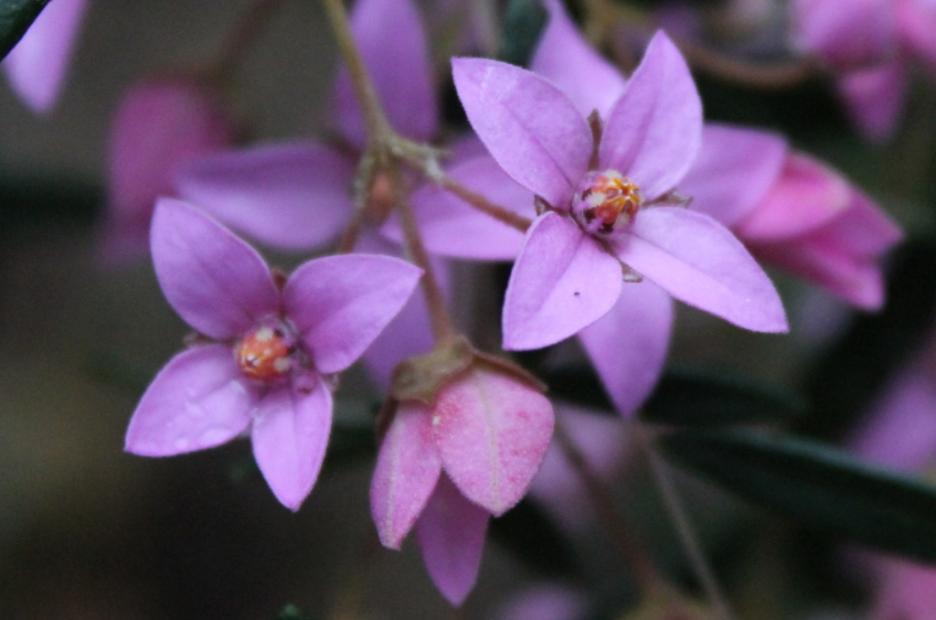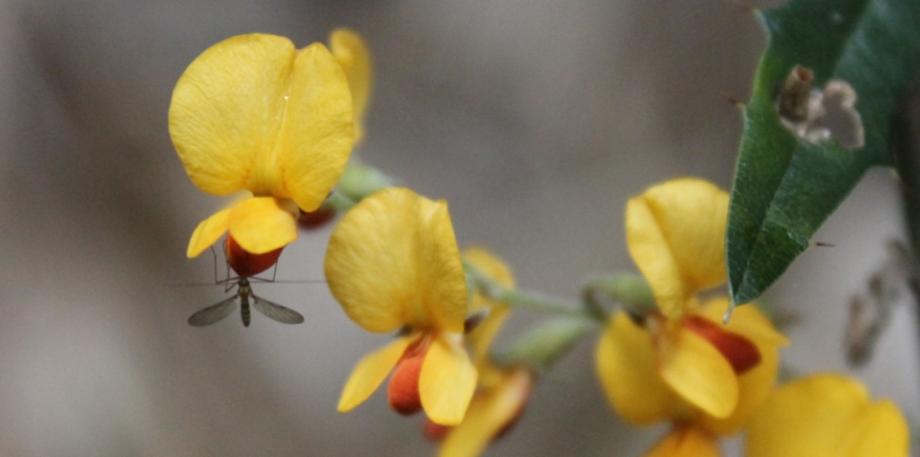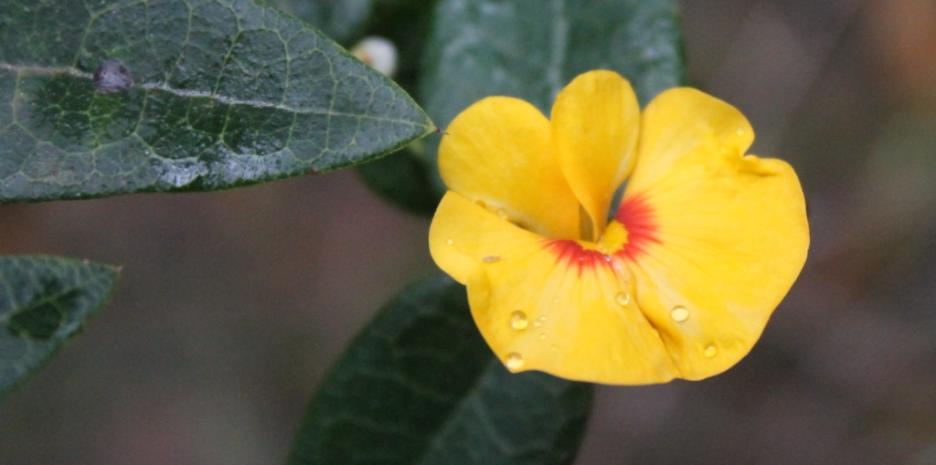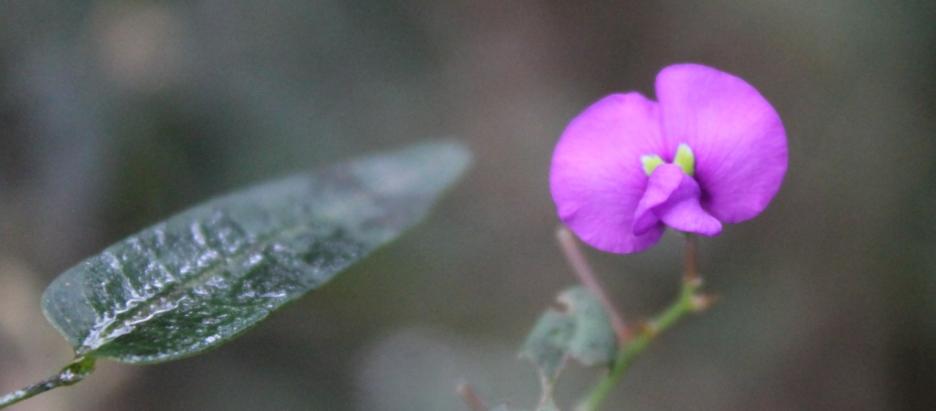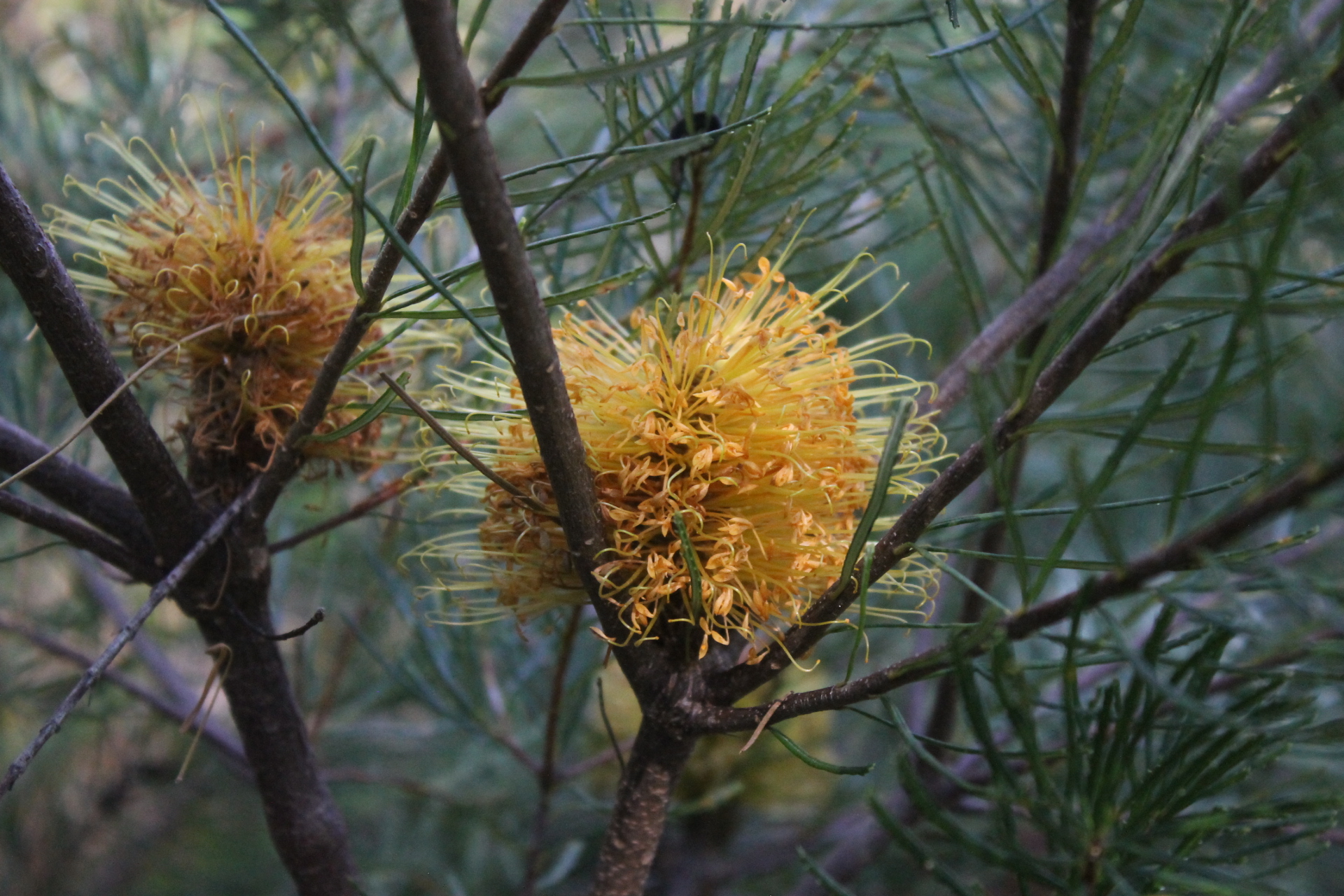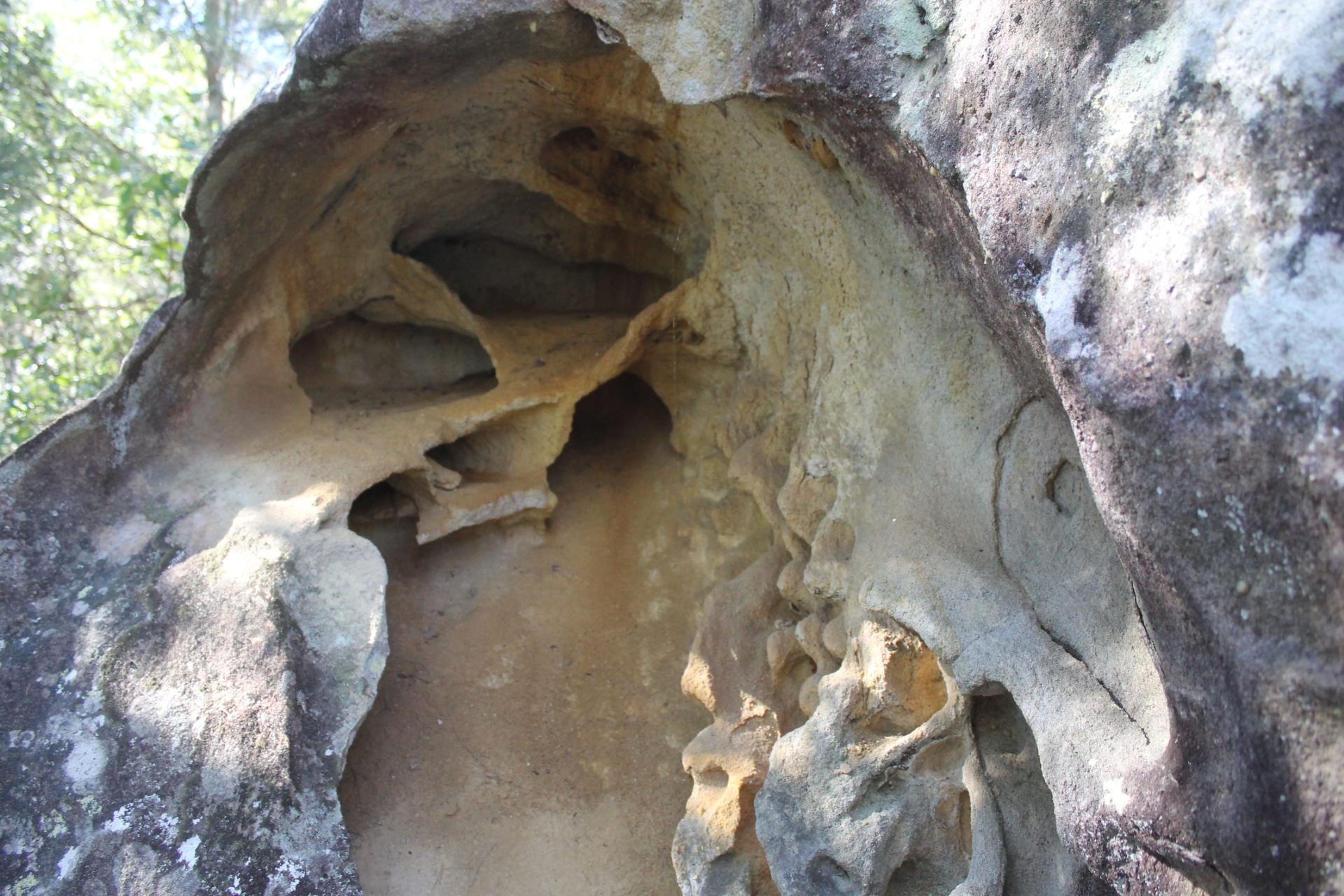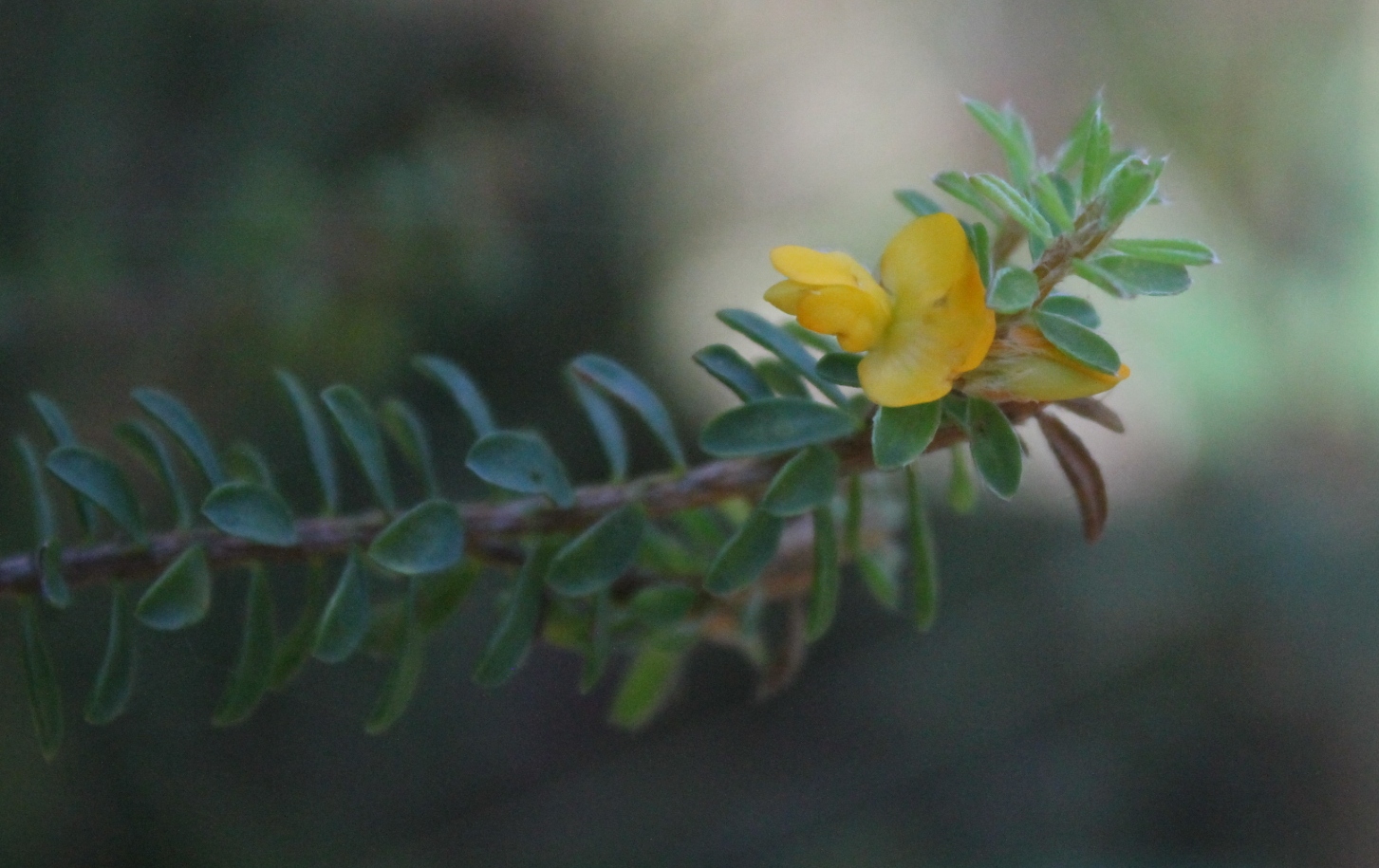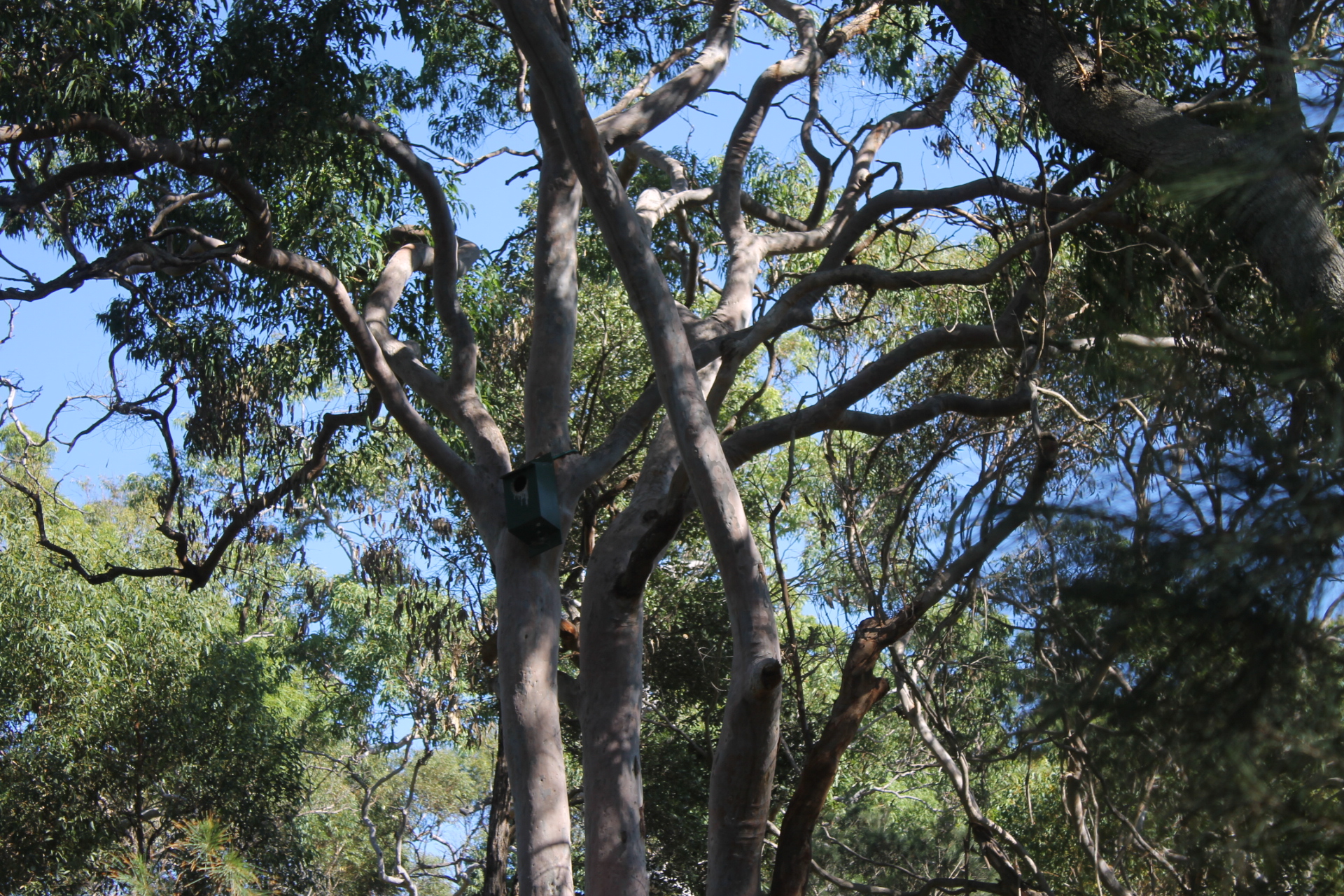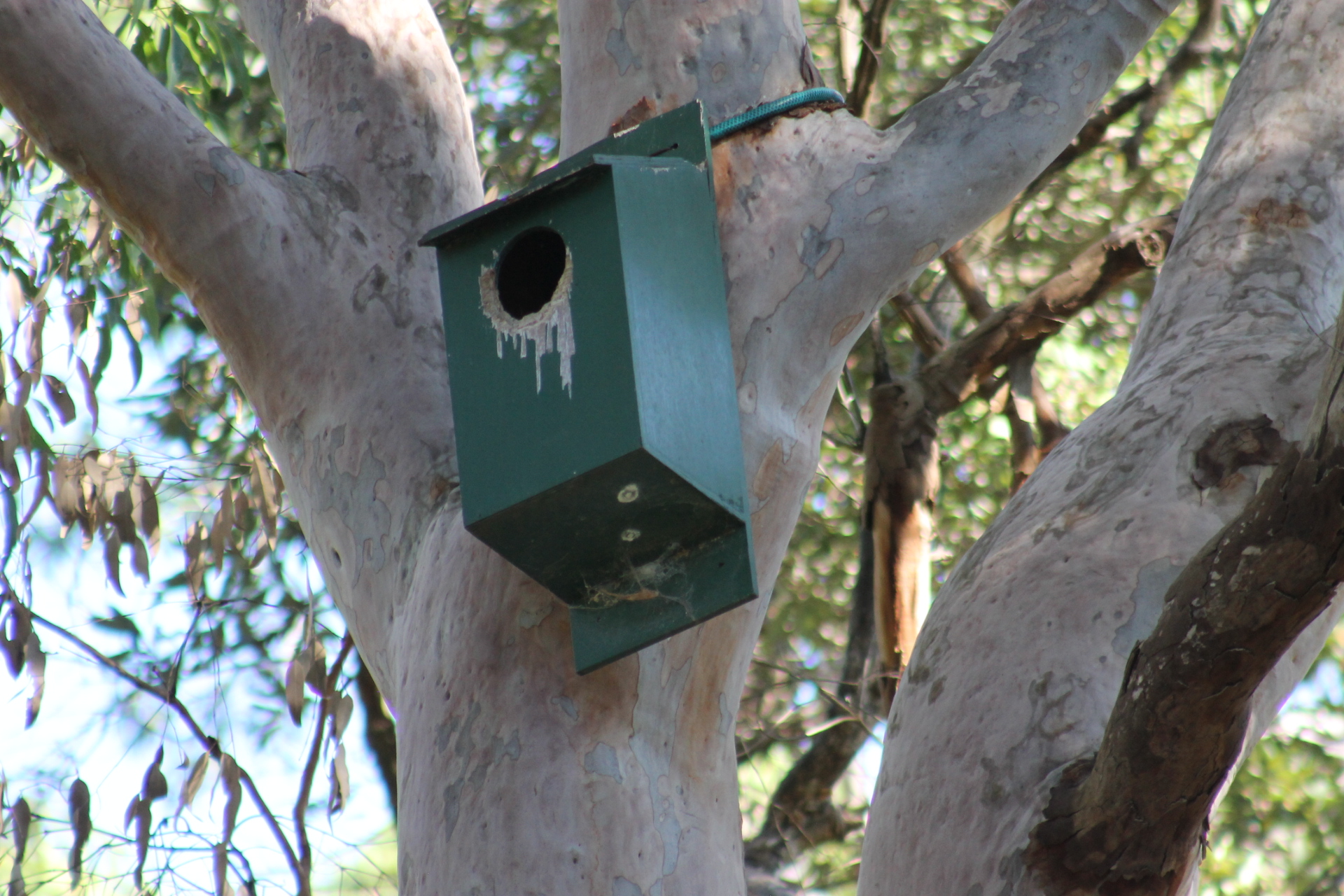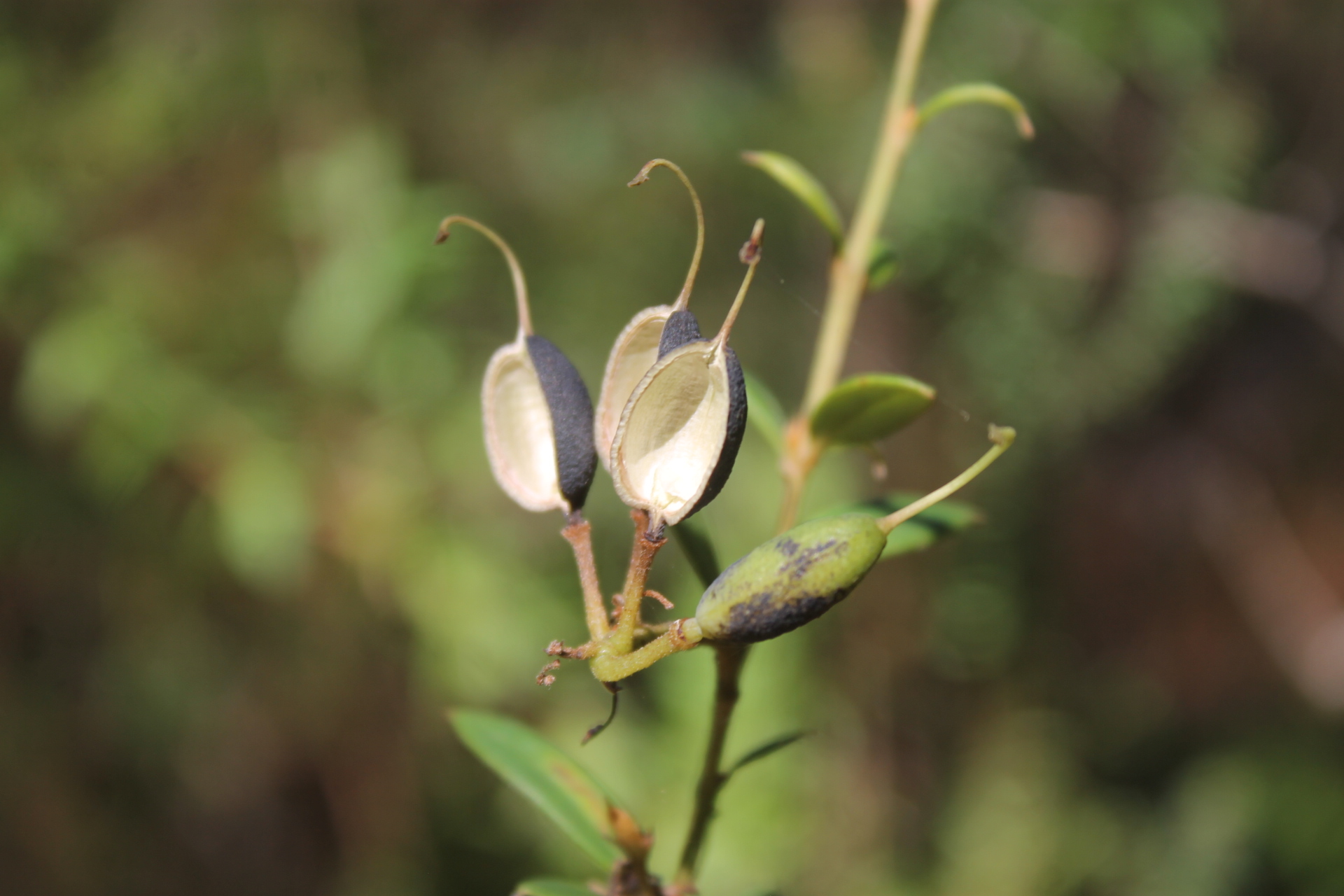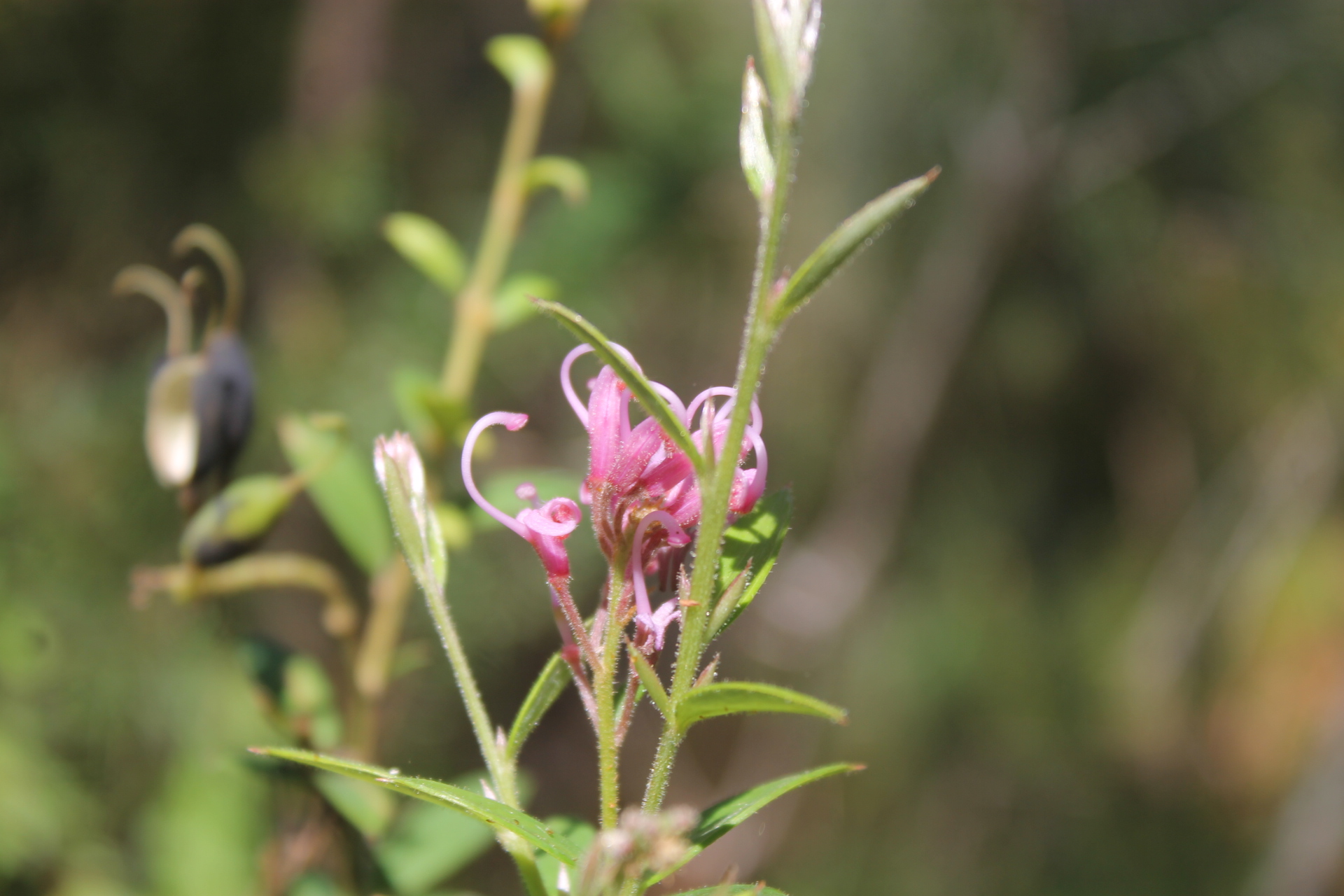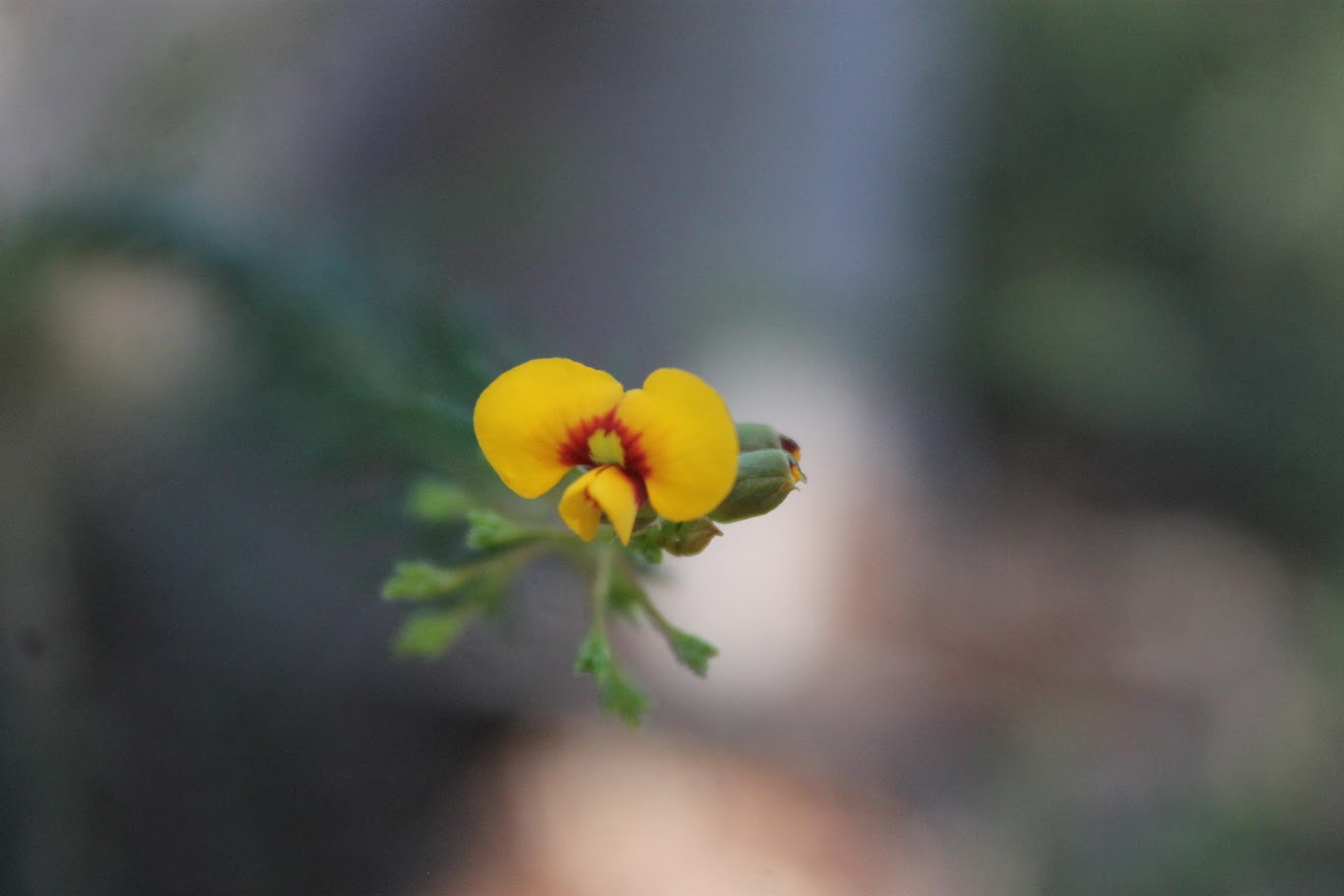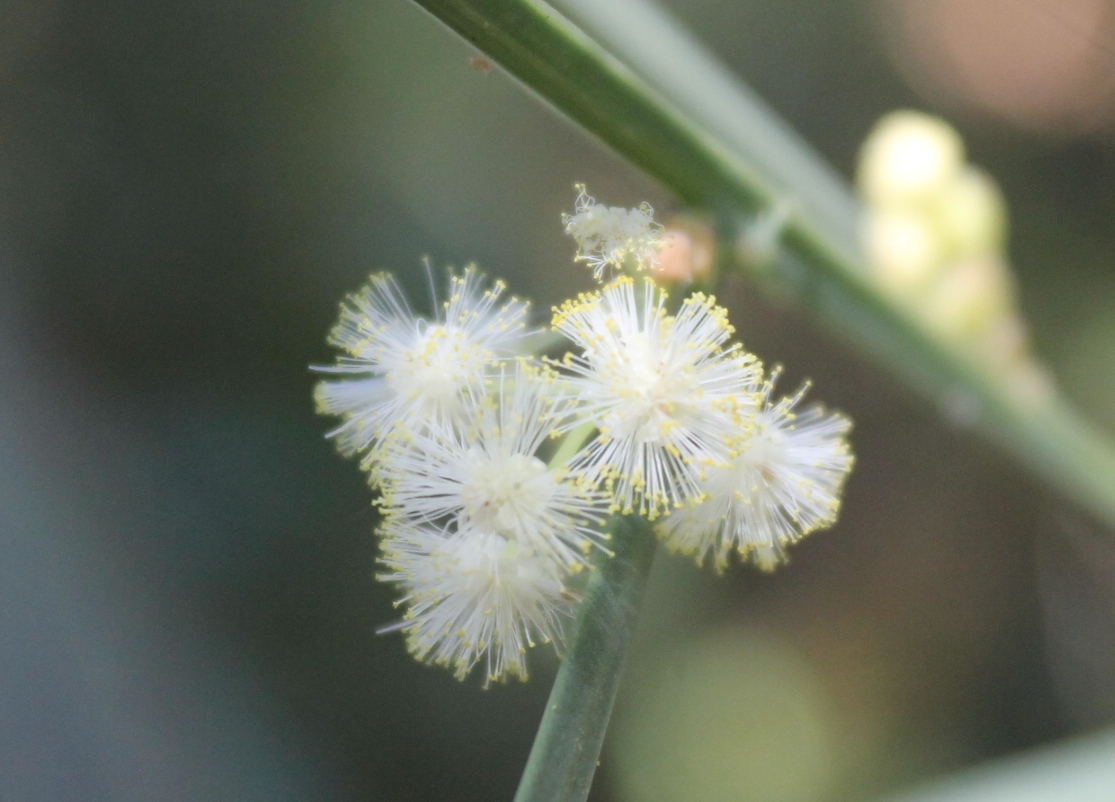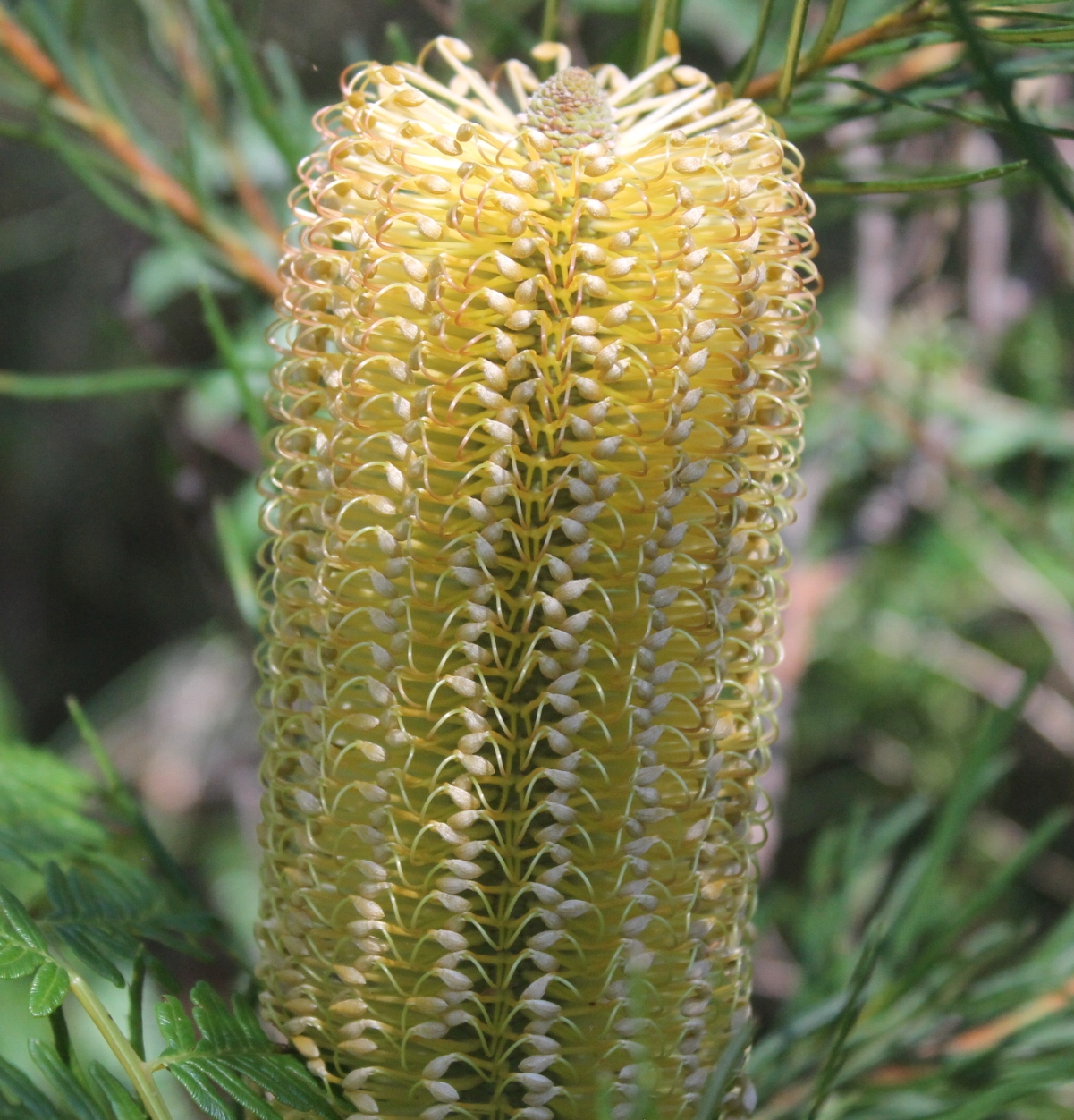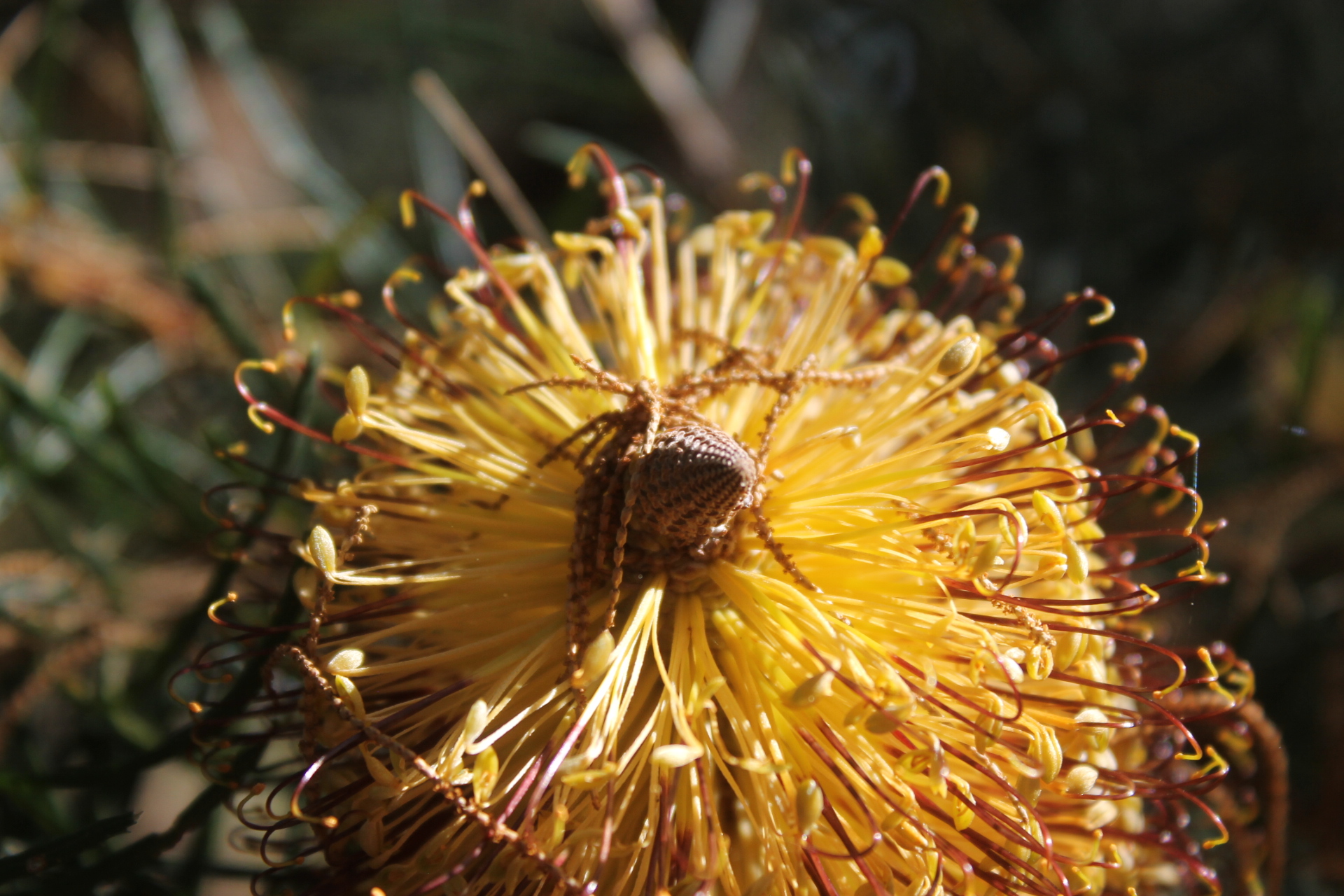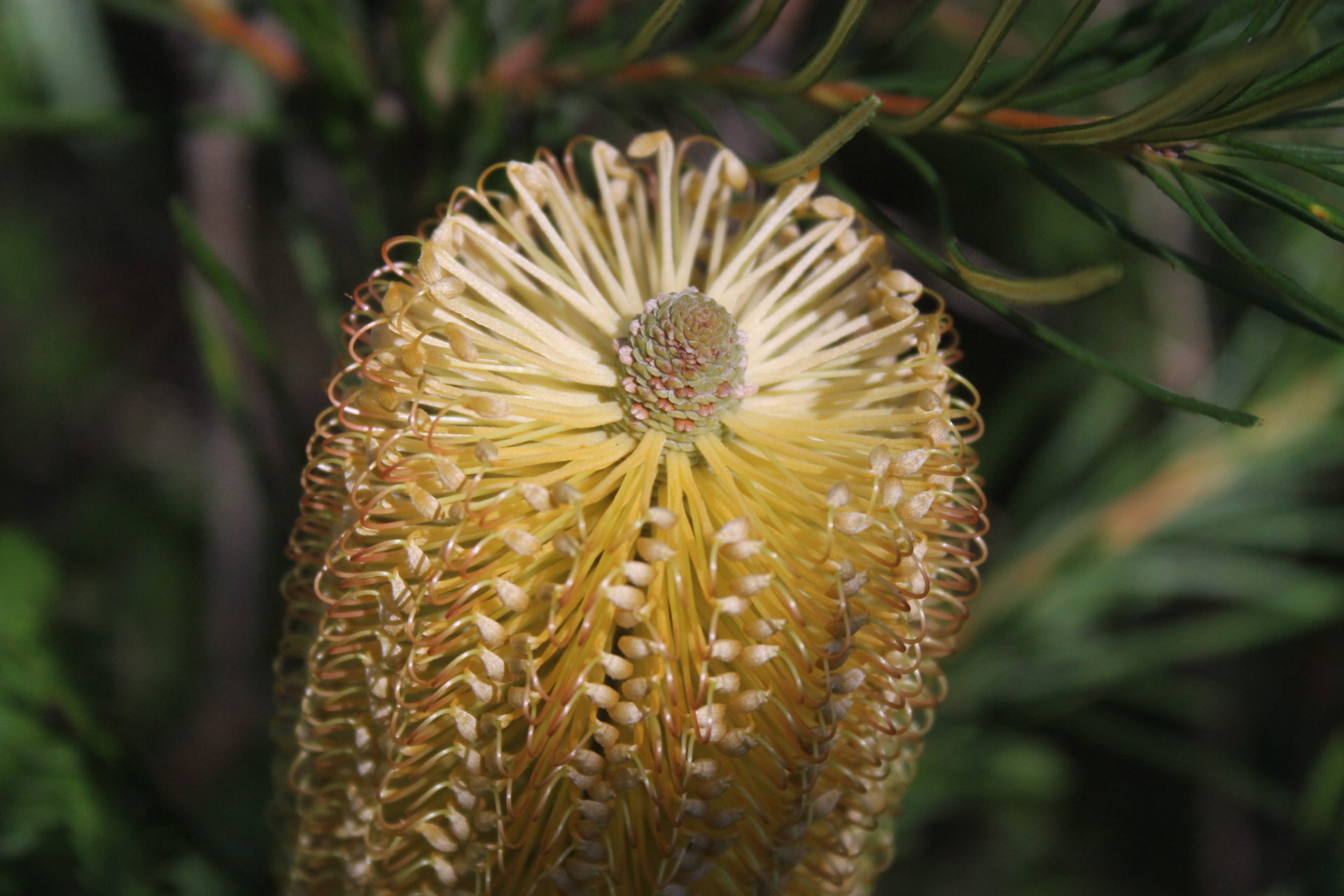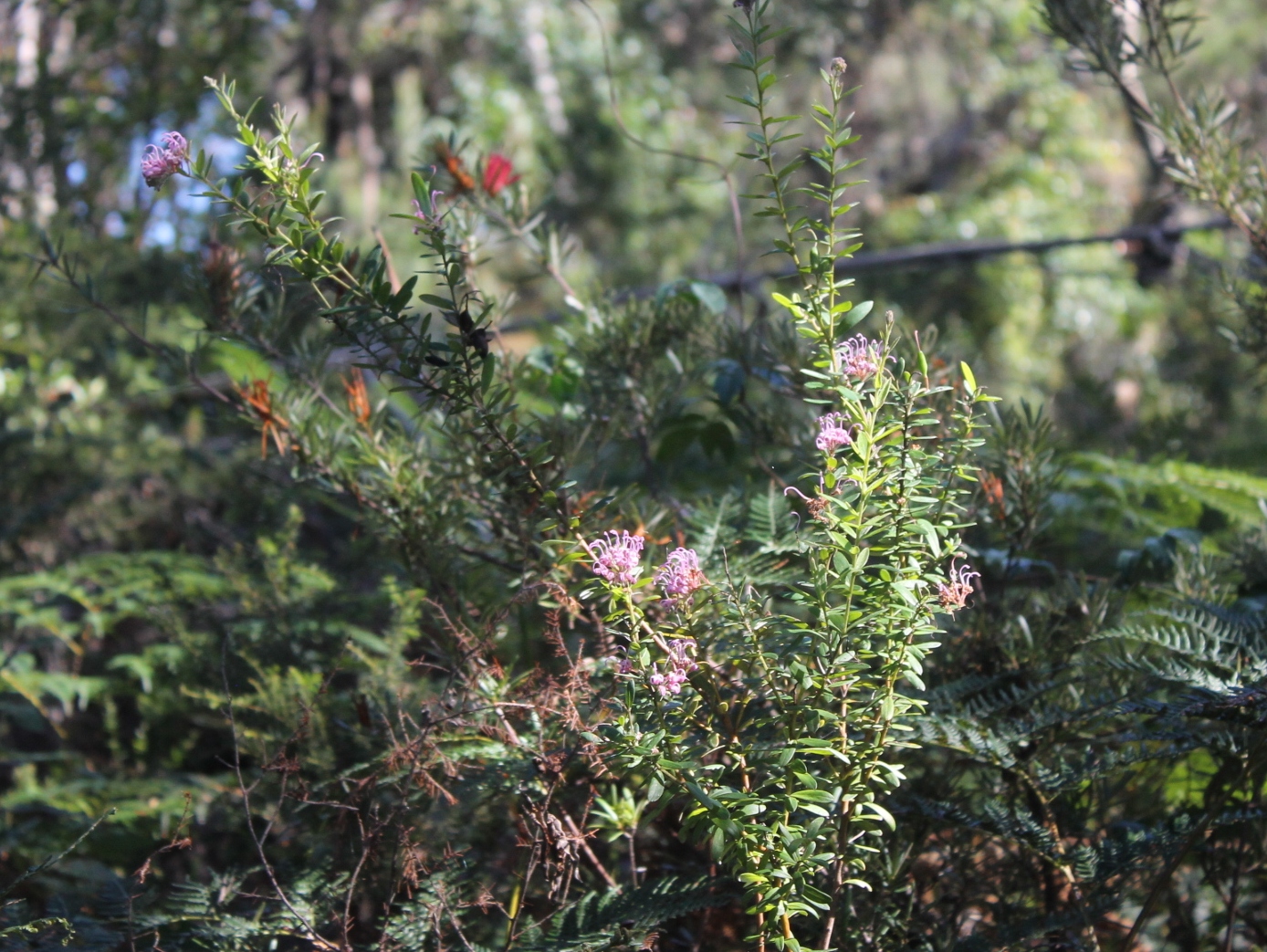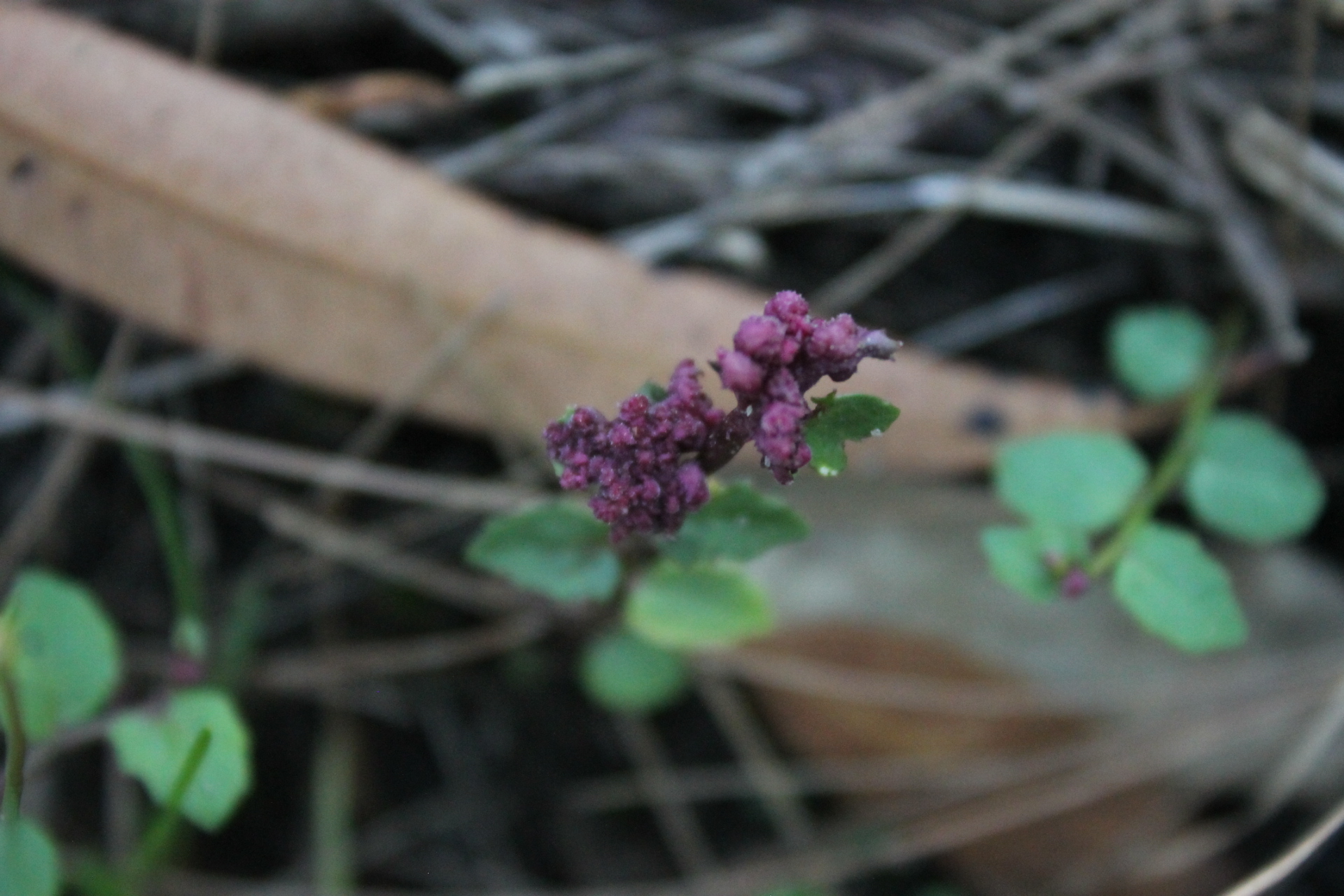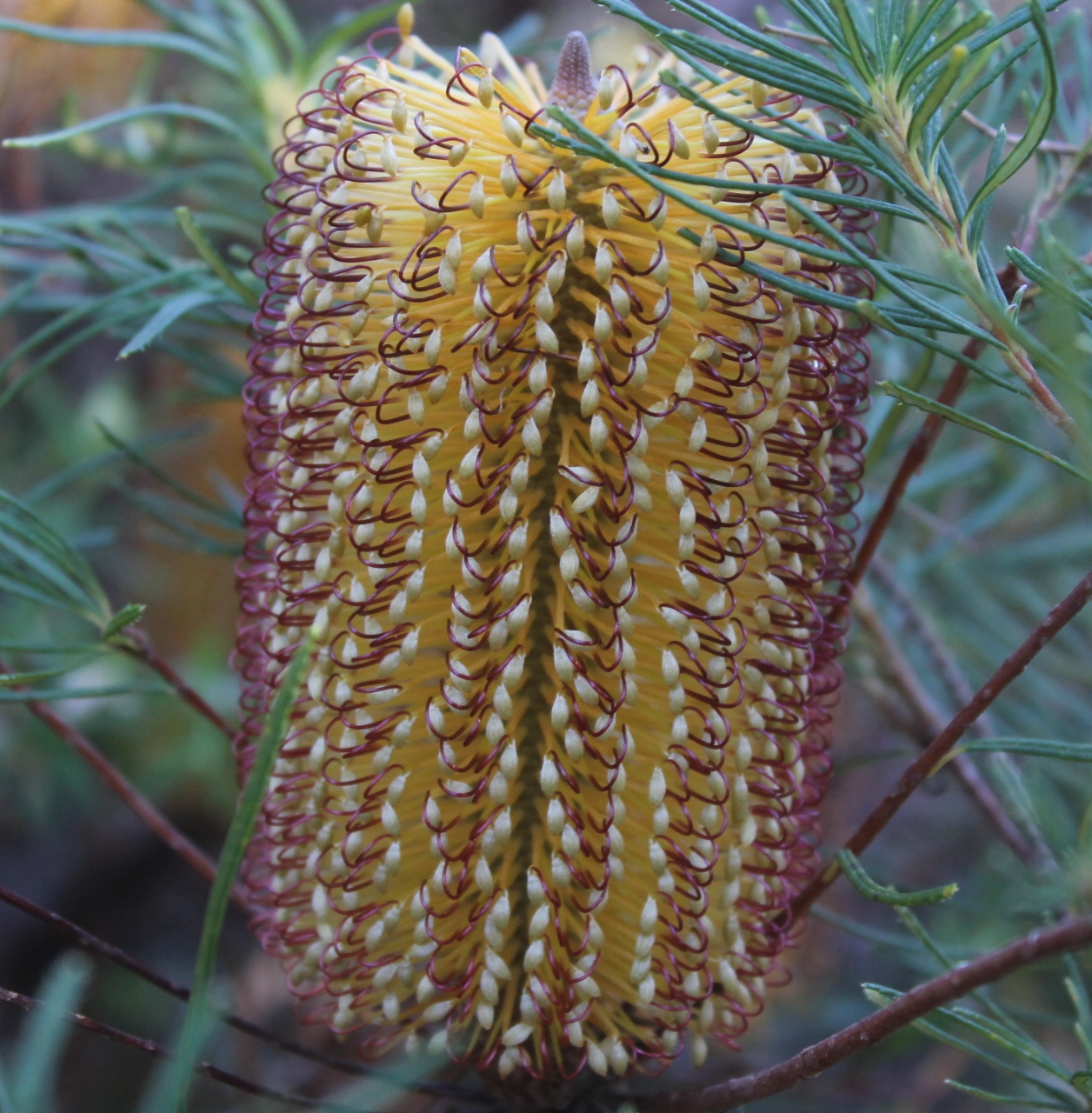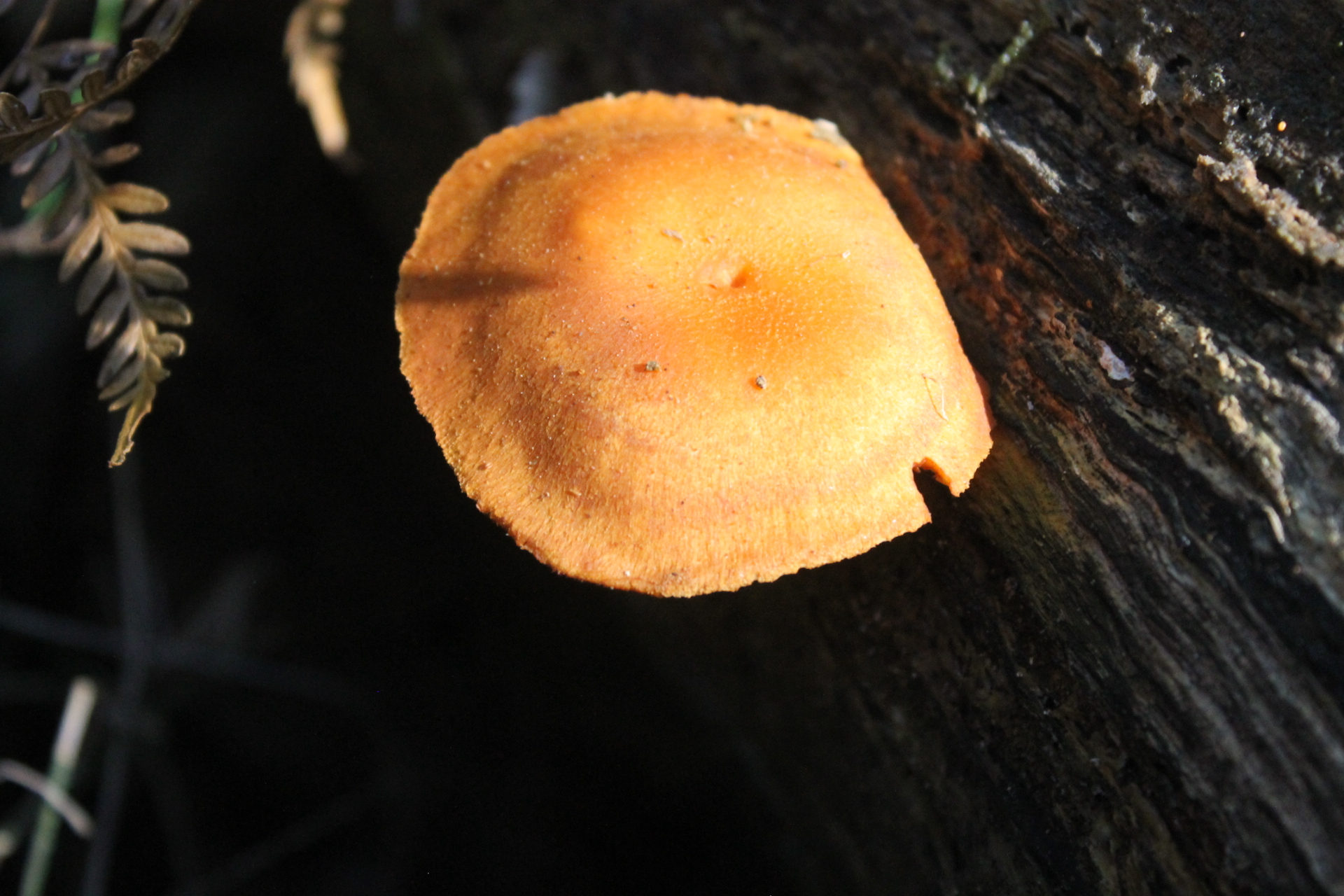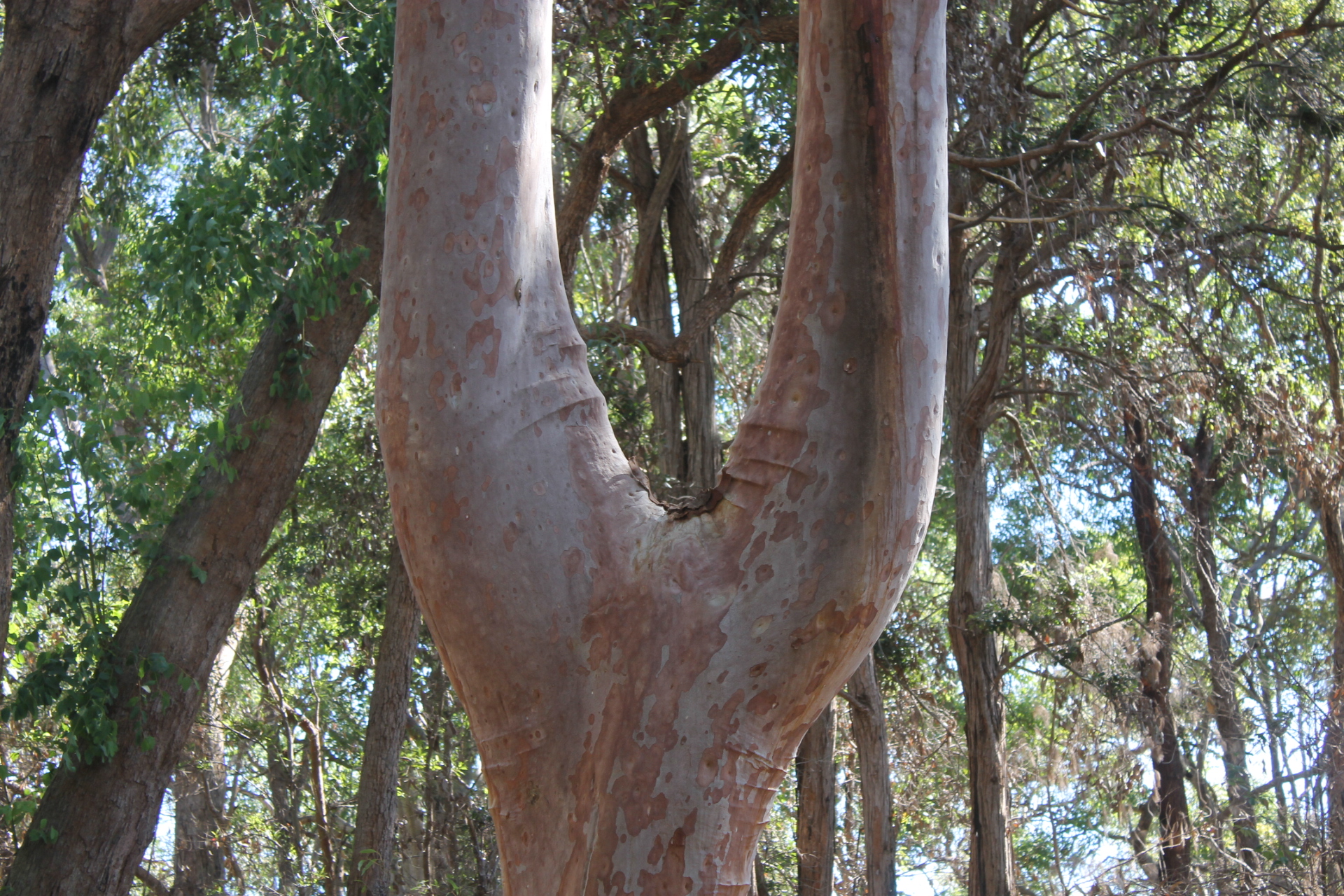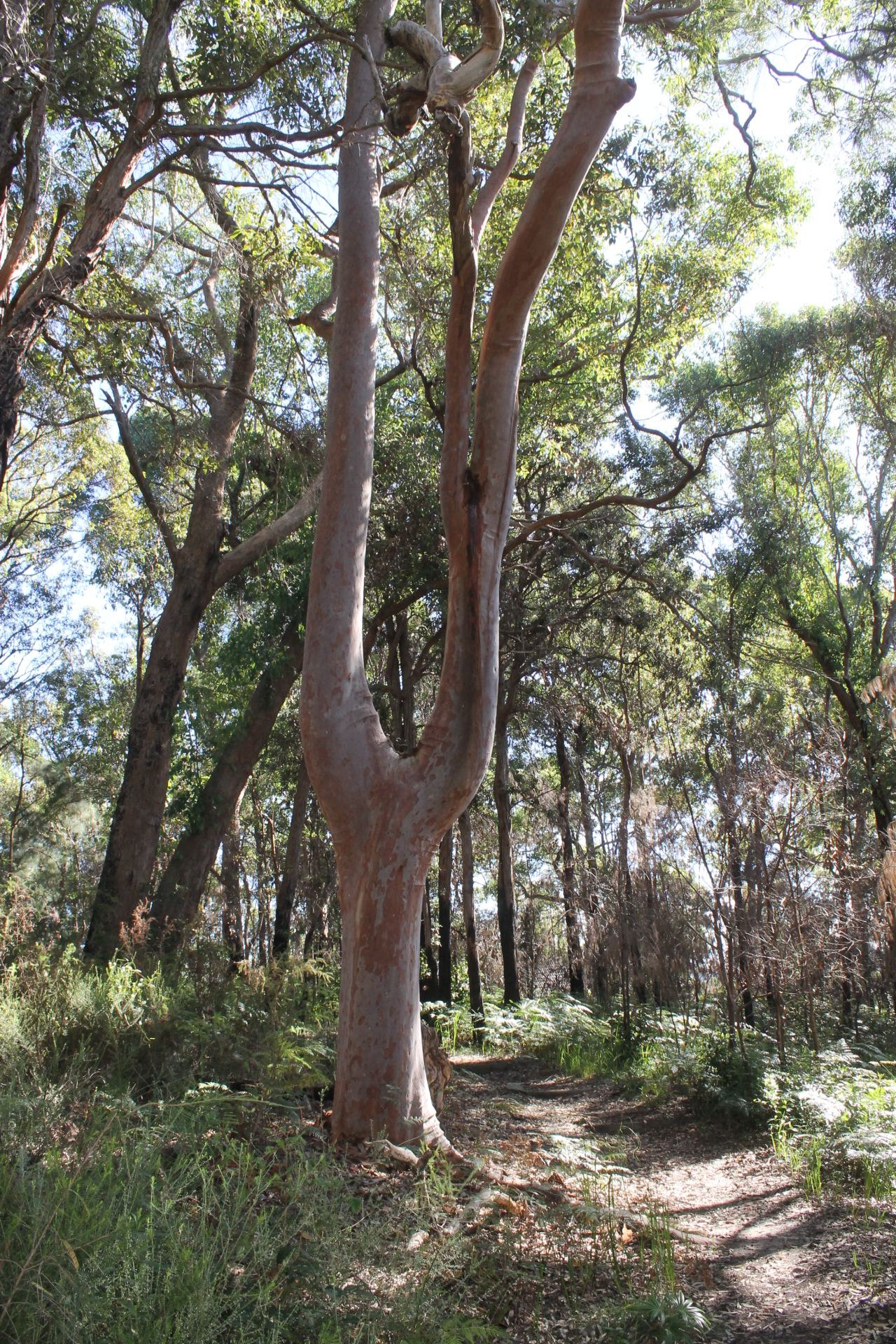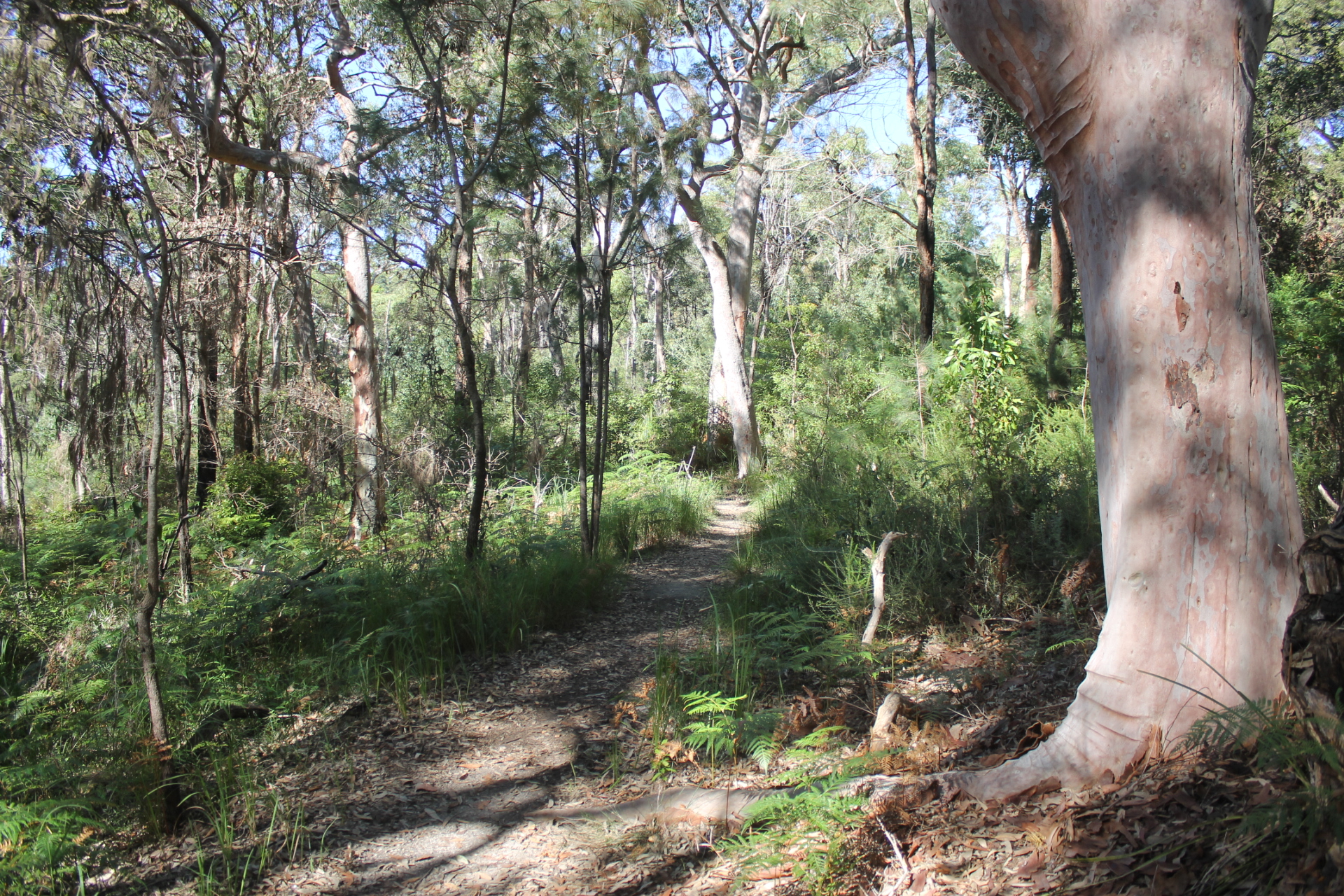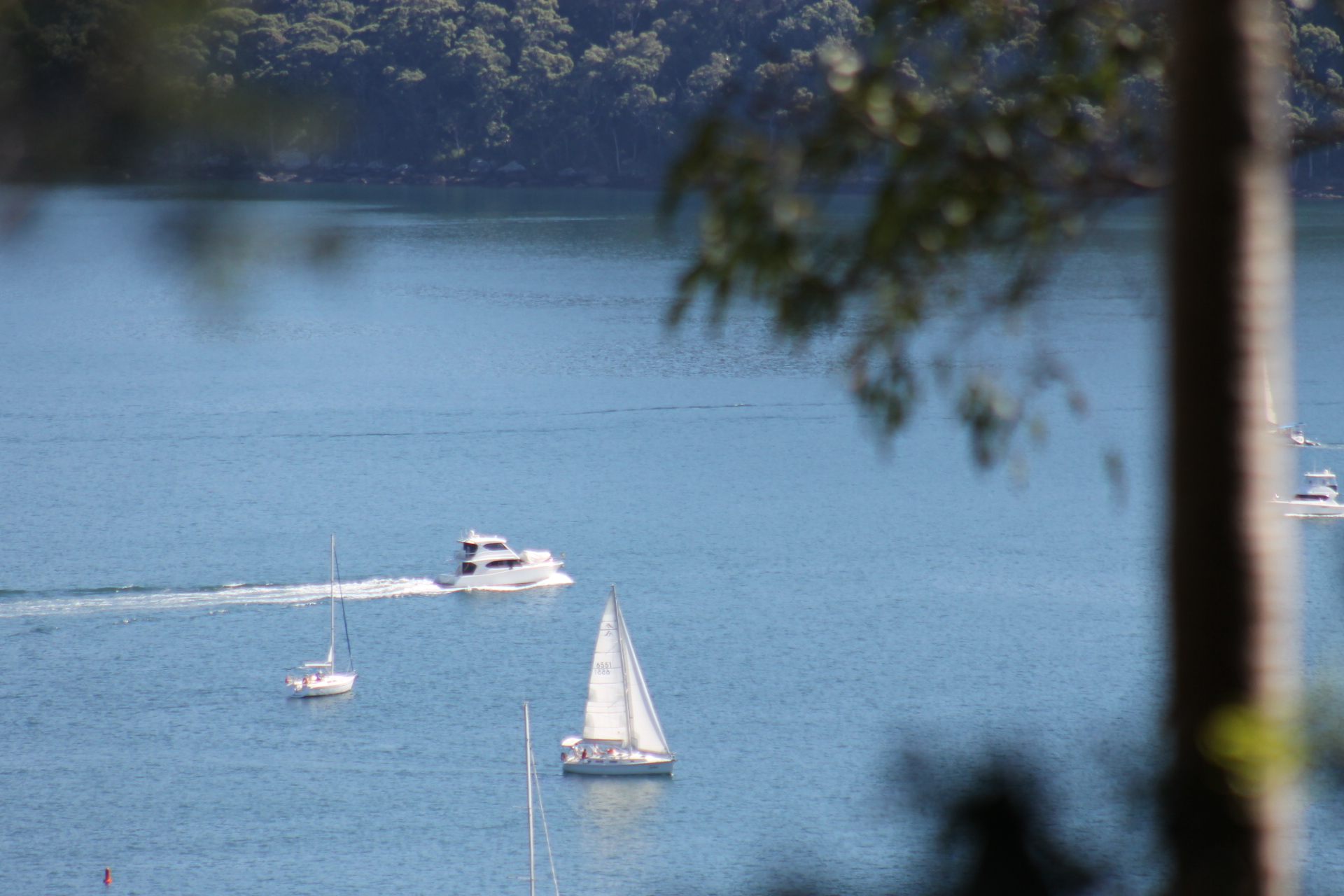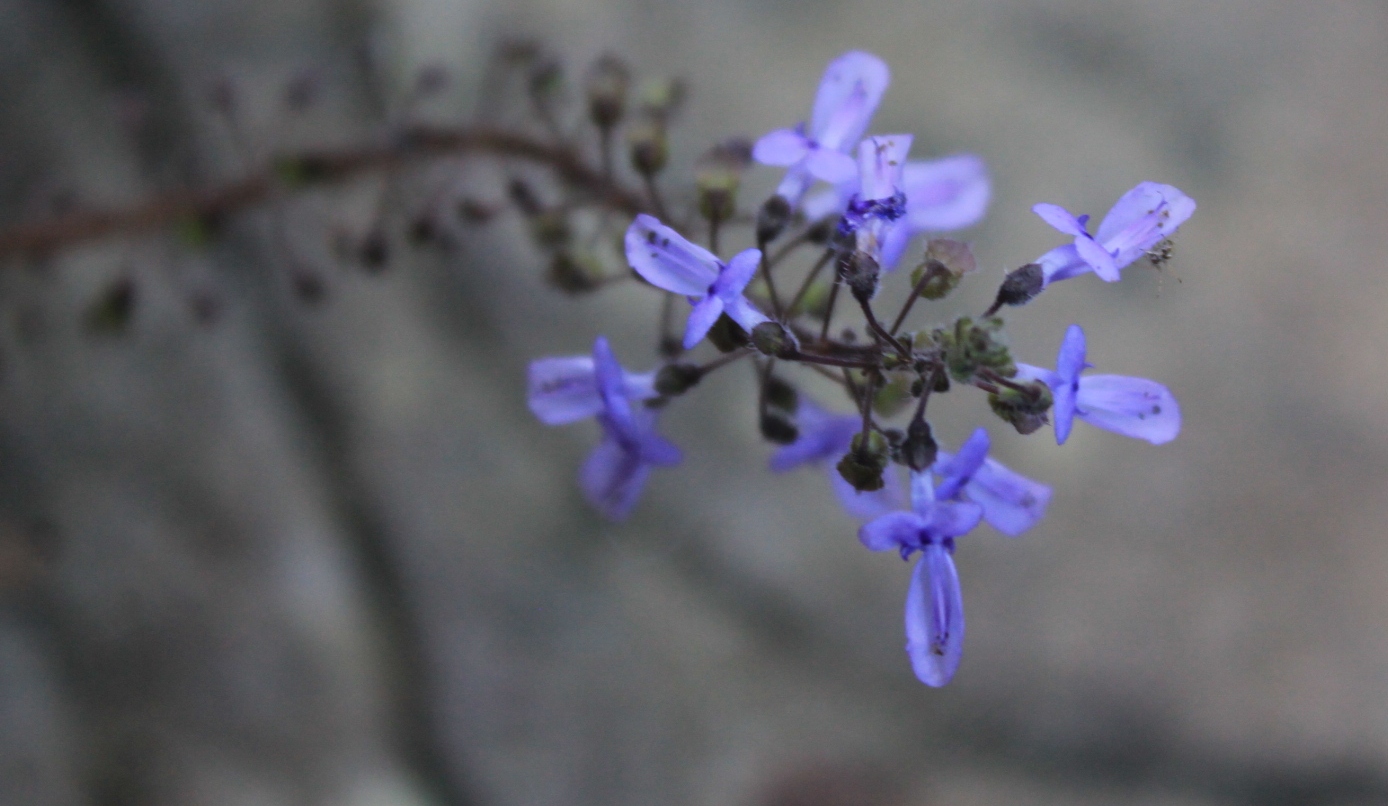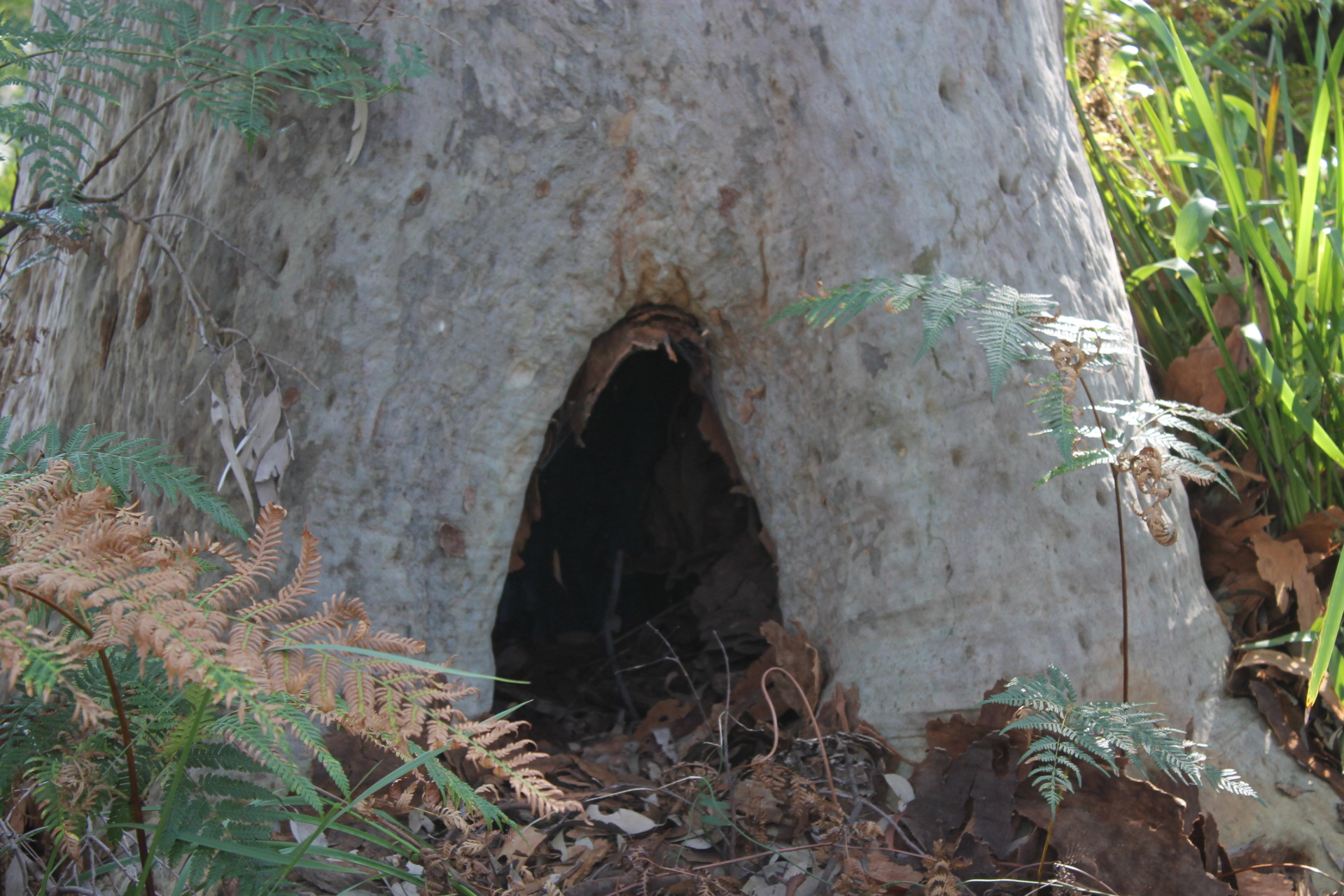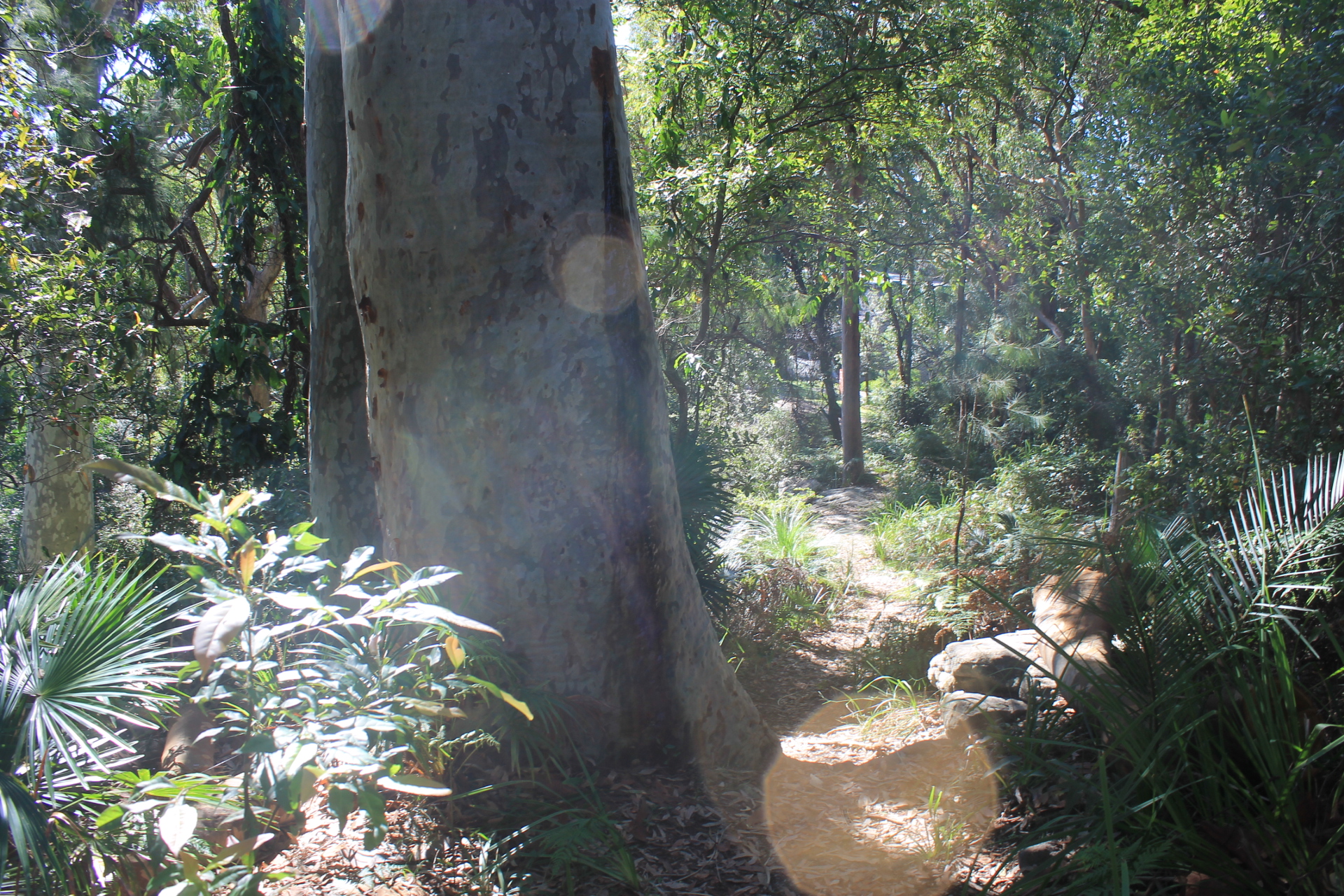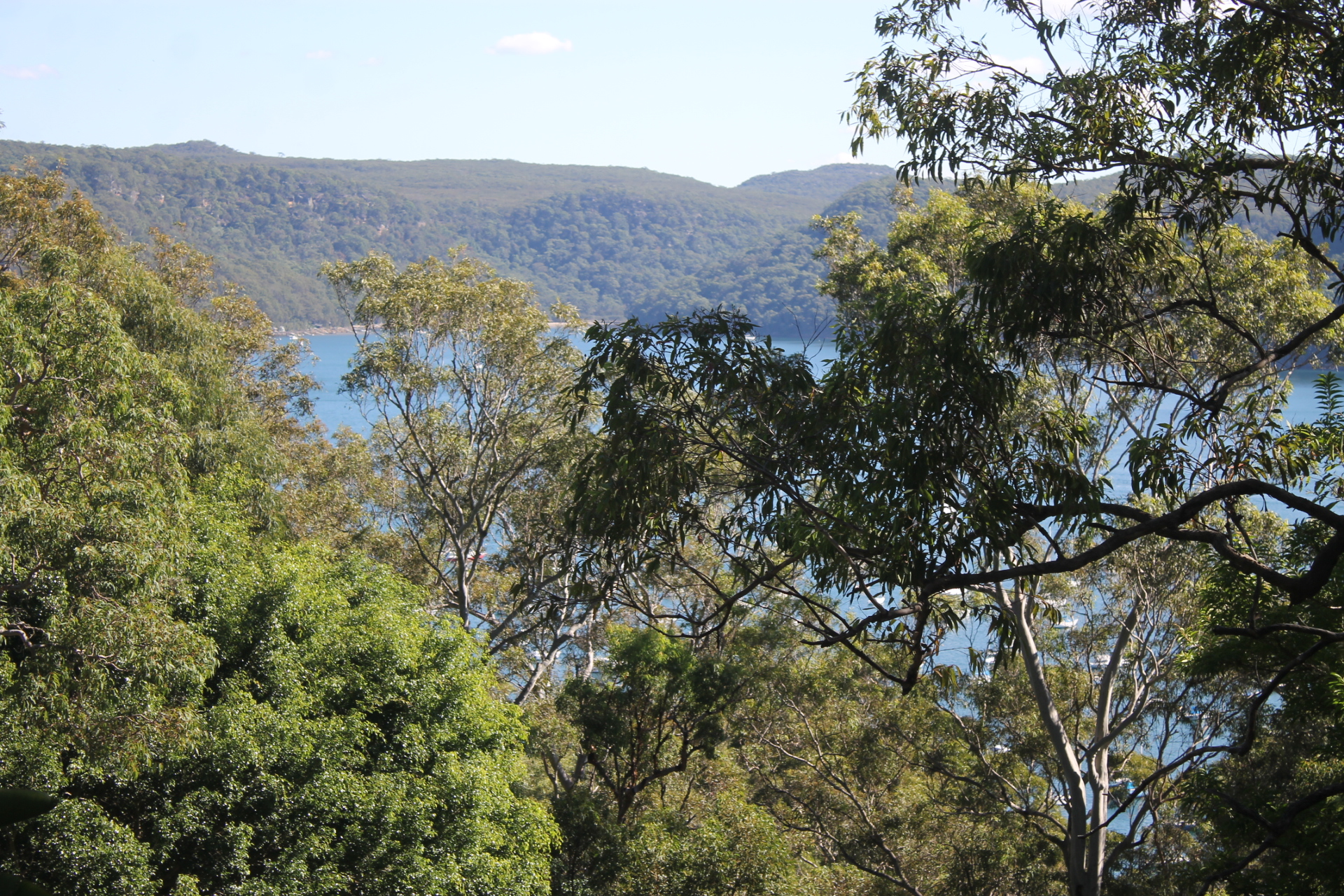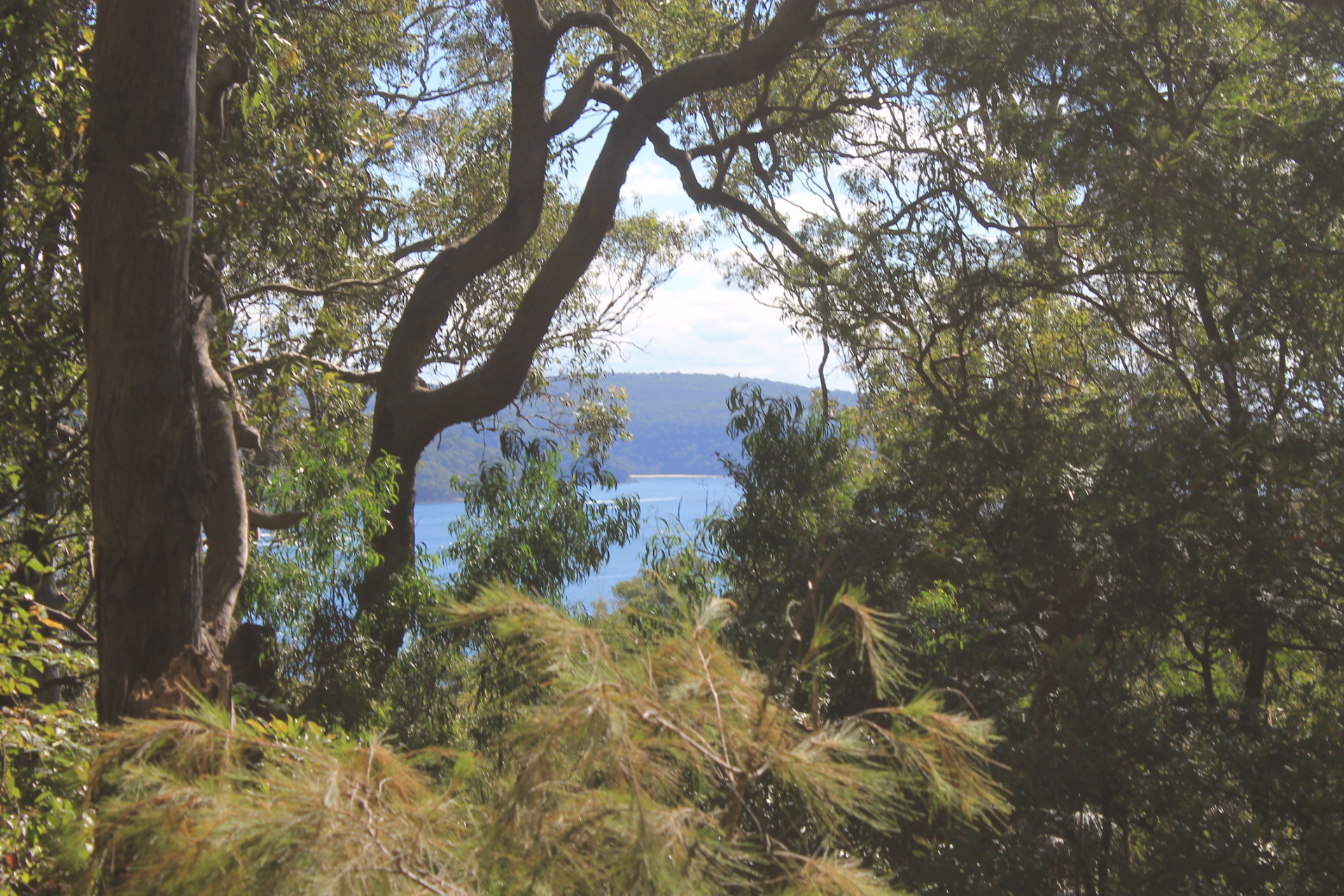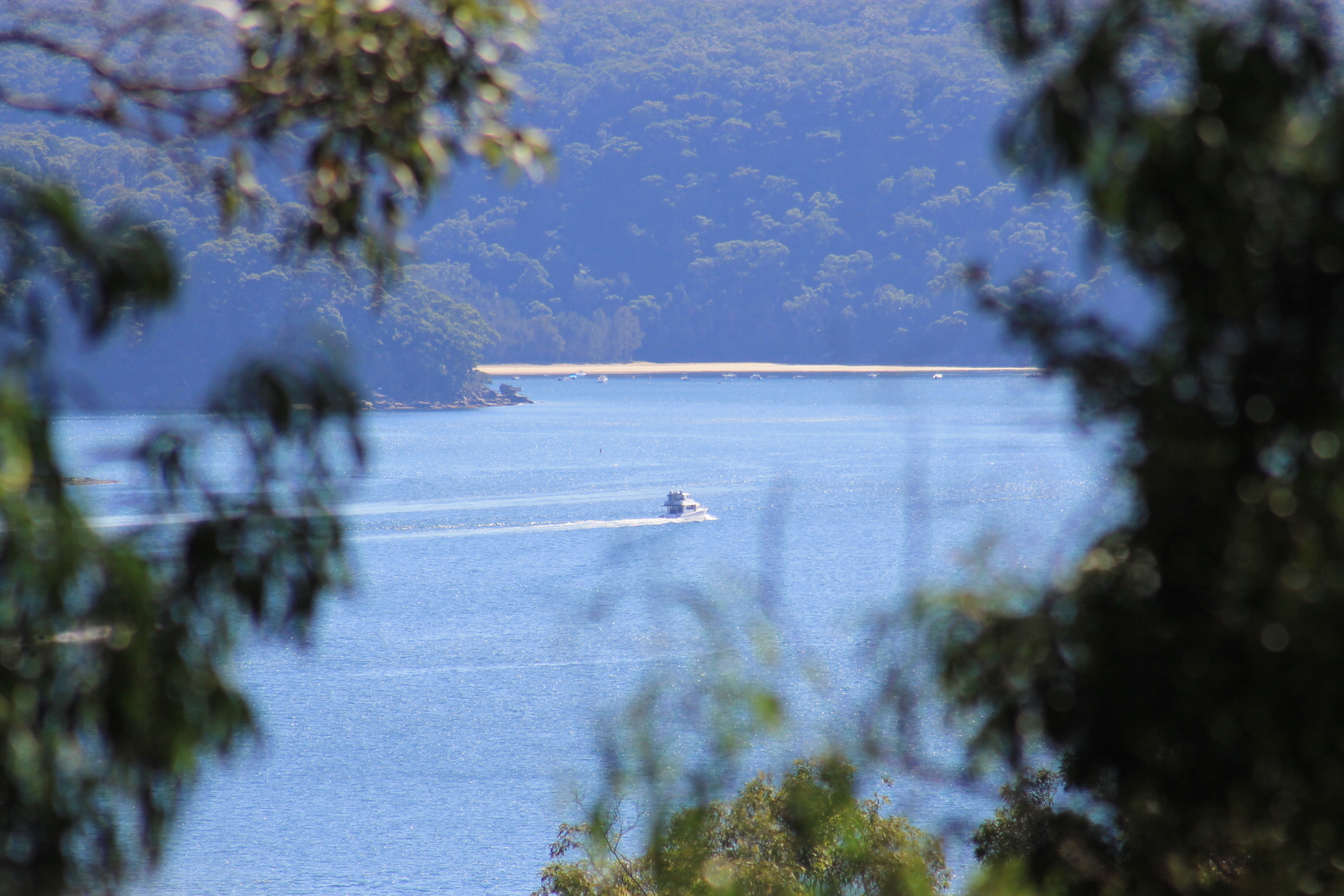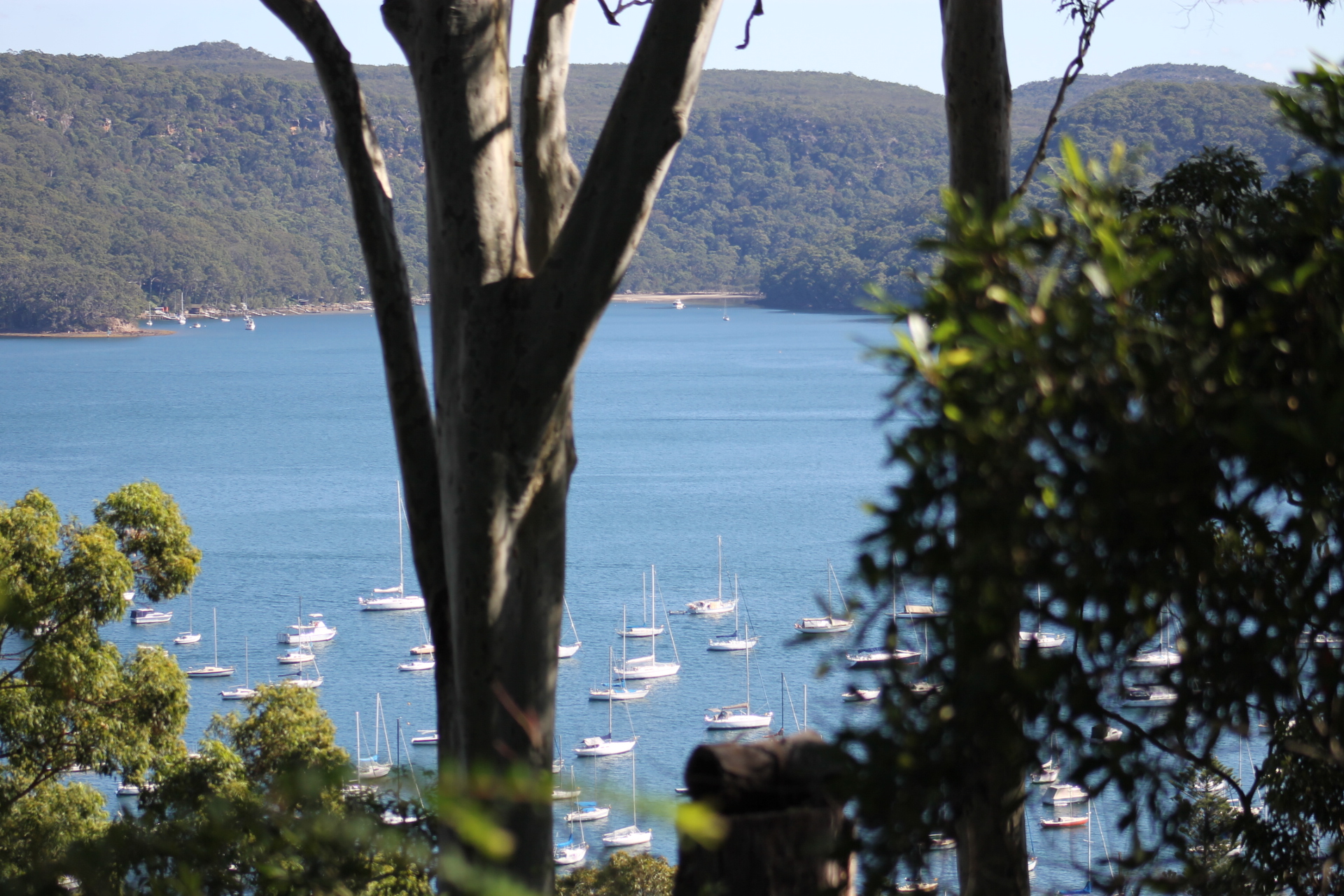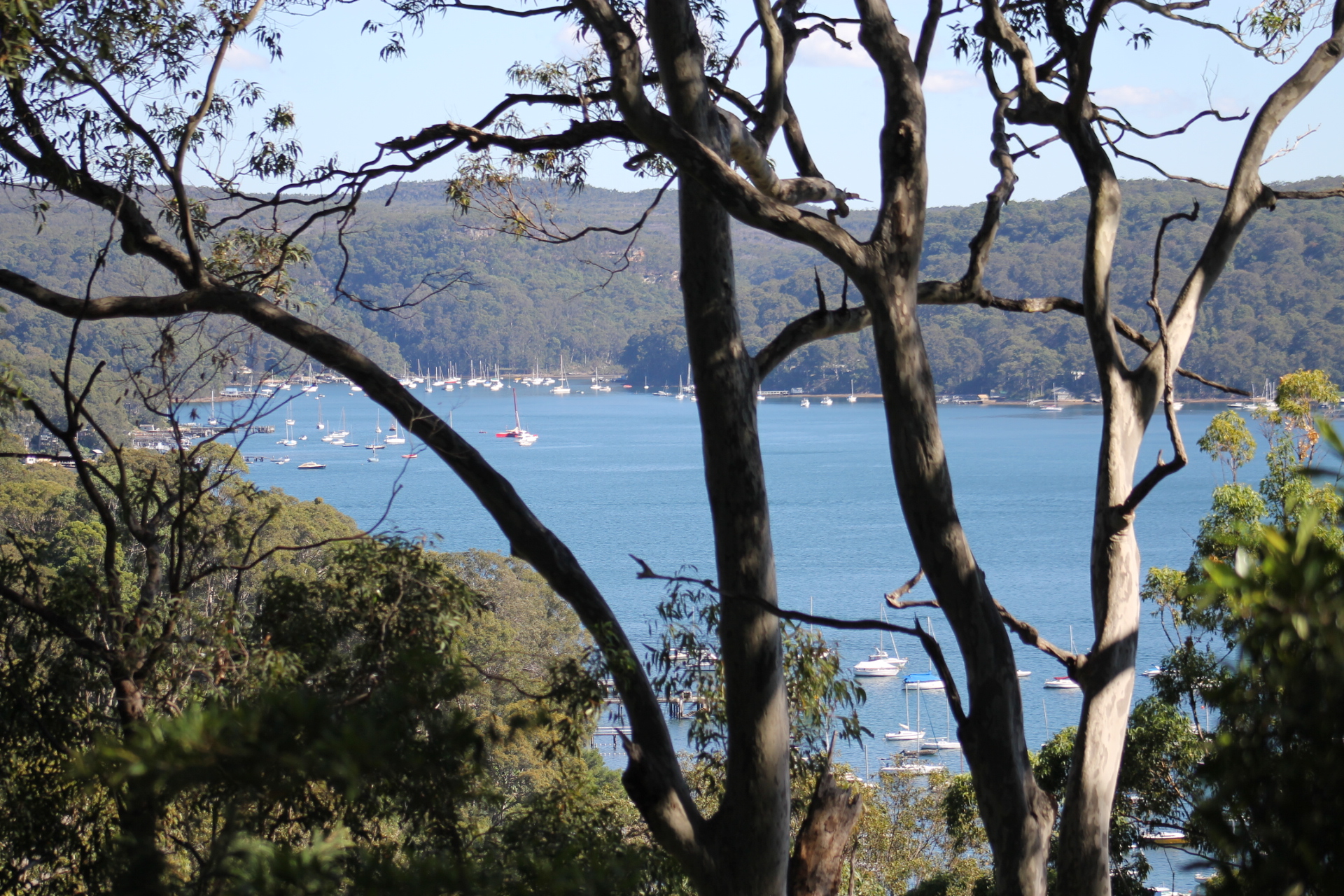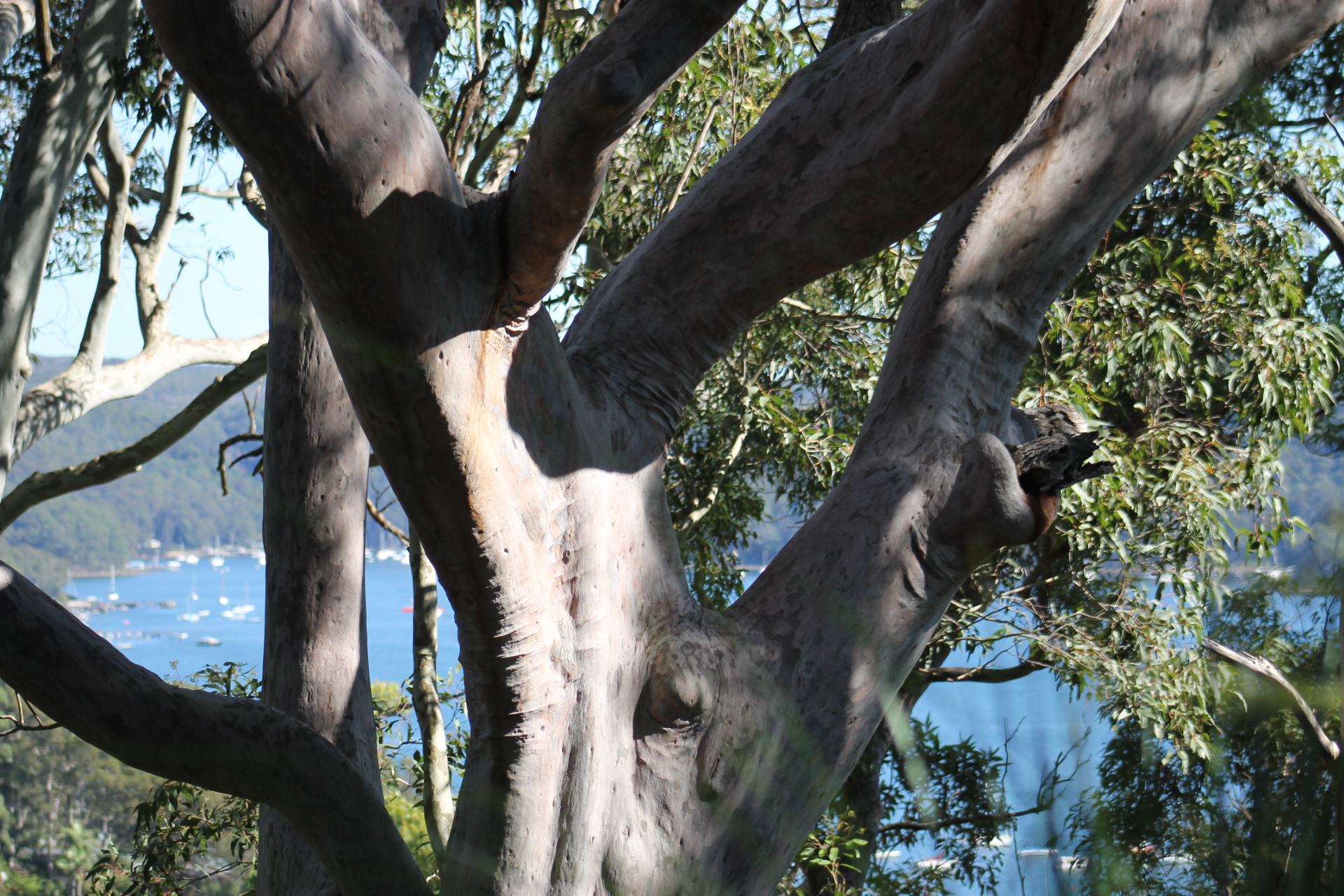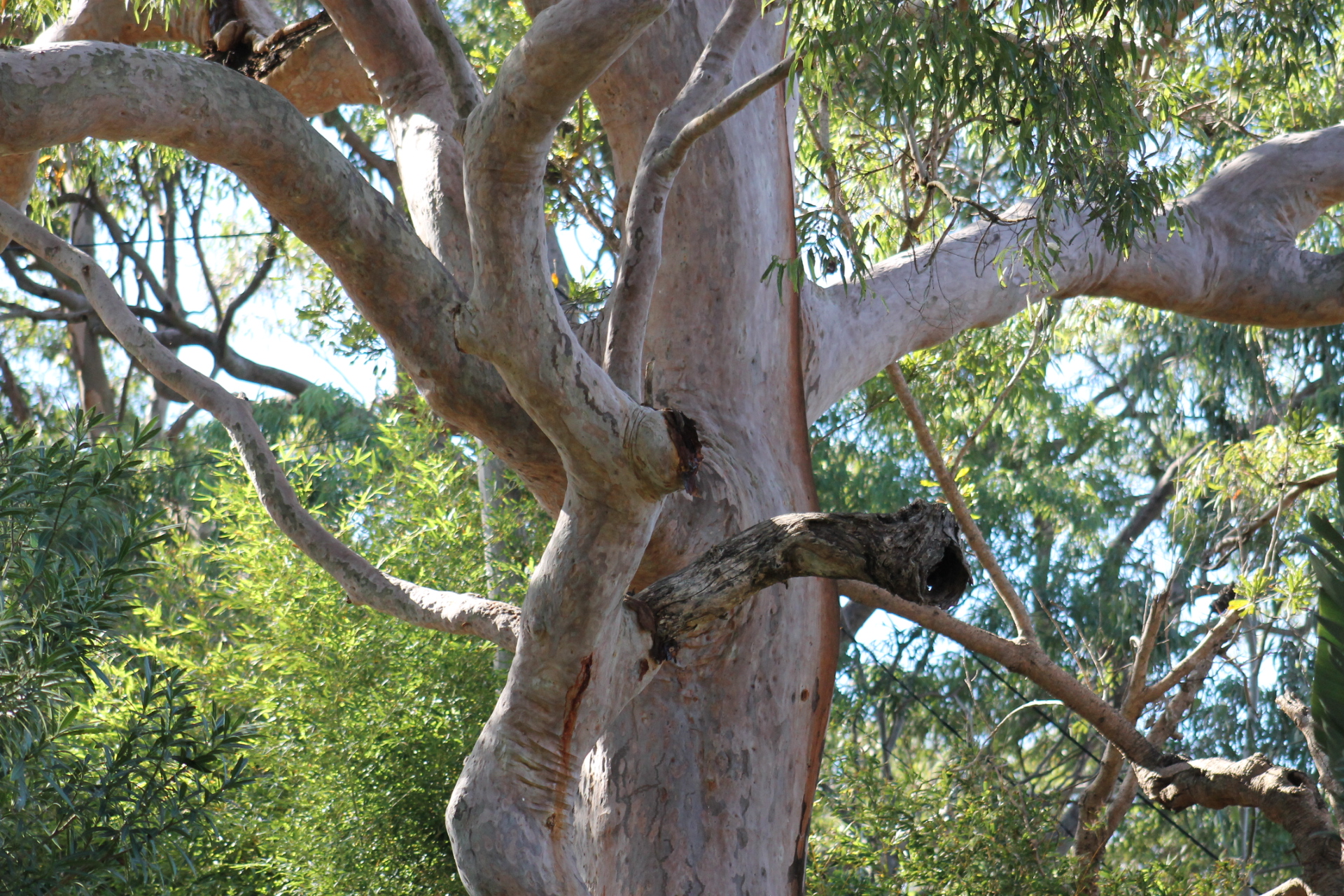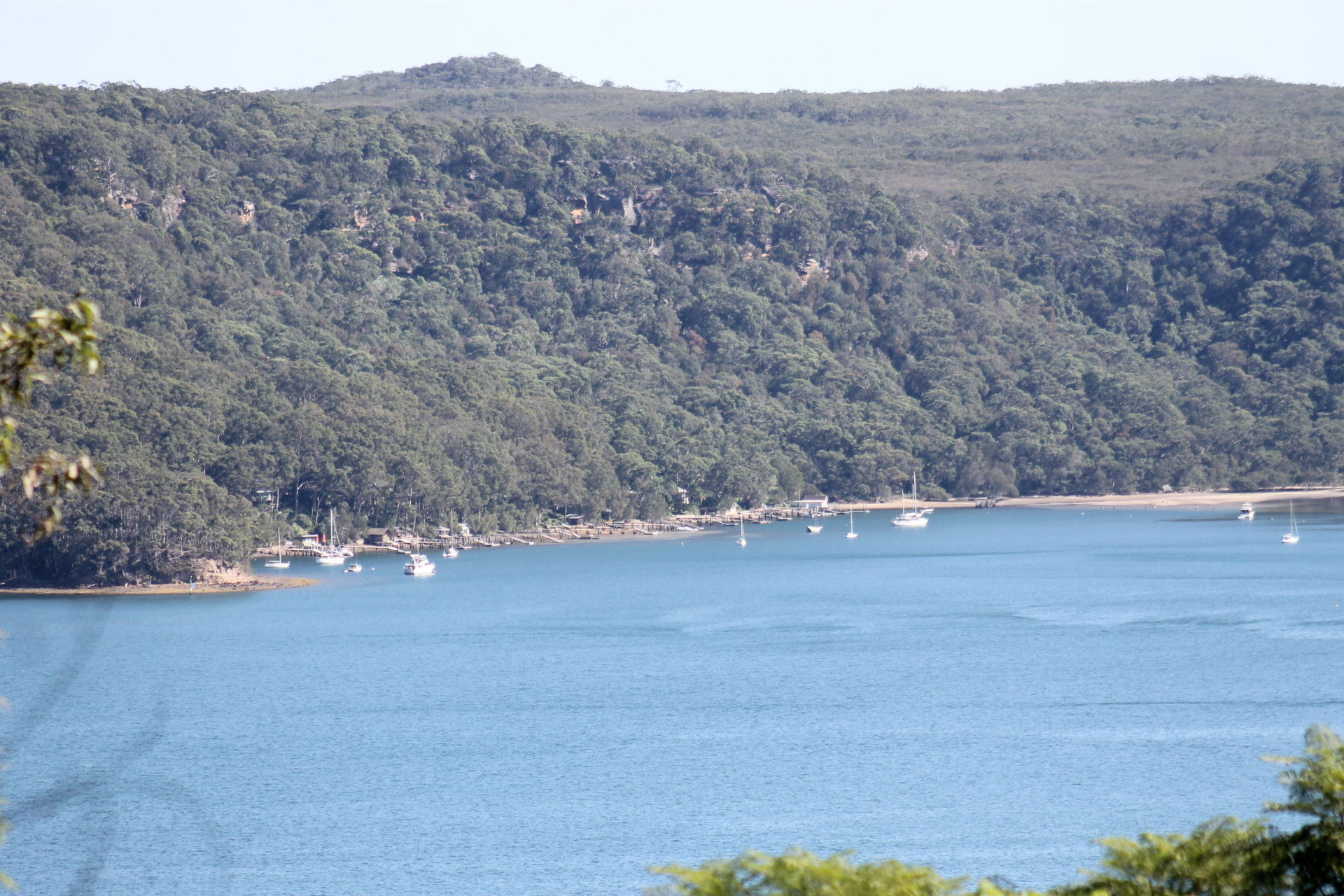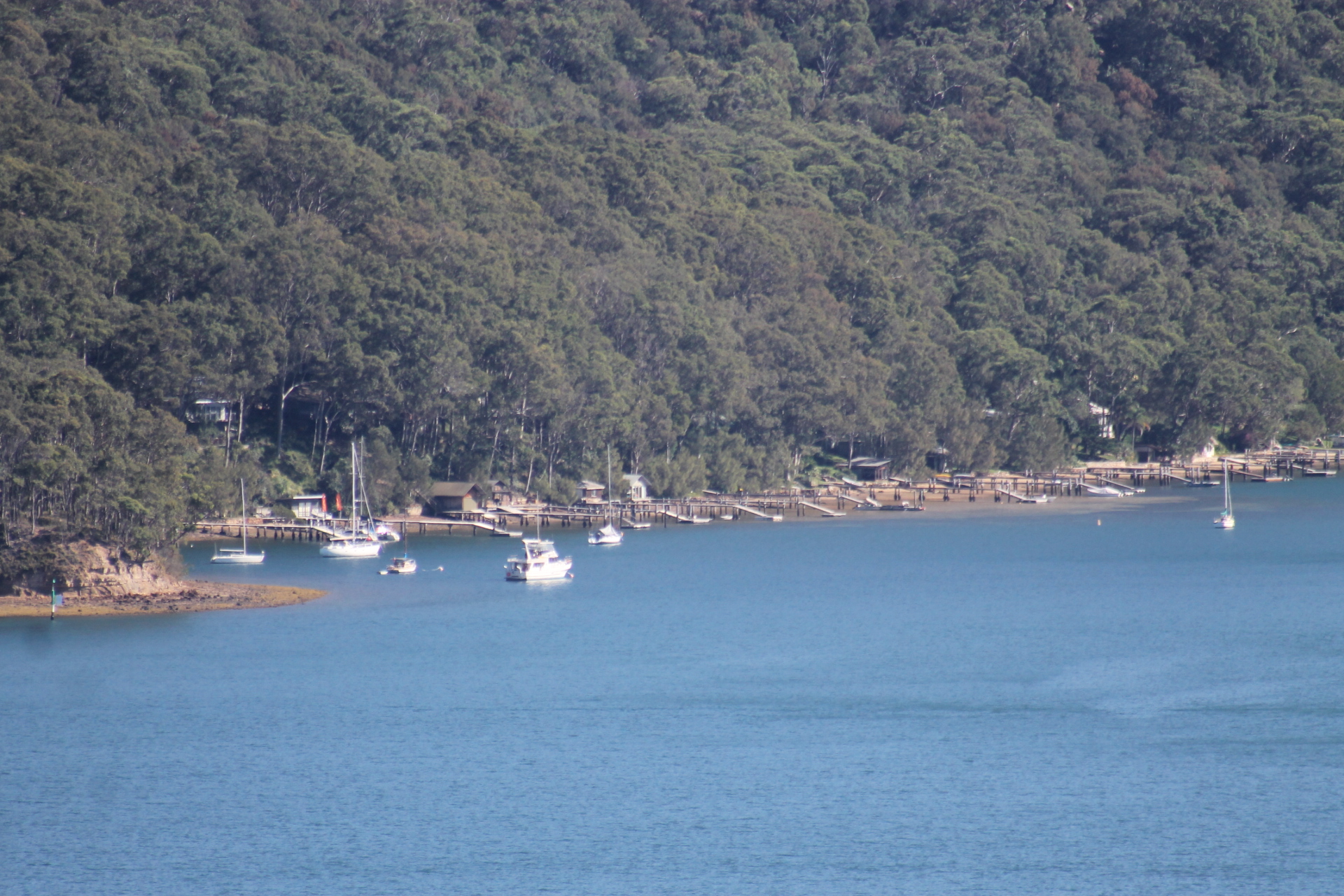ANCIENT RED GUM.
Centre of New Reserve.
BUSH NEAR AVALON.
'Set aside by' the Wild Life Preservation Society of Australia, primarily for the preservation of a giant example of the Sydney red-gum (Angophora lanceolata), the Angophora Reserve, at Avalon, was officially opened on Saturday afternoon by Sir Philip Street.
The president of the society (Mr. W. G. Kett) said the reserve was a memorial to the line work in the cause of science done by their secretary, Mr. D. G. Stead.
Sir Philip Street said that the society, in preserving this great tree as a natural monument and setting apart the area with its interesting fauna and flora, was rendering a public service.
The magnificent angophora, on which many axemen must have cast covetous eyes, was, he had been told, about 1,000 years old.
Mr. Kett said that, in the reserve, which contained about six and a half acres, there were many varieties of Australian trees and shrubs, and it was also the rendezvous of some of the most beautiful Australian birds.
Other speakers were the president of Warringah Shire, Councillor Green, Messrs. R. T. Baker, and D. G. Stead.
The reserve is a fine example of Australian bush land, rising from a small valley to the top of a hill overlooking the coast and Broken Bay. About 150 persons attended Saturday's function.
After the function, the visitors were entertained at afternoon tea by the society at the Avalon Golf House.
Beautiful, isn't it?
A magnificent redgum, probably 1000 years old, has been "dedicated" in the six-acre Angophora Reserve at Avalon. We wonder who will sit in the shade of this big tree after another 1000 years? What color will he be, and in what language will they whisper? One thing, will, endure. The tree is close to the Avalon Golf Links; and whether Redgum lives to be 2000 or 3000 years old; the world will still talk golf. A WINDOW ON THE WORLD (
1938, March 22).
The Sun (Sydney, NSW : 1910 - 1954), p. 4 (LATE FINAL EXTRA). Retrieved from
http://nla.gov.au/nla.news-article229877986
THE "ANGOPHORA" RESERVE
Preserving Australia's Fauna
The Angophora Reserve, which is the Wild Life Preservation Society's new Bushland Sanctuary at Avalon, N.S.W., was officially opened and dedicated by the Hon. Sir Phillip Street, K.C.M.G., on Saturday last, March 19th. This reserve had been set aside primarily for the preservation of a giant 'example of the Sydney Red Gum (Angophora lanceolata) as a national monument. Owing to the junction of two great geological forms (Hawkesbury sandstone and Narrabeen shales) at this spot, the trees and shrubs present many features of interest to the botanist, field naturalist and bush lover.
The Birds Laughed!
A PARTY of our C.P. girls accompanied Cinderella to Avalon on March 19 to attend the official opening of the Angophora Reserve, a forest sanctuary purchased by the Wild Life Preservation Society and dedicated to the conservation of Sydney's largest redgum (Angophora Ianceolata), a giant possibly 1000 years old, but still in his prime. As the different speakers addressed the guests scattered over the grass, on the importance of preserving our beautiful bush and teaching the young generation to reverence such splendid national treasures as our forests contain, loud applause came from an unexpected quarter. A group of kookaburras had accepted the invitation for all forest-lovers to celebrate the day, and shouted their glee from the branches overhead. It was the mast eloquent of all the tributes paid that day to the value of tree-conservation. Who says that birds can't understand?
THE OPENING CEREMONY, ANGOPHORA PARK, AVALON, 19th MARCH, 1938
The ceremony took place beneath the giant Angophora (Red Gum) which is estimated to be 1,000 years old. In this native bushland, only one hour's run from the city, flora and fauna will find sanctuary for all time, thanks to the enterprise of Mr. David G. Stead, the Wild Life Preservation Society and Mr. A. J. Small who released the land at a tithe of its value.
AVALON
Another Contribution by A. J. Small
When the history of Avalon is written, one man's name in particular will be outstanding. It is that of Mr. A. J. Small. Not only has he given headlands and parklands to the people to preserve for them vantage points from which ocean views can be seen for all time, but he is still giving. His last act of graciousness was when he gave an area of seven acres of land at half value in order that the Wild Life Preservation Society could acquire its Angophora Park.
Mr. Small also erected the fence and iron gates, made the approach, built the steps, and cleared the paths so that the giant Angophora (sometimes called Red Gum) which is said to be 1,000 years old and of immense girth, may be viewed in its natural surroundings. At the time of the opening (by Sir Phillip Street on March 19th) there was an improvised orchestra of birds — butcher birds, soldier birds, warblers, and jackasses, in fact a representative from practically all the feathered families — which came down to look curiously on the people who attended the opening and to contribute, to the scene. Afterwards, 100 invited guests accepted Mr. Small's hospitality to afternoon tea at the New Golf House at Avalon. The fine golf course there has not a club.
All visitors can play there on an equal footing, and in this respect it occupies a unique position among the metropolitan golf courses. The new building, illustrated herewith, is of white sandstone with buttressed corners. The internal walls are of brick. In the lower storey are locker and retiring rooms for golfers with hot and cold showers for both sexes. The upper walls are shingled and the roof is covered with semi' glazed brown tiles. It is mainly occupied by a large combined lounge and dining room about 60 feet in length. The flooring is of tallowwood designed for dancing. For log fires in winter, an open fireplace, framed in 9in. x 2in. briquettes, has been provided, with a hearth of 9 feet wide. Manchurian Ash of exceptional figure lines the lounge artistically furnished in autumn tints. The architect for the golf building was E. Lindsay Thompson, and F. C. Fripp, the builder. AVALON (
1938, April 6).
Construction and Real Estate Journal (Sydney, NSW : 1930 - 1938), , p. 8. Retrieved from
http://nla.gov.au/nla.news-article222925312
Worth Noting:
Appointment of Honorary Rangers.
FAUNA Protection Act, 1948.—The undermentioned persons have been appointed as Honorary Hangers for the purposes of the abovenamed Act:—
Mr. Ronald Arthur Searl, 42 Avalon-parade, Avalon Beach; Mr. Charles Herbert Milnes, Chisholm-avenue, Avalon Beach; Mary Brigid Milnes, Chisholm-avenue, Avalon Beach. 12667) C. A. KELLY. (A. 55S53/A. 55-652) APPOINTMENT OF HONORARY RANGERS. (1955, July 15). Government Gazette of the State of New South Wales (Sydney, NSW : 1901 - 2001), p. 1948. Retrieved from http://nla.gov.au/nla.news-article220385455
WILD FLOWERS AND NATIVE PLANTS PROTECTION ACT, 1927-1945.
Appointment of Honorary Rangers.
THE undermentioned persons have been appointed as Honorary Rangers for the purposes of this Act:—
Ronald Arthur Searl, 42 Avalon-parade, Avalon Beach; Charles Herbert Milnes, Chisholm-avenue, Avalon Beach; Mary Brigid Milnes, Chisholm-avenue, Avalon Beach. (2940) J. B. RENSHAW, Minister for Local Government. WILD FLOWERS AND NATIVE PLANTS PROTECTION ACT, 1927-1945. (1955, August 19). Government Gazette of the State of New South Wales (Sydney, NSW : 1901 - 2001), p. 2387. Retrieved from http://nla.gov.au/nla.news-article220386559
Hudson Park was dedicated as a public reserve in 1957. In 1962 a 530A Committee was formed to oversee the two adjoining reserves. Volunteer workers were active in removing weeds and rubbish, building tracks, planting native species and constructing a small parking area in Palmgrove Road. However, the Committee became inactive after the loss of several key members.
The Committee was reformed in 1968 and included representatives of the then Pittwater Flora and Fauna Society, which had maintained a close interest in the reserve since its formation in 1953, and the newly formed Avalon Preservation Trust. Some of the Committee's activities were construction of a gateway at the Palmgrove Road entrance and planting of Grey Gums as Koala food trees.
Suggestions were made for greater development of the reserve, including building a kiosk and charging an entrance fee, but these never received much support.
This photo shows members of the newly-formed APT erecting the gateway at the Palmgrove Road entrance to Angophora Reserve in 1968 with the help of Bert Payne from Payne Timbers at Newport. The guy with the rake is Sid Roberts who built the squash courts in Old Barrenjoey Road. The guy with the ‘rings’ around his biceps is our first doctor - John Sanders. Under the ‘g’ is a local builder Roly Jeffrey talking to Bert Payne. - Geoff Searl OAM, Photo Courtesy ABHS
The Angophora Reserve/Hudson Park Management Committee was formed in 1976 and remained active until it was disbanded along with all other Council management committees following Council elections in September 1991.
An early initiative of this Committee was a preliminary development plan drawn up by Don Irving, a landscape architect and member of the Committee. Various matters were addressed in the plan but chiefly it was a proposal for a network of walking tracks. The main walking track between Palmgrove Road and Wandeen Road was constructed in 1985 as a Commonwealth Employment Program. However, the suggested network of tracks has not been followed up, with the present Committee favouring a policy of more limited development.
In 1983 the National Trust was engaged by Warringah Shire Council at the request of the Management Committee to assess the condition of the reserve and its suitability for their weeding methods. Subsequently, in March 1984, the Trust began a regular program of bush regeneration in the reserve, with a team of four working one day per week. The program continued under a yearly contract to Pittwater Council. The team was increased to six in 1987.
On two occasions in 1984 and 1991 the then Metropolitan Water, Sewerage & Drainage Board (Now Sydney Water) installed sewer lines through parts of the reserve. Through the insistence of Council and the Management Committee, the pipes were installed using special machinery and by doing much of the work by hand, to ensure minimal environmental disturbance. The National Trust was engaged to carry out preparation and subsequent regeneration work. The installation of the pipe was a model of sympathetic engineering work in a natural area.
In 1987 Angophora Reserve and Hudson Park were proposed for listing on the Australian Heritage Commission's Register of the National Estate, an inventory of places deemed to be part of Australia's heritage, having special value for future generations as well as the present community.
The area was seen as a bushland sanctuary of considerable social, recreational and educational value to the local community and surrounding region. Special features included the Giant Angophora (believed to be the largest of its species), a koala colony within an urban area, and one of the most significant Aboriginal sites in the Sydney region.
The application for entry to the Register of the National Estate was approved in 1989.
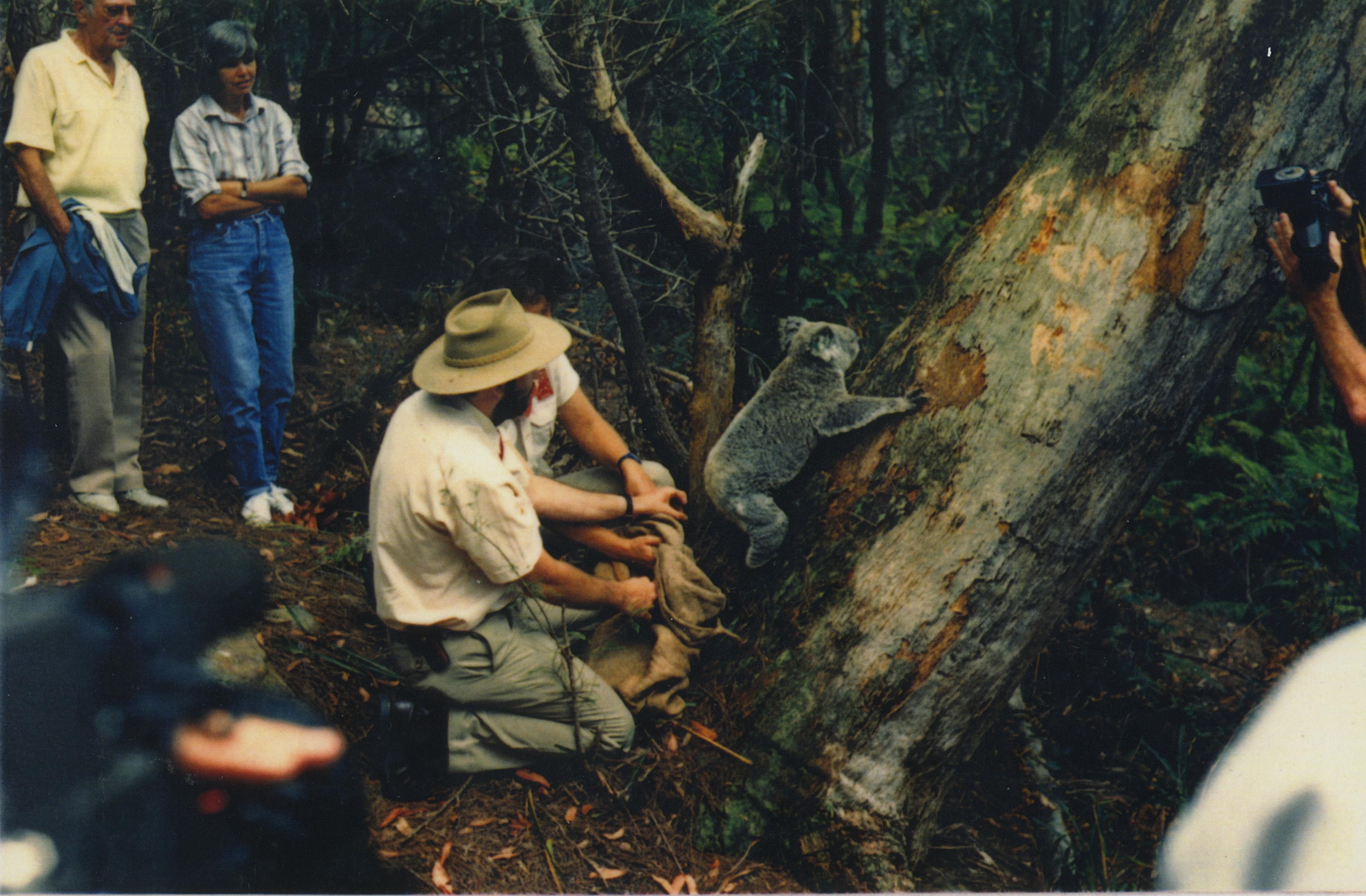
The release of an 8 years old female back into Angophora Reserve after she had been bombarded by magpies. Taronga Zoo picked her up and nursed her back to health before the release on November 5th, 1989. Doug Bladen and Marita Macrae are in the background representing the Avalon Preservation Trust (now APA). Photo by Geoff Searl OAM
Previously an Angophora Reserve and Hudson Park Management Committee aided in the management of the reserve. Following the creation of the Pittwater Council, the Pittwater Reserves and Bushland Management Committee replaced this function.
Today, the Angophora Reserve volunteer bush care group meet on the 3rd Sunday of each month usually at the Palmgrove Road entrance.
Below run some photographs taken over the years by this news service - a pictorial celebration of one of our older and special reserves. The route taken to get these was from the Palmgrove entrance to the Clareville end exit.
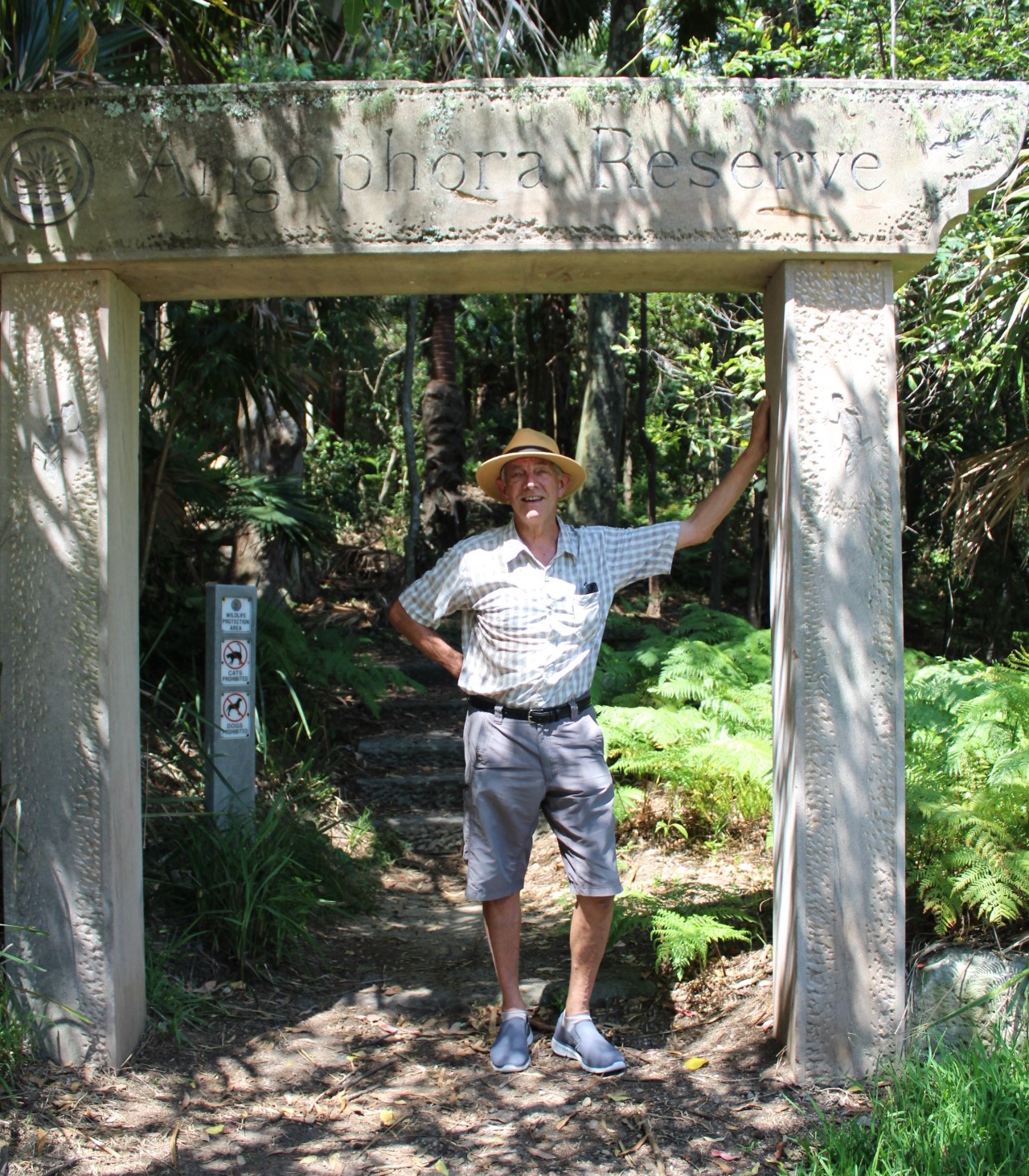
Geoff at Angophora Reserve - January, 2019
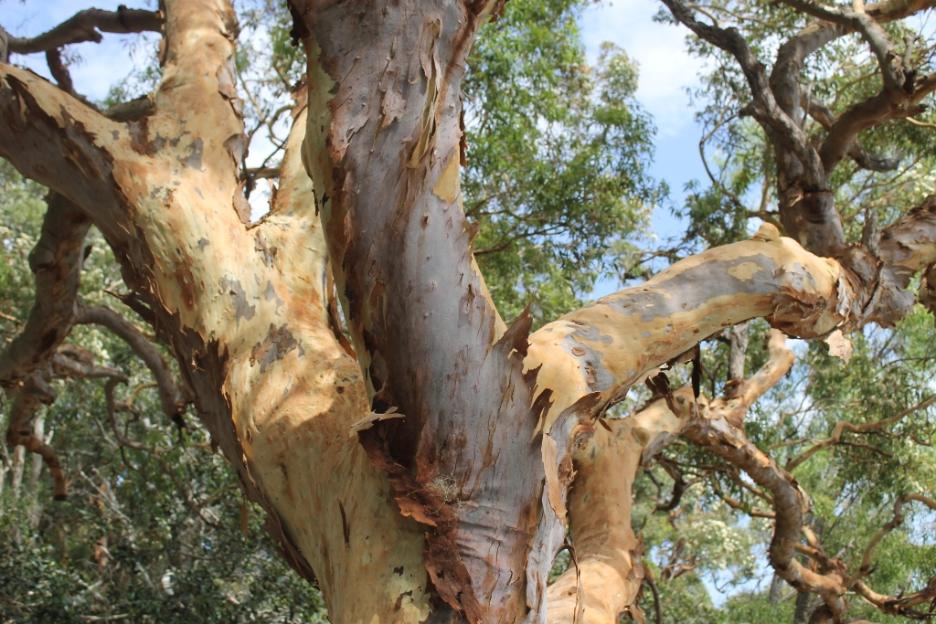
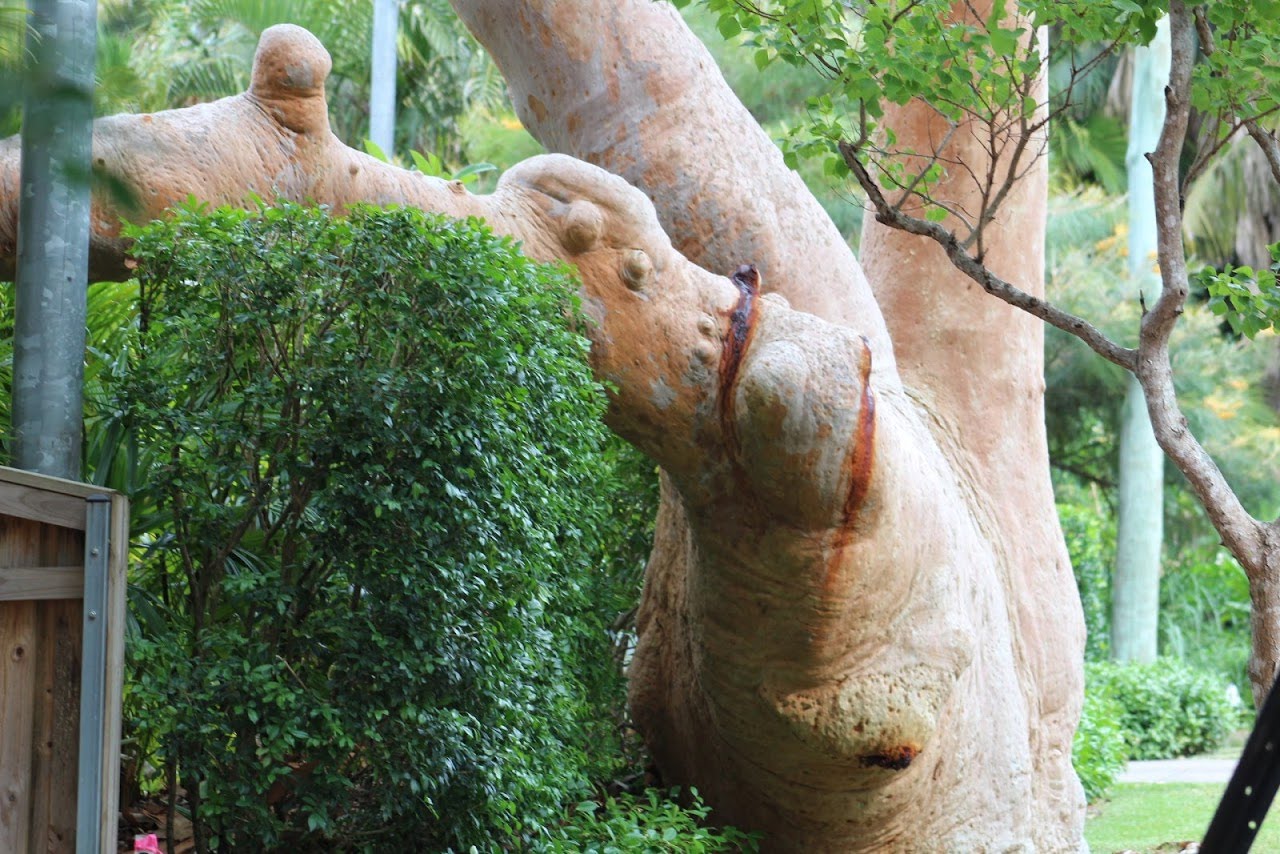
.jpg?timestamp=1679635455680)
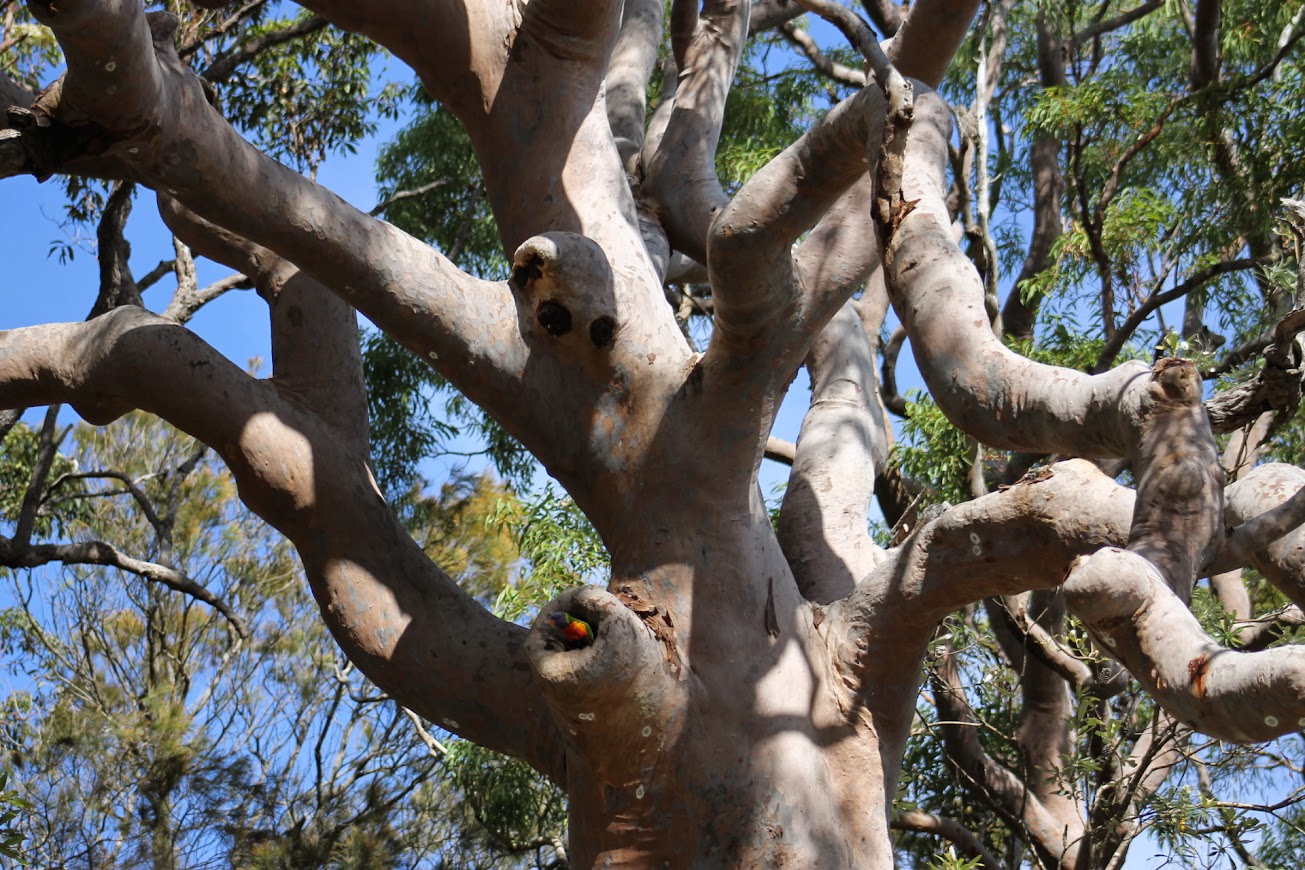
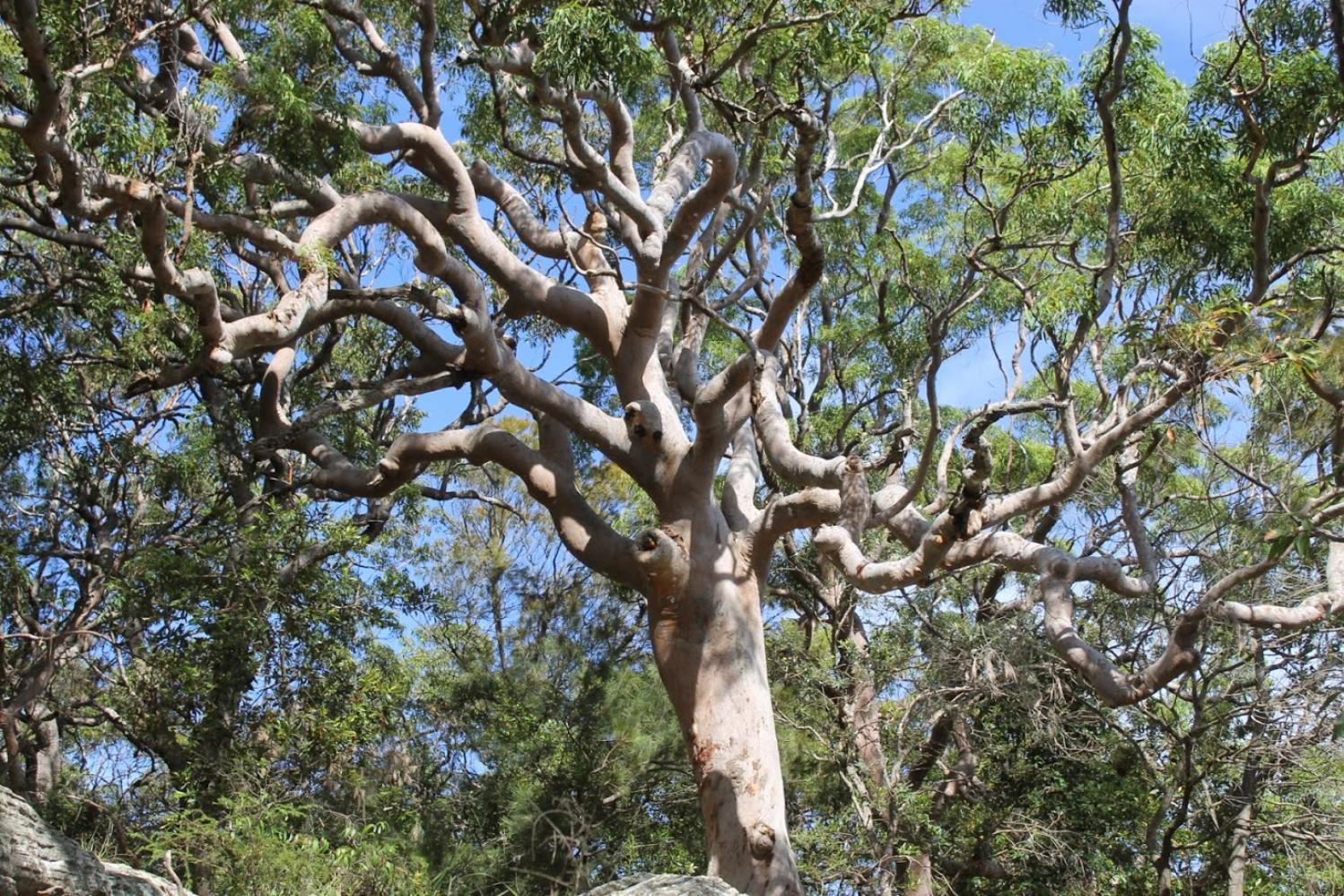
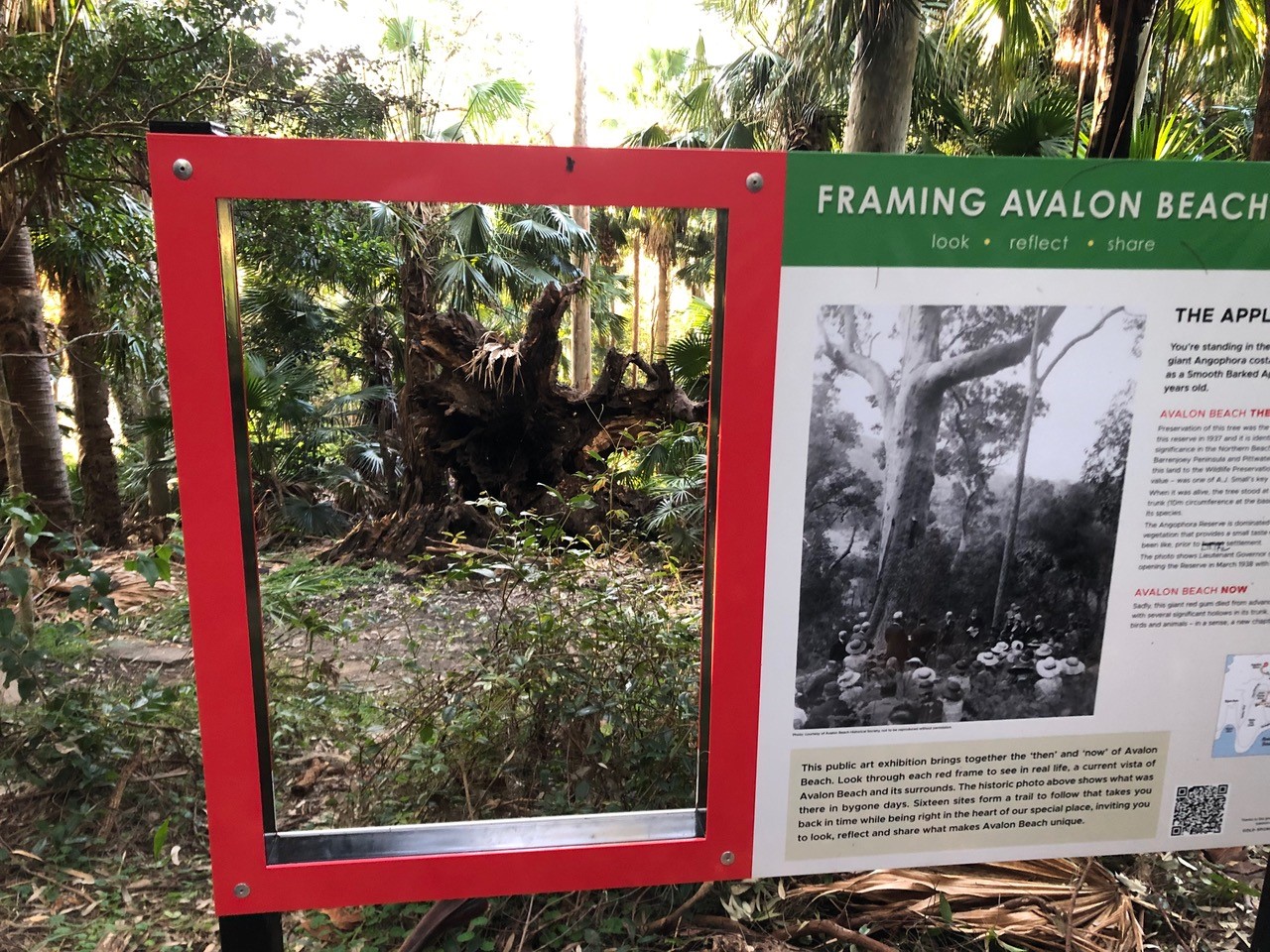
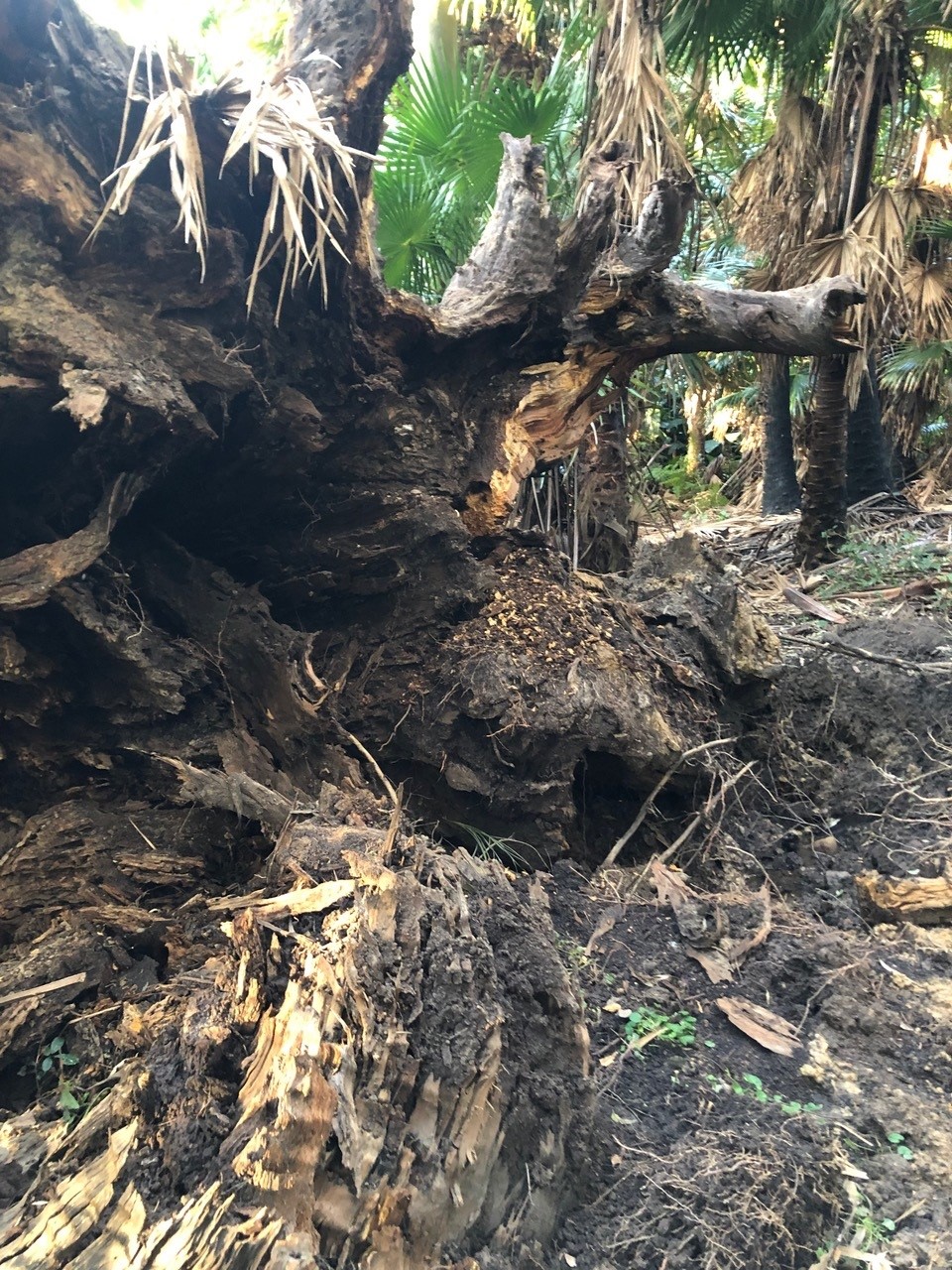
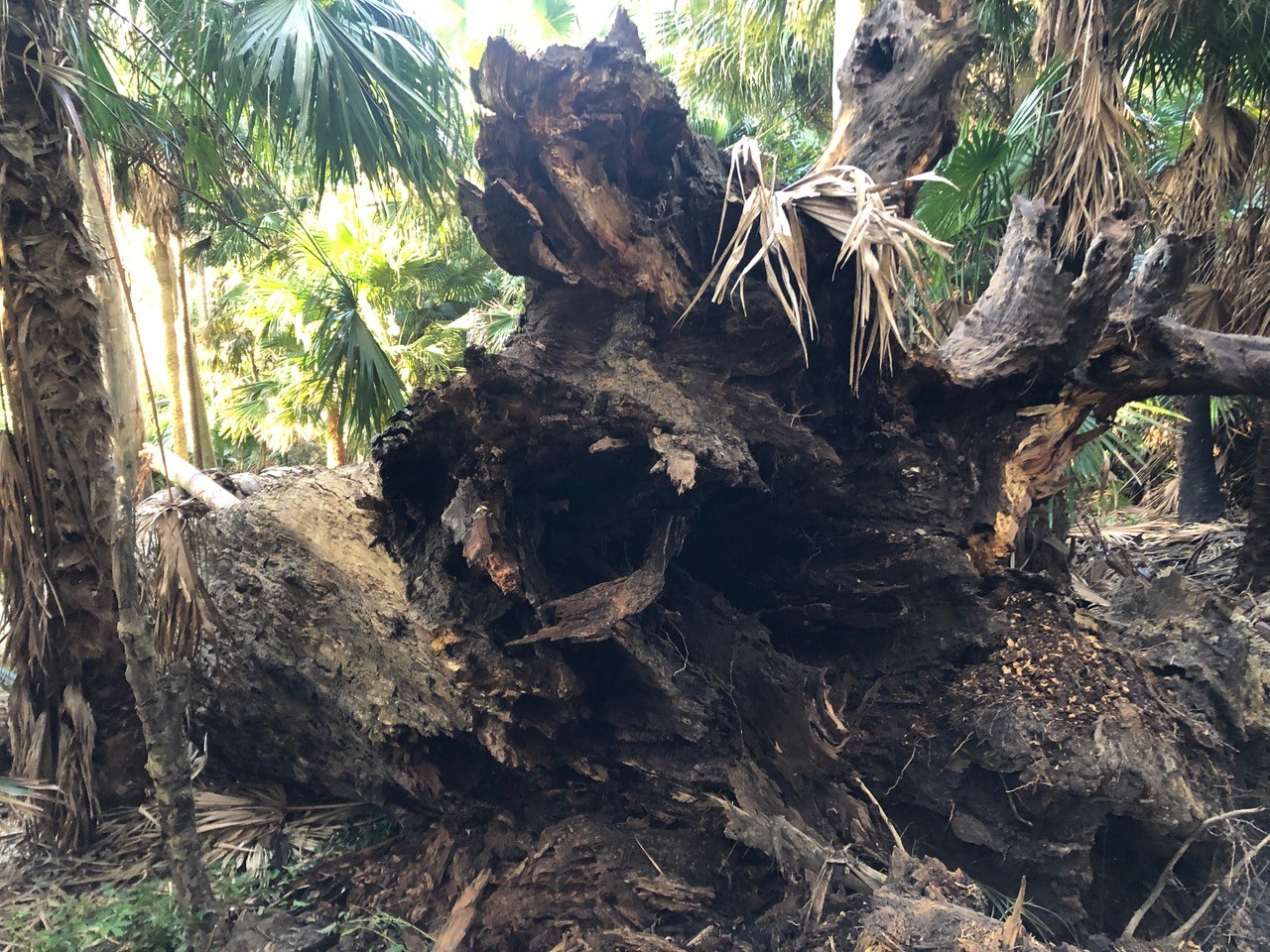
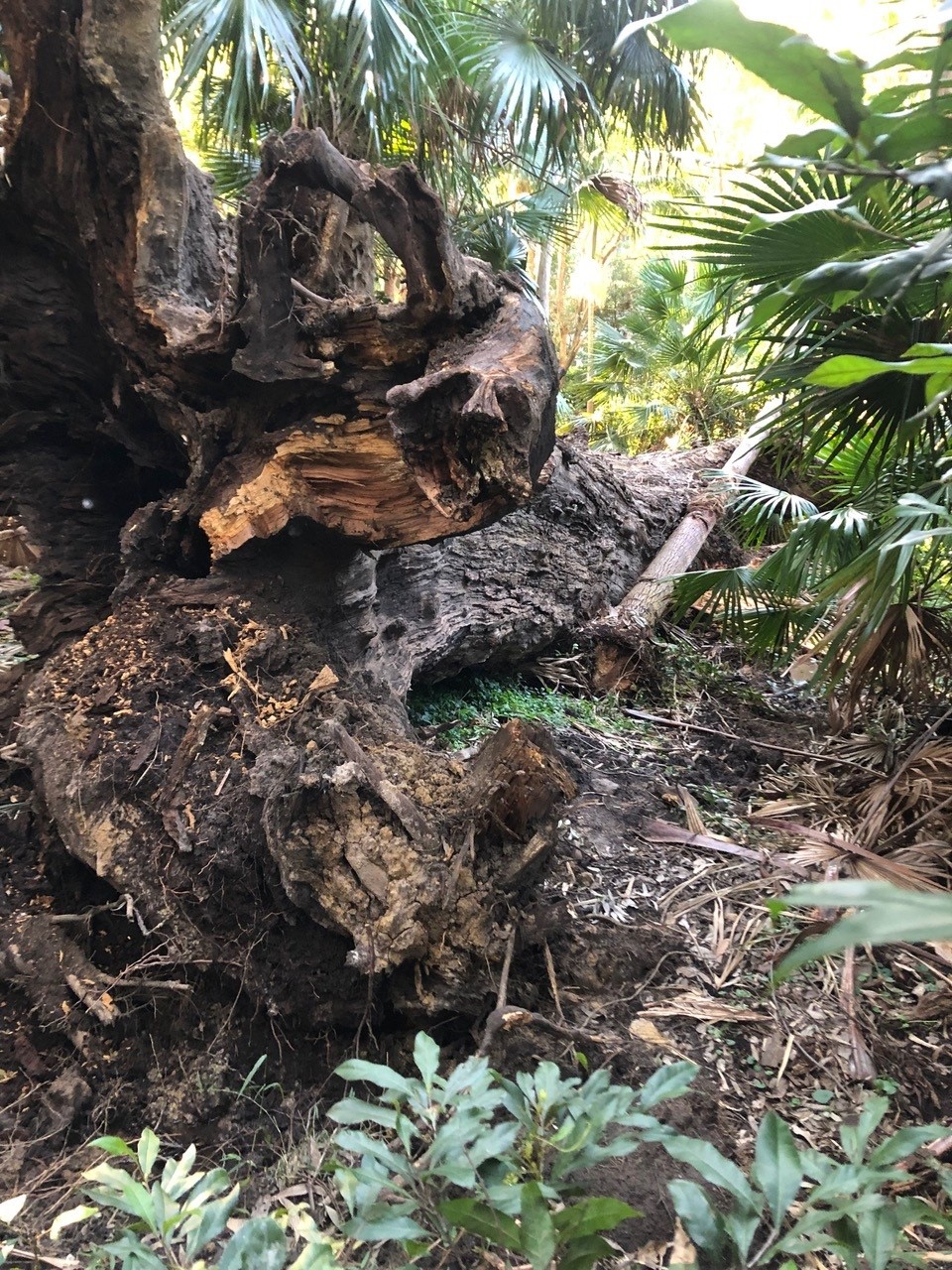
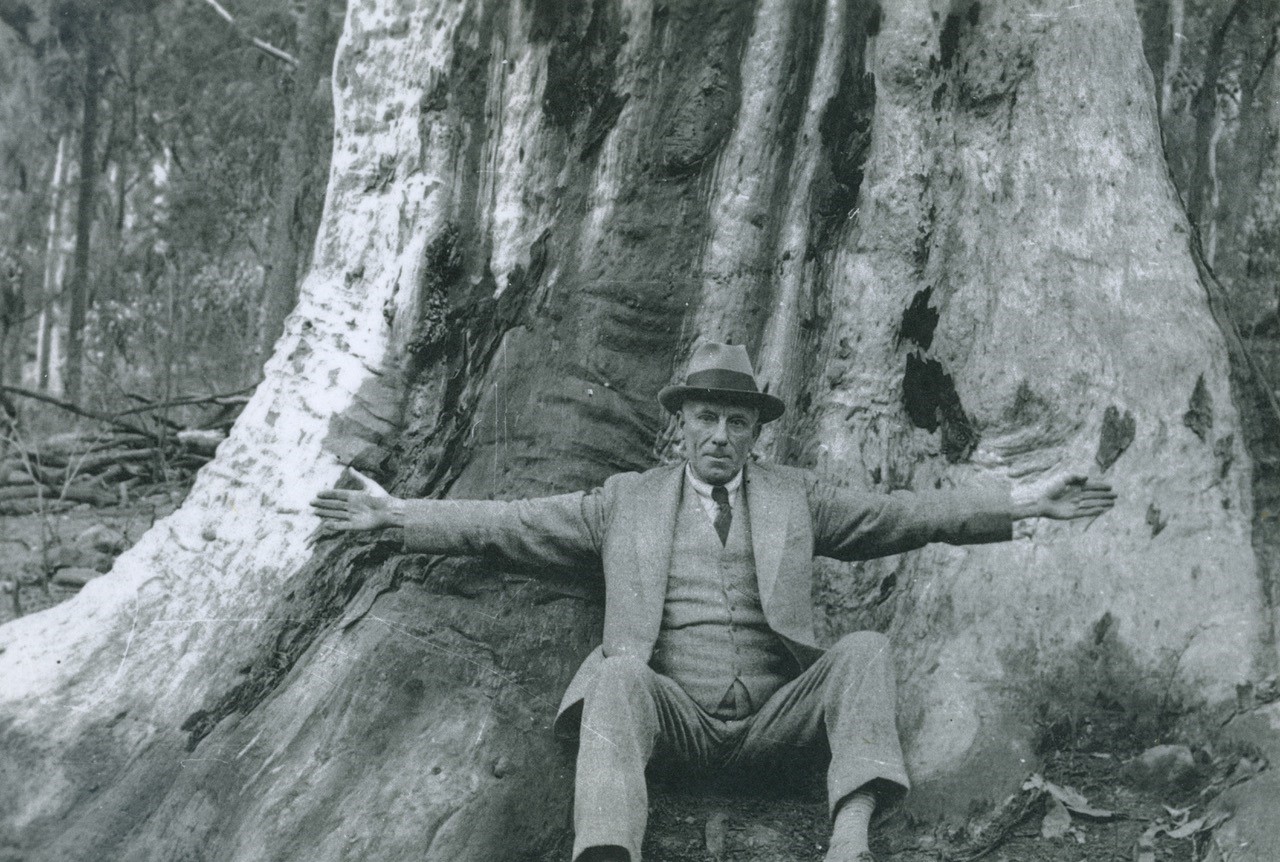
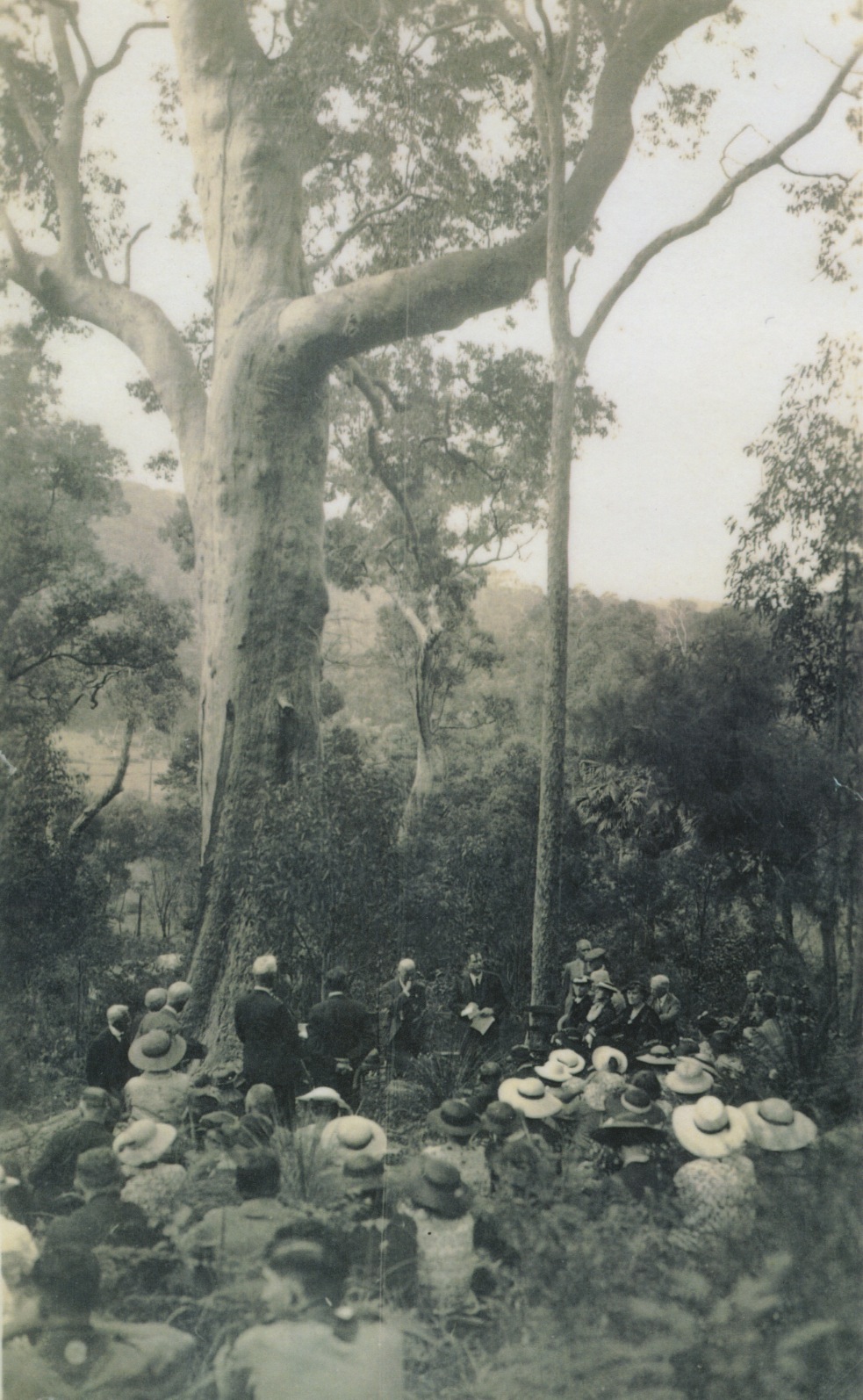
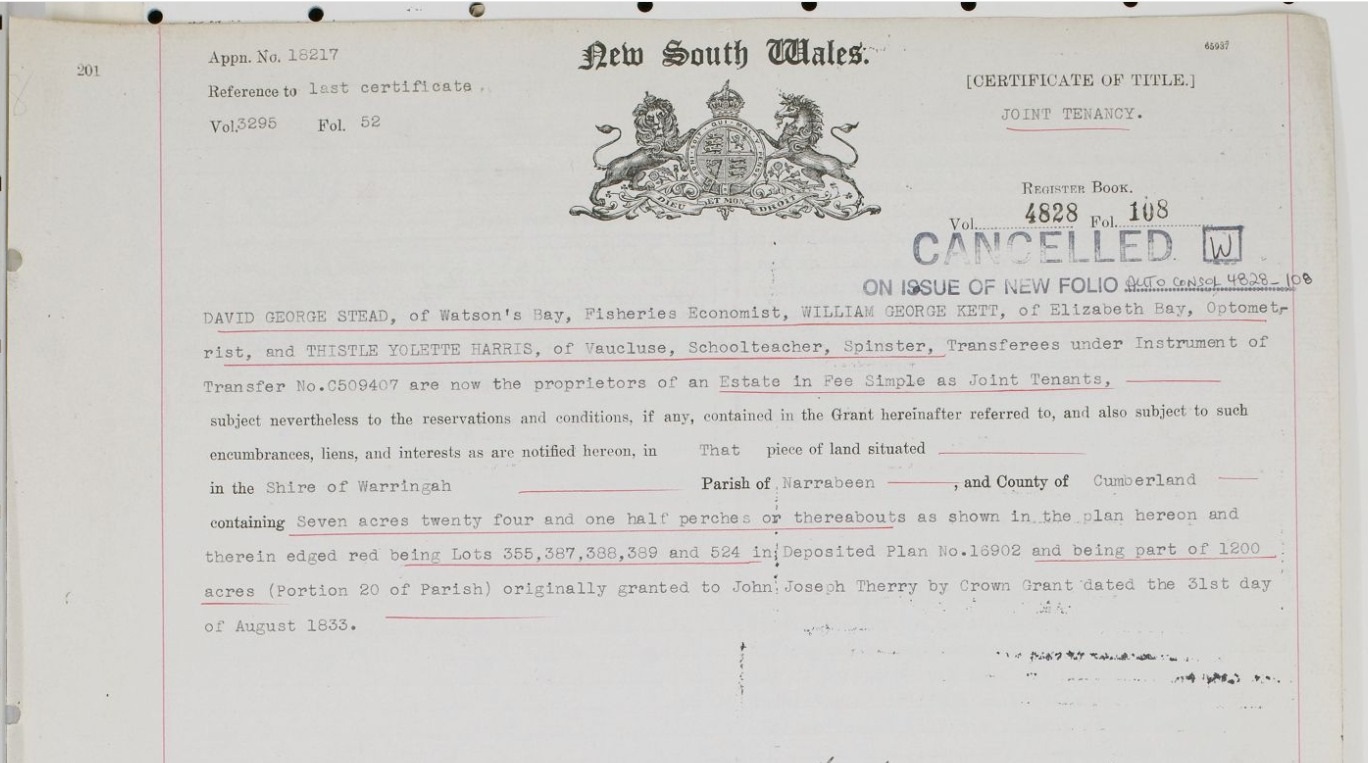
%20Vol%20Fol%204828-108.png?timestamp=1659822451523)
%20Vol%20Fol%204828-108.jpg?timestamp=1659822727993)
%20Vol%20Fol%204828-108.jpg?timestamp=1659822927794)
%20Vol%20Fol%204828-108.jpg?timestamp=1659822952409)
